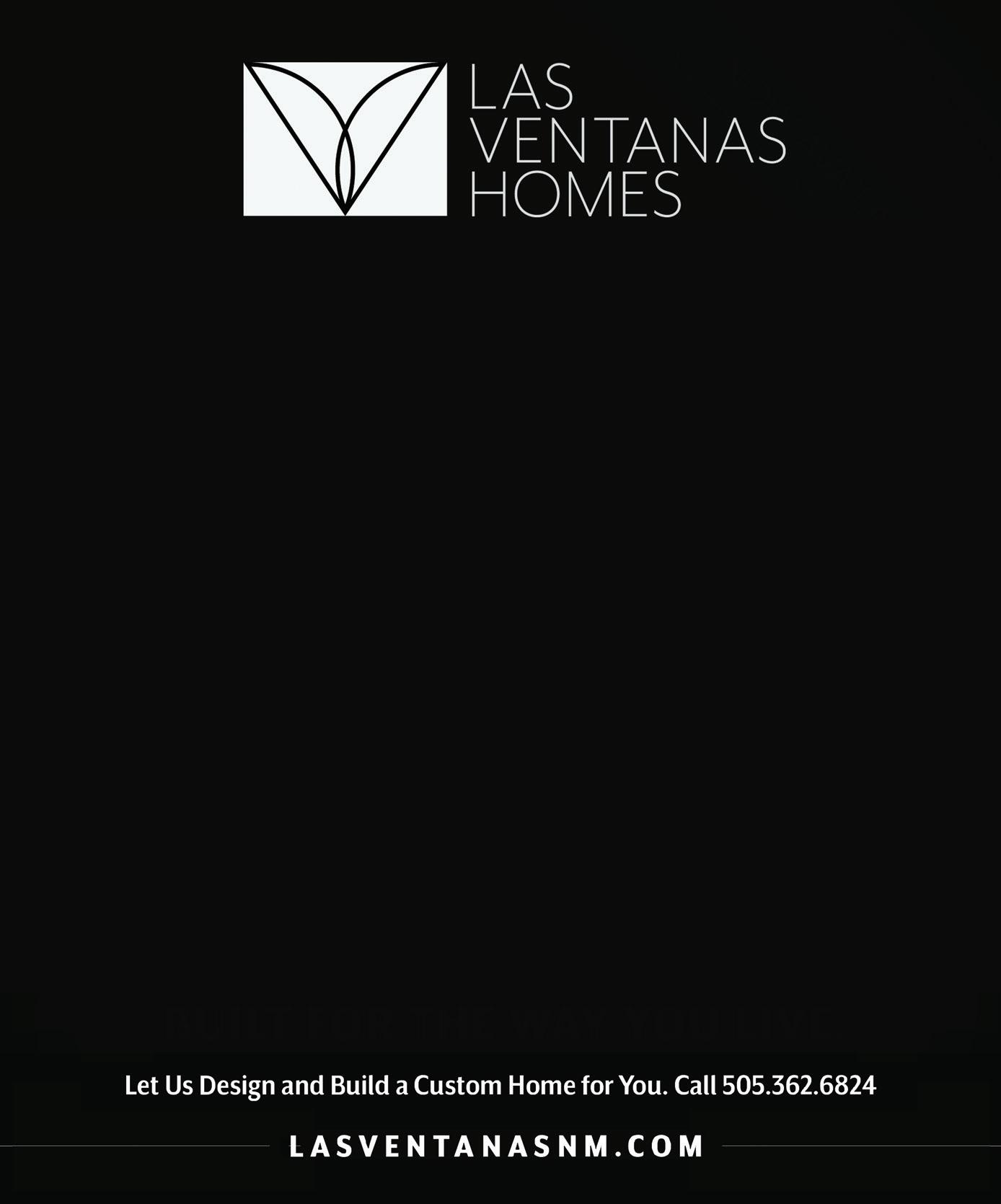Southwest Homes kitchens crafted to cook
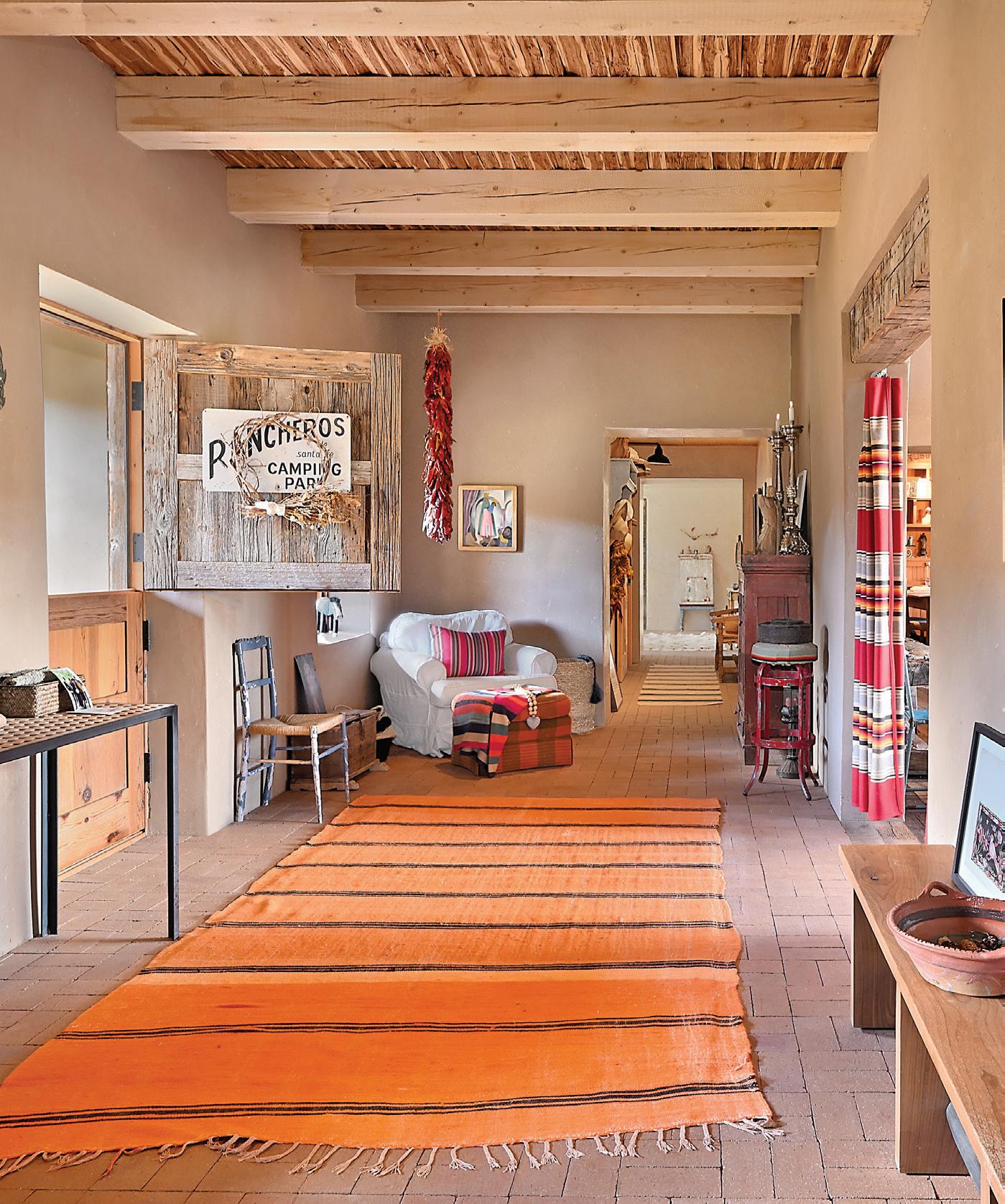
inspiration ideas resources

Southwest Homes kitchens crafted to cook

inspiration ideas resources
an eclectic reflection of a beloved childhood the swan song a finally realized forever home
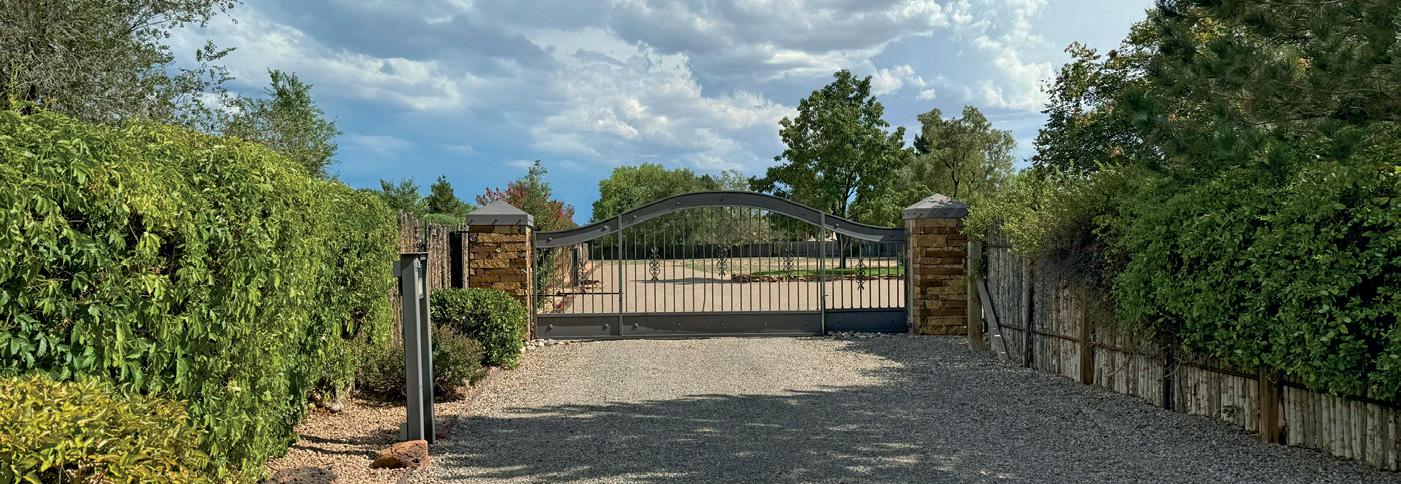

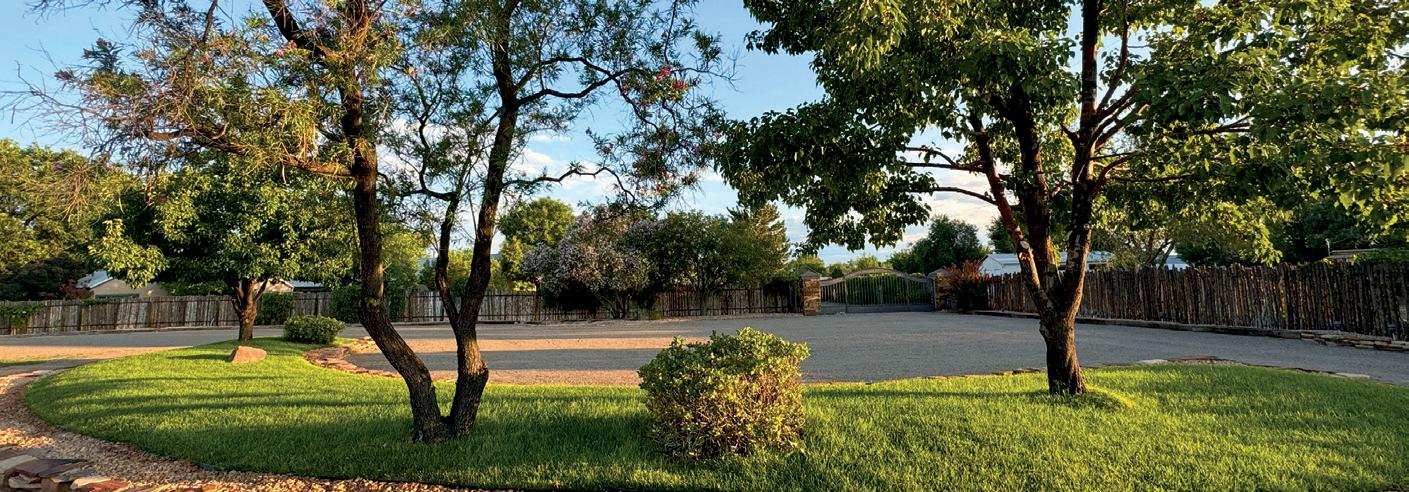
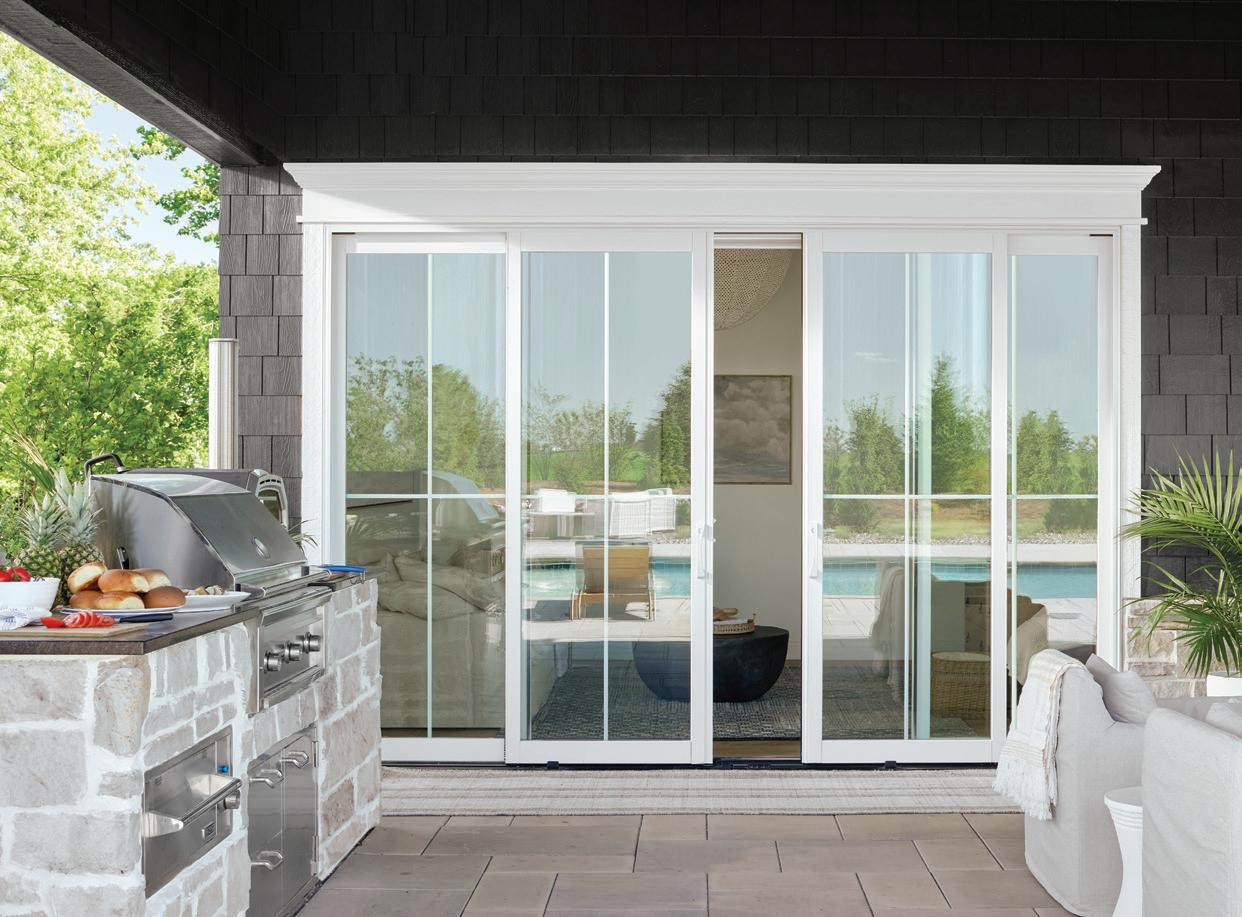
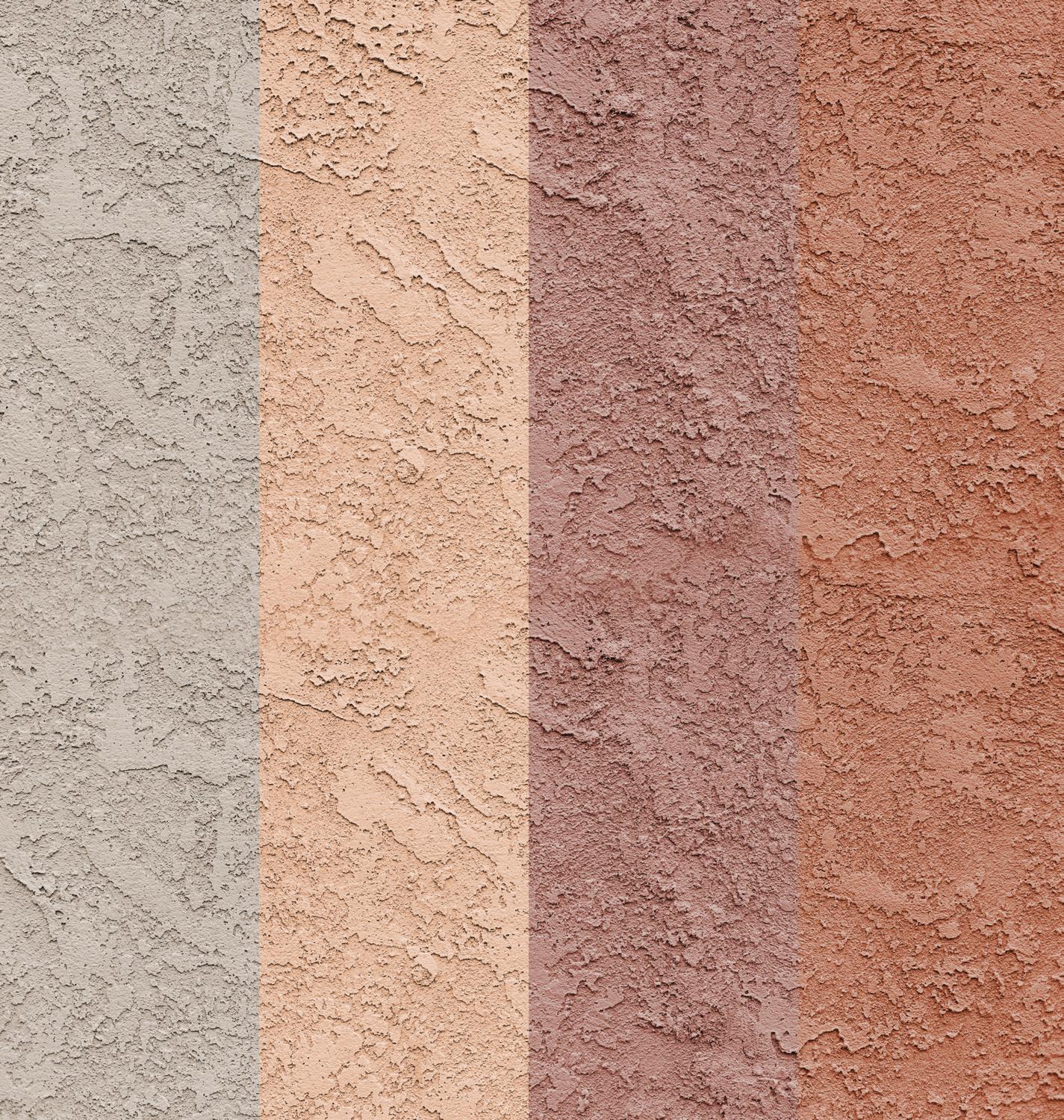



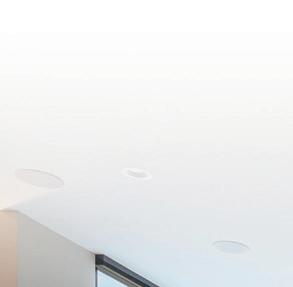



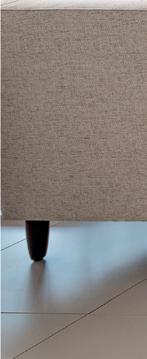



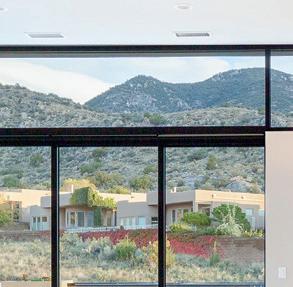

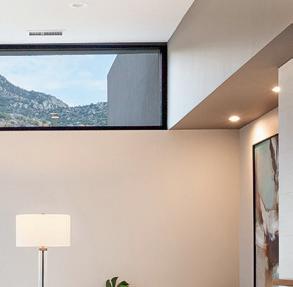
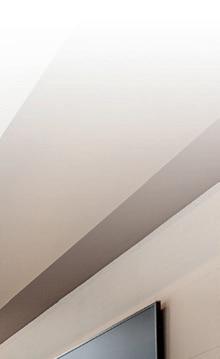





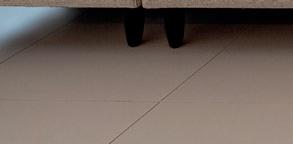


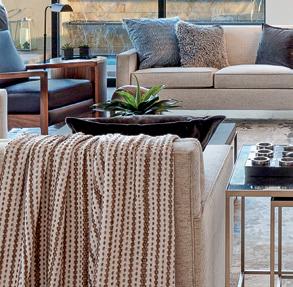
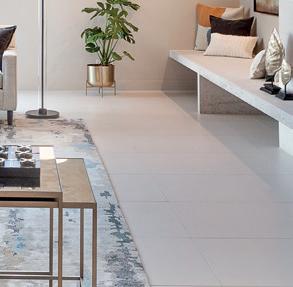
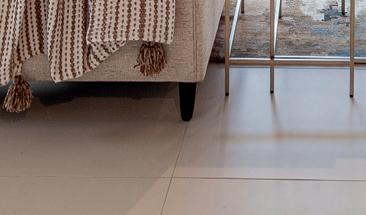
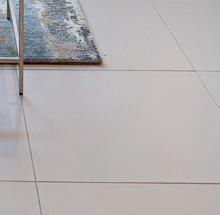






Pursue Your Happiness



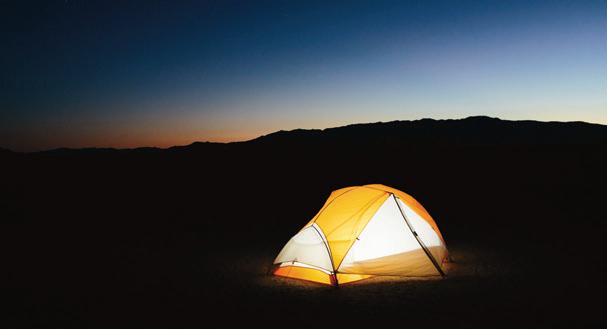

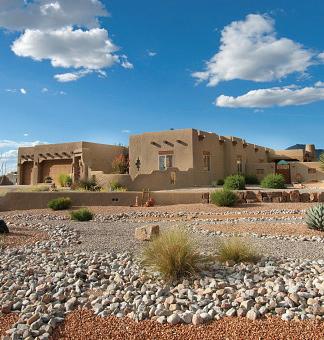






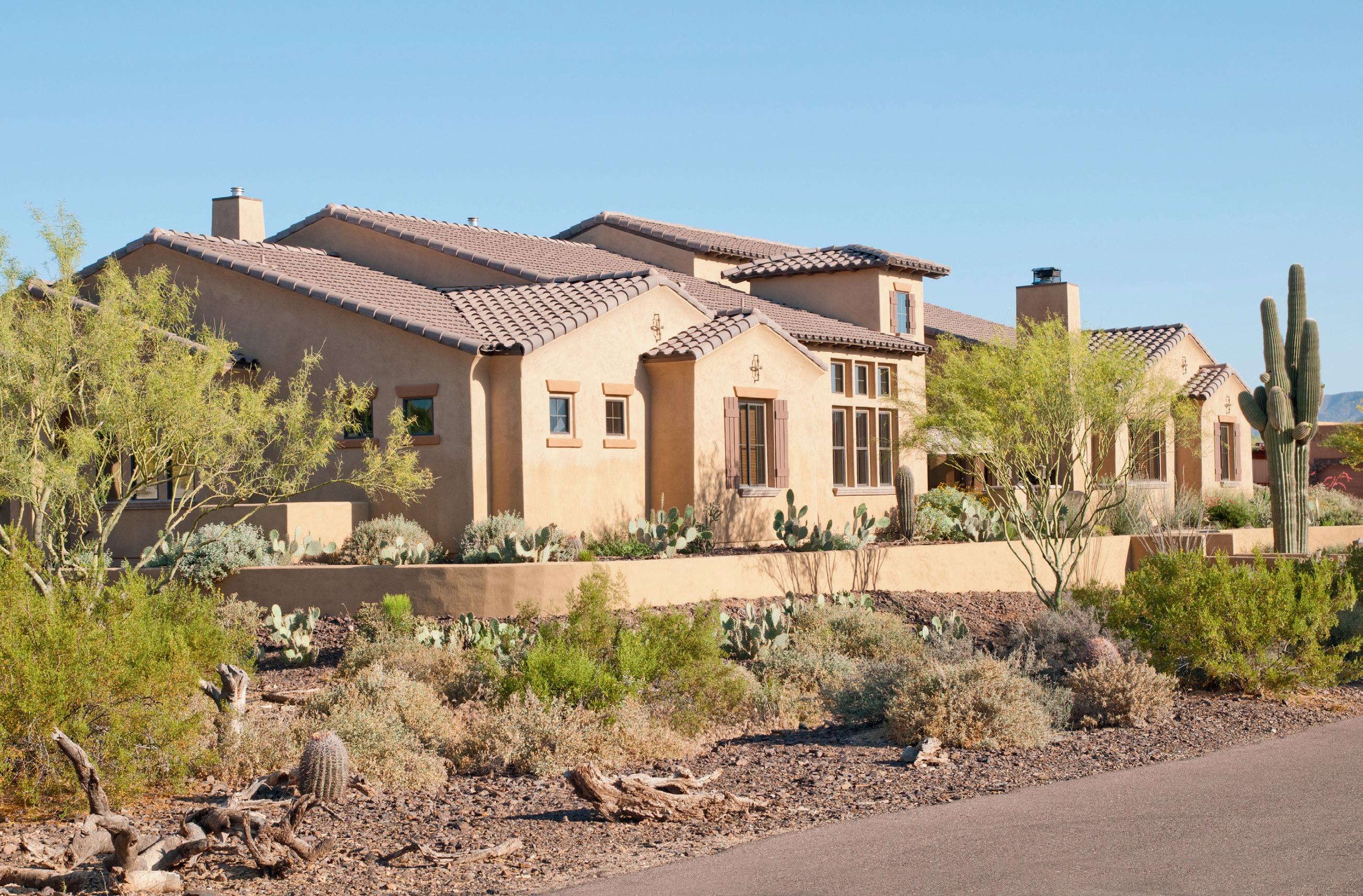



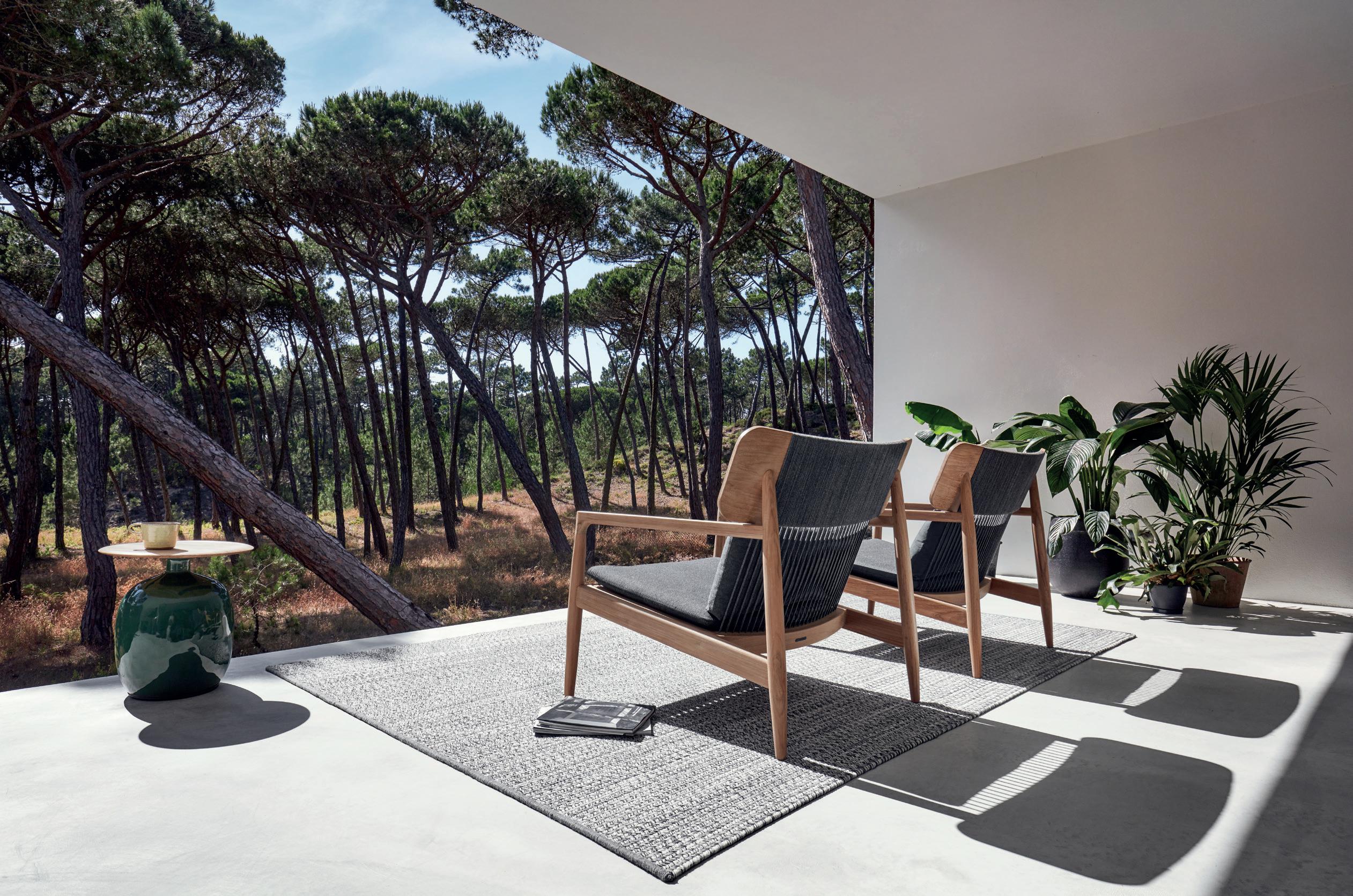

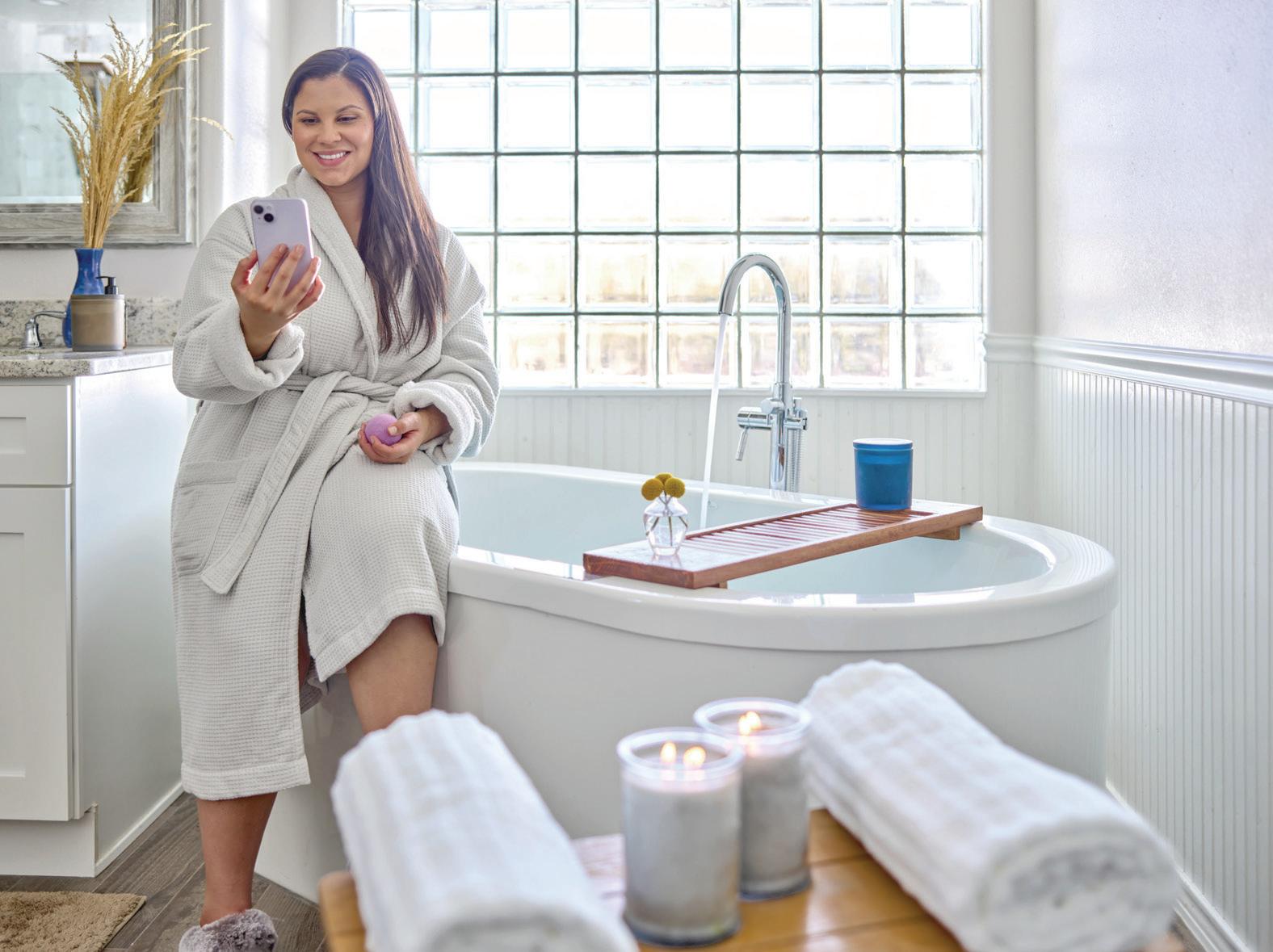



Rachael



Jill
505-280-5146


























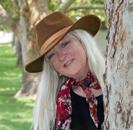





















Peggy and Tim Wheeler, CRS
505.450.5211 peggy@peggywheelerteam.com

Jennifer Graham 505.489.4936 jgraham6190@gmail.com


Tamara Groves 505.350.3977 tamaragrovesnmhomes@gmail.com

Charlotte Boyer, CRS 505.306.3488 char@charlotteboyer.com

Linda E. Malott

Linda Coy, CRS 505.259.7477 lindacoy.alamedar1@gmail.com

Stevey Ray Gurule 505.615.4391 steveyrayrealty@gmail.com

Debbie Baca Shrock

Maria M. Constantine 505.903.0667 maria.newmexicohomes@gmail.com

Candice Banks 505.350.3188 candice@banksrealtynm.com

Edmund Ford

Dee Rasberry, QB
505.269.1505 dee@deerealtor.com

Carmenza Duque 505.507.9496 carmenzasellsabq@gmail.com

Stephanie Walter 505.385.4283 stephwalter@msn.com Cramer
505.507.2459 linda@lindamalott.com
505.814.3500 debbie@debbiebaca.com

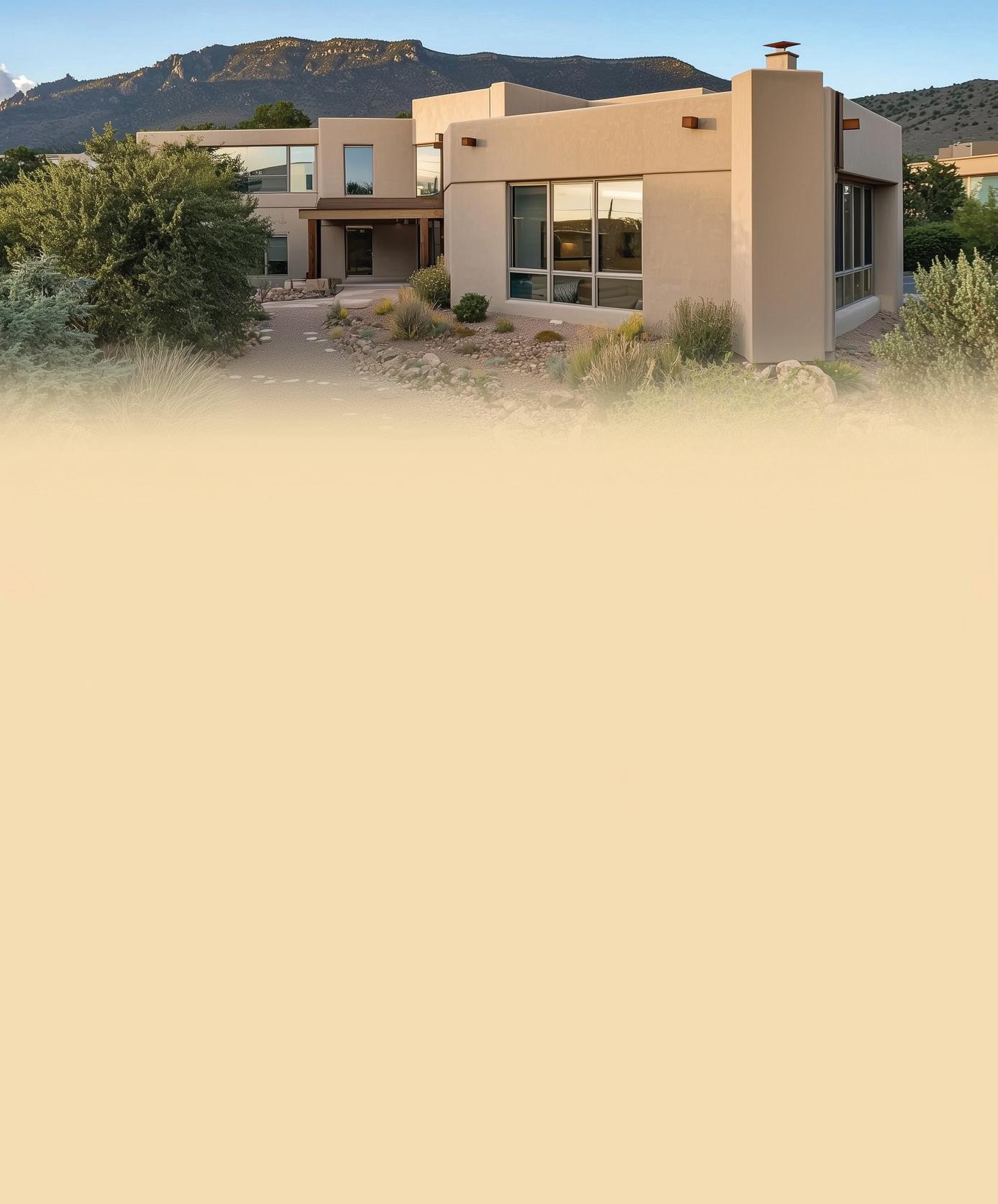
505.730.7069 edmund.ford.abq@gmail.com
505.554.8318 cramercollc@gmail.com






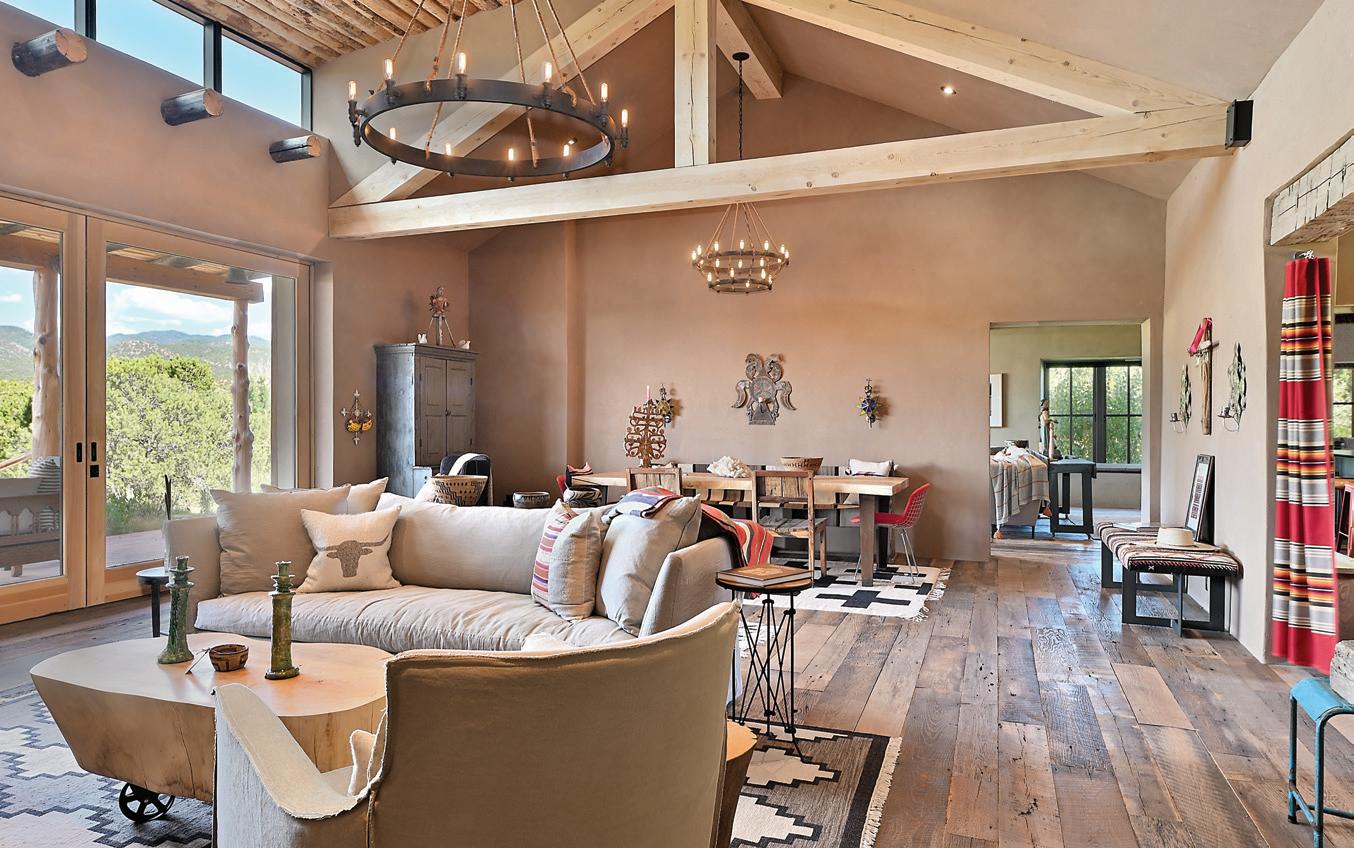
44 The Swan Song
After more than two decades working for other people, a husband and wife building team create one final custom home—for themselves.
56 Curating Memories
A Tesuque adobe home comingles reflections of a California childhood with striking Santa Fe craftsmanship. SPECIAL SECTION
32 Crafted to Cook
Step inside seven local kitchens for design inspiration. Designers and builders embrace locality, buck trends and highlight modern materials, giving each kitchen its own unique personality.
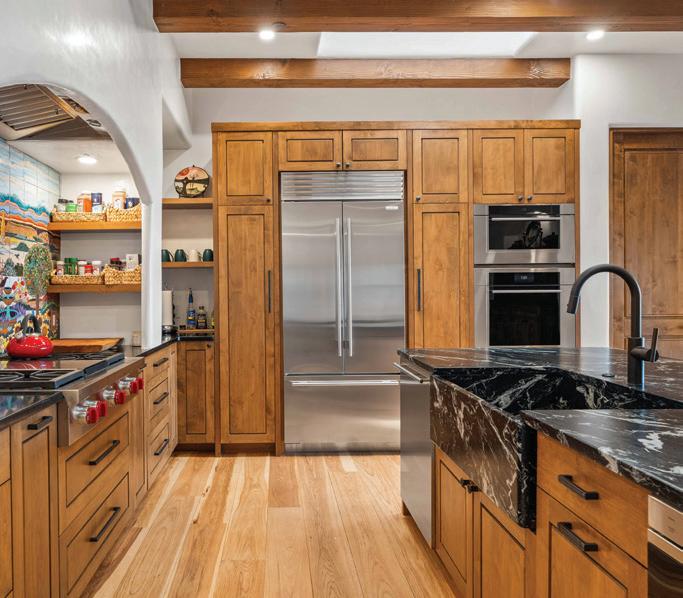

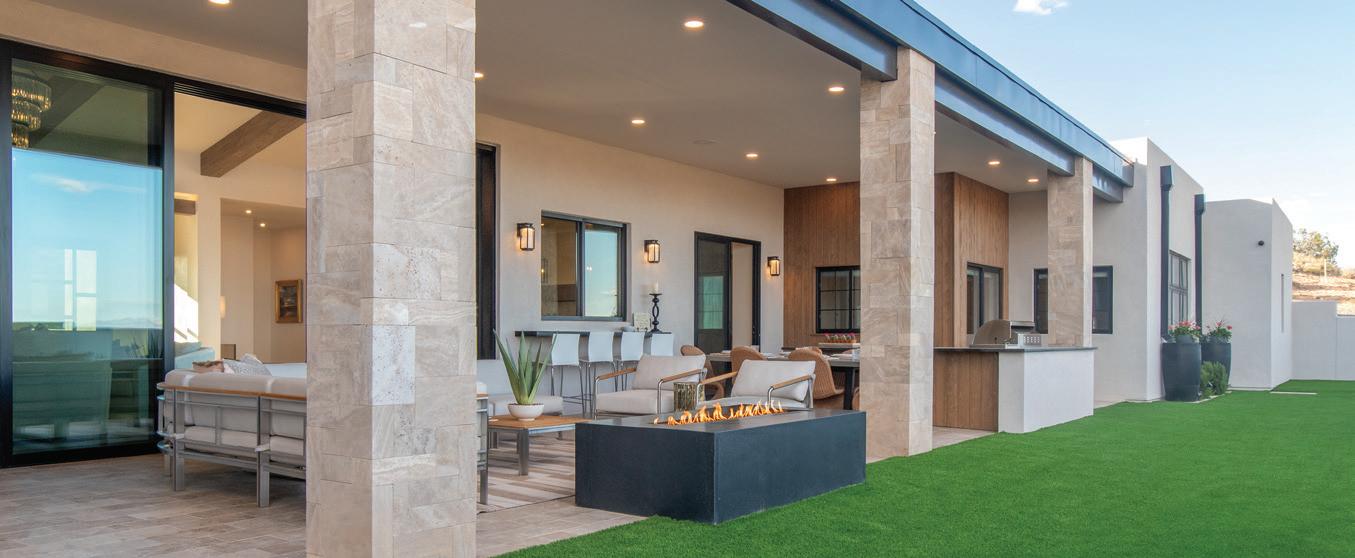
22 Inside Su Casa
26 Life+Style Southwest
Give your garden a glow-up by designing it around a distinct color palette for maximum impact. Concrete is not just for sidewalks—it’s taking the decor world by storm. Beat the elements with the perfect roof style for your home’s design and location.
66 Design Studio
Vastu Shastra’s design principles can bring harmony to your home. We share tips from a local expert in the field. Outdoor furniture is no small investment, so use these ideas for choosing wisely and keeping it in tip-top shape.
74 Vida Buena
Take a trip to stunning Crested Butte—dubbed the Wildflower Capital of Colorado and for good reason. Don’t forget your camera! Closer to home, spend an afternoon strolling the galleries of the Lapis Room for beautiful local artwork and gifts.
80 Su Cocina
Santa Fe’s The Pink Adobe leans into its history by embracing a tasty amalgamation of Cajun and New Mexican dishes.
84 ¡ Salud!
Don’t let summer’s heat deplete you. Set up an at-home hydration station to fuel your energy, sharpen your focus, keep your muscles performing and more.
90 Su Libro
Be inspired to pause and enjoy life and your home with “The Slow Down: For the Love of Home” by Leanne Ford. And learn ways to turn off the tap with “The Water-Smart Garden” by Noelle Johnson.










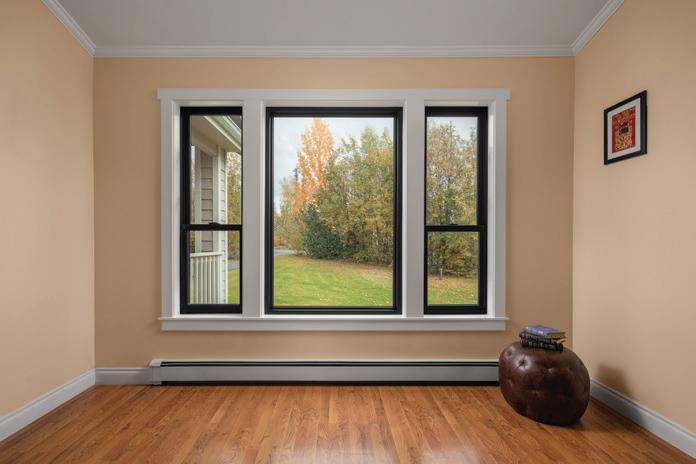


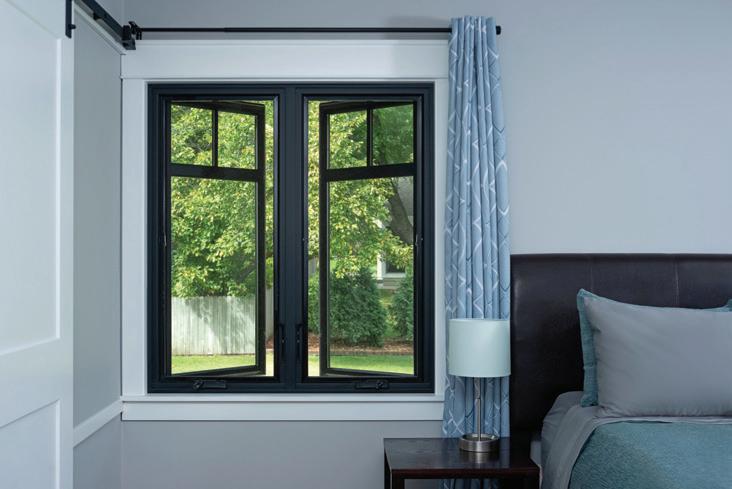
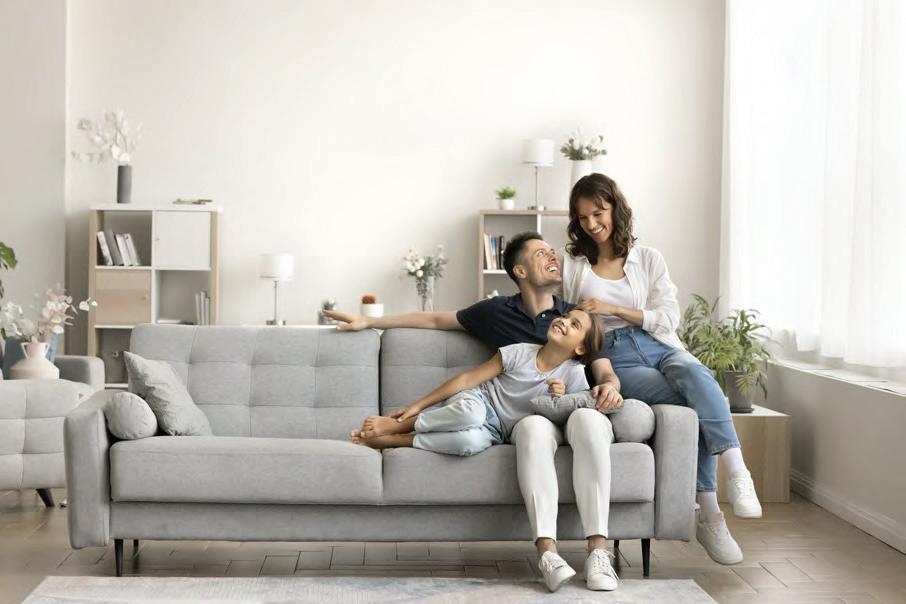
Publisher
Publication
Editor
Creative
Contributors
Paula
Heather
Lexi


Photographers




Advertising



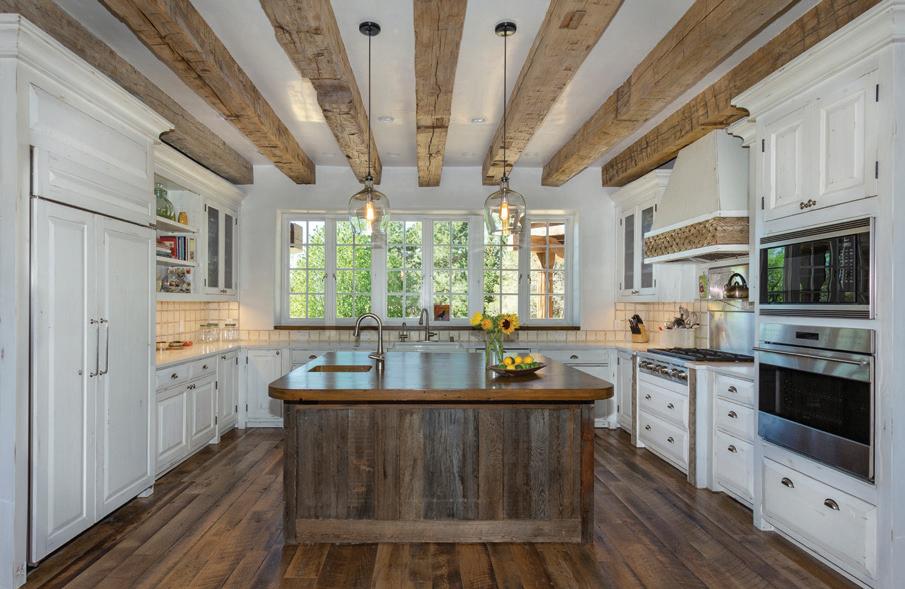
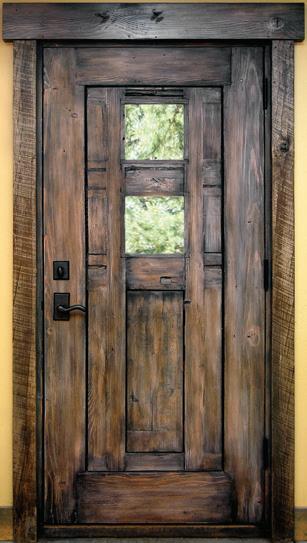
Home Builders Association of Central New Mexico Board of Directors
President: JP Rael
First Vice President: Kevin Vautier
Second Vice President: Troy Crutchfield
Immediate Past President: Ashley Lawrence
Associate Vice President: Rita Powers
Secretary/Treasurer: Yvette Klinkmann
Associate-at-Large: Al Baca
Production Builders Council Chair: Joseph Cordero
Sales & Marketing Council Chair: Jolene Montoya
Membership Committee Chair: Andrea Kelley
Green Build Council/Builders Council Chair: Mike Gorenflo
Custom Builder Council Chair: Richard Medina
Parade Chair: Gloria Furru
Builder-at-Large: Adam Romero
Advisory Members: Joe Rogillio, Diana Lucero, Danielle Fleming, Wade Messenger
Honorary Member: Dr. Susan Bogus Halter
Home Builders Association of Central New Mexico Staff
Executive Vice President: Lana Smiddle
Events & Education Director: Jill Krogman
Communication & Membership Specialist: Joseph Moreno
Correction: In our spring issue, we misspelled Nicole Kapnison in the Heart and Soul article on page 96. Our apologies for the error.
award

Copyright © 2025 by Su Casa Magazine.
Number Nine Media, Inc. 7777 Jefferson NE Albuquerque, NM 87109 (505) 344-1783
Please direct editorial queries to editor@sucasamagazine.com
Su Casa’s cover and text are printed by Publication Printers in Denver, Colorado.





Welcome to the Summer Issue of Su Casa
Long days, golden light and cool drinks on the patio—summer in New Mexico is here, and we’re leaning in. In this issue of Su Casa, we’re celebrating the season with inspiration for living beautifully both indoors and out.
For your outdoor spaces, we’ve gathered ideas to elevate your garden and yard with a perfectly planned plant palette. It’s all about creating an aesthetic for your gardens just like you do for your home’s interior. When it comes to your outdoor furnishings, we’ve got great solutions for selecting quality furniture designed to last and tips for keeping it clean and in tip-top shape for summer and every season. Additionally, we explore roofing types so you can choose what’s right for your home.
Concrete is cool, and our product selections demonstrate the ways concrete is mainstream in decor and design. We introduce you to a design philosophy you might not have heard of before: Vastu Shastra. The Indian design practice aims to harmonize architectural spaces with the natural energies of earth, water, fire, air and space.
This issue’s featured homes are a study in contrasts. One, an elegant home that features timeless architectural details and demure decor with punches of bold style in the statement lighting and artful tile, plus an homage to one homeowner’s family ranch. The other home is an adobe-meets-rustic farmhouse brimming with eclectic furnishings, artwork and culturally inspired accessories, all in a patchwork of bright colors and graphic patterns. You don’t want to miss either of these truly one-of-a-kind homes!
We’re also taking you inside seven standout kitchens, each with its own defined style. Some timeless, others trend-forward—but all balance beauty, function and personality.
Feeling hungry? We’re spotlighting The Pink Adobe in Santa Fe, a beloved favorite where the architecture and decor are as memorable as the food. Plus, it’s got a long, rich history you’ll enjoy uncovering. You might want to escape the summer heat with a trip to the high country to witness the explosion of florals in the Wildflower Capital of Colorado, Crested Butte.
You’ll uncover even more informative content in this issue. We hope it inspires you to savor every sunny moment indoors and out.
William P. Lang Publisher

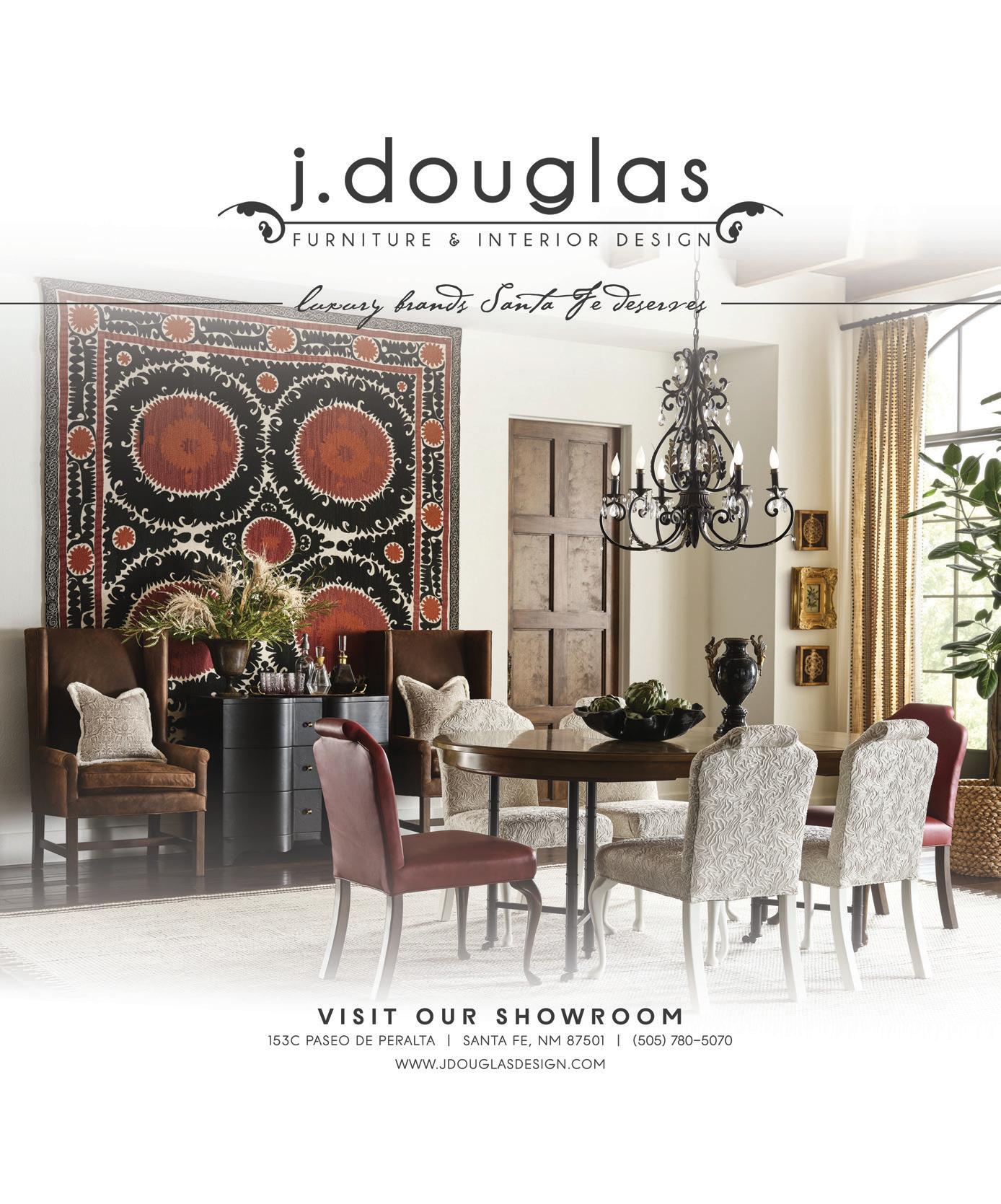




by Kristen West

NEW MEXICO’S CLIMATE PRESENTS a unique opportunity to showcase a beautiful garden that bursts with color while thriving in arid conditions. Choosing the right plants can feel overwhelming, but with thoughtful planning and a deliberate color palette, you can design a garden with a unified blend rather than a mismatched patchwork of flowers.
The first step begins with deciding what kind of visual vibe you’re after, says Kyleigh Serna, the purchasing specialist at Plant World in Albuquerque. Monochromatic gardens evoke a sense of serenity and sophistication with similar hues, while a rainbow-inspired palette creates a bolder, more energetic display.
It’s also important to consider sun exposure because not all plants have the same exposure needs. “See if your garden gets full or partial sun or is in total shade, and then look for flowers that thrive in that environment,” Serna says.
For a summer, sunny garden, purple is a popular choice because many native plants naturally bloom in rich violet and lavender
Picking your color palette
Rainbow
Joseph’s Coat rose
Rudy’s Rainbow buddleia
Coneflowers
Kaleidoscope abelia
Zinnias
Foliage
Kaleidoscope abelia
Ajuga
Heuchera
Artemisia
Lamb’s ear
Yellows & Oranges
Blanket flower
Daylilies
California poppy
Coreopsis
Butterfly weed
Zinnias
Rocky Mountain penstemon
Desert four o’clock
Lavender
Autumn sage
Ajuga
Heuchera
Russian sage
Blue flax
Mister Lincoln hybrid tea rose
Coneflowers
Petunias
Rose of Sharon
Beardtongue
Red yucca
Coral bells
hues. Rocky Mountain penstemon, a sun-loving plant with vibrant blue-purple spikes, attracts hummingbirds and butterflies and offers longlasting color with minimal watering. Pair it with desert four o’clock, known for its magenta, trumpetshaped flowers that bloom in the late afternoon, or for a calming, fragrant touch add lavender.
Coneflowers are another versatile option. Available in a variety of colors, they attract bees, butterflies and songbirds, and can help create height in layered garden beds. Use taller plants or shrubs like the Mister Lincoln hybrid tea rose in the center, surrounded by mid-height flowers like coneflowers and finish with low-growing or spilling blooms like petunias. Choosing varieties in similar hues—reds, pinks and purples, for example—helps reinforce that harmonized look.
For shady beds, heucheras and ajugas are colorful, hardy fillers. Kaleidoscope abelia, with its variegated foliage and white spring flowers, offers multi-season blooms. Combine it with long-blooming daylilies or a rose of Sharon, which produces large, hibiscus-like flowers in late summer. For structure and contrast, intersperse silver-toned plants like silver sage.
If a rainbow-inspired palette is more your style, there are plenty of plants that offer a mix of summer color. The key is to group the plants in intentional color sections, preferably in threes, rather than scattering them randomly. Coneflowers offer multiple color options and are easy to blend across a spectrum, and the Joseph’s Coat rose is great for garden beds with space for a climbing feature.
For smaller beds, the Rudy’s Rainbow buddleia, commonly known as butterfly bush, delivers a big impact with three different bloom colors on a single plant. Incorporate daylilies, Kaleidoscope abelia and rose of Sharon for consistent, colorful blooms throughout the season.
The biggest mistake many gardeners make is underestimating water needs, says Serna. So, when in doubt, water more often. Add a drip irrigation system to create timed watering without excess water waste and use mulch with decomposed granite or organic matter to retain moisture and suppress weeds. When purchasing your plants, read the tags for information on sun exposure and watering needs, and Serna says that it’s helpful to talk to the experts at your local nursery who will have a deeper knowledge. By pairing thoughtful color choices with an awareness of sun exposure, height variation and bloom times, you can create a flower garden that not only survives the desert heat but also flourishes with purpose and personality.
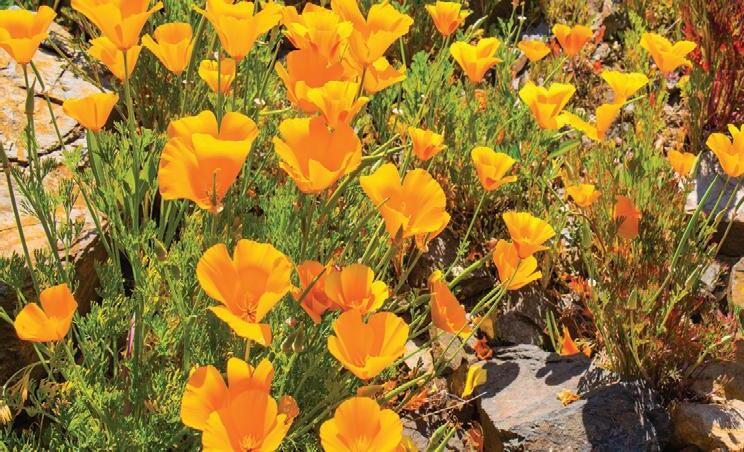




it’s not just for sidewalks and building blocks
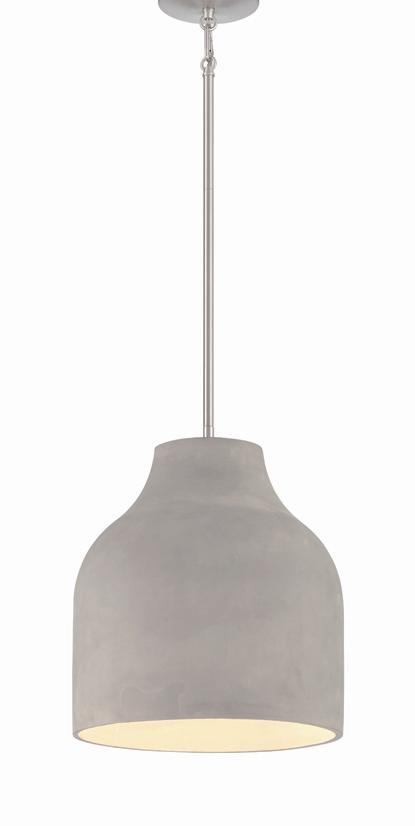


Concrete is extremely functional and aesthetic, and the ever-present material makes interesting decor for indoors or out. 3 1 2 4
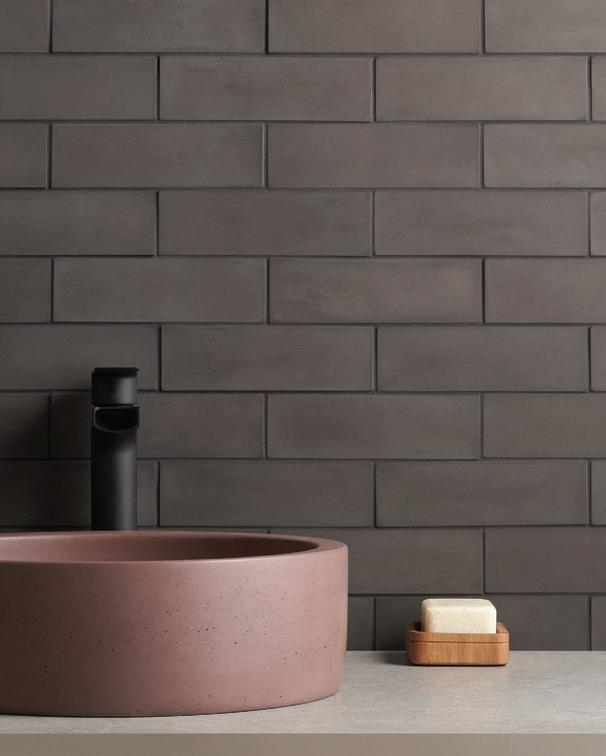


The Sima pendant light is the epitome of modern elegance. This exquisite fixture redefines luxury lighting with its harmonious blend of materials and minimalist design. Its sleek, bell-shaped shade combines high-quality cement and metal and offers a contemporary aesthetic with an industrial edge. This pendant light—perfect for illuminating dining areas, kitchen islands or living spaces—adds refined style to any interior. Sima Pendant from Bright Ideas, Inc., $275, shop.lightingfordesign.com
Transform your backyard hangout spot with this stylish side table. It’s crafted from weather-resistant cement and showcases a contemporary square silhouette in a neutral stone-gray finish. It features UV- and rust-resistance to withstand various conditions, so it’s a stylish addition to your outdoor space. Still, its sophisticated look is also perfect as an indoor side table. Novato Indoor/Outdoor Cement Side Table, $165, wayfair.com
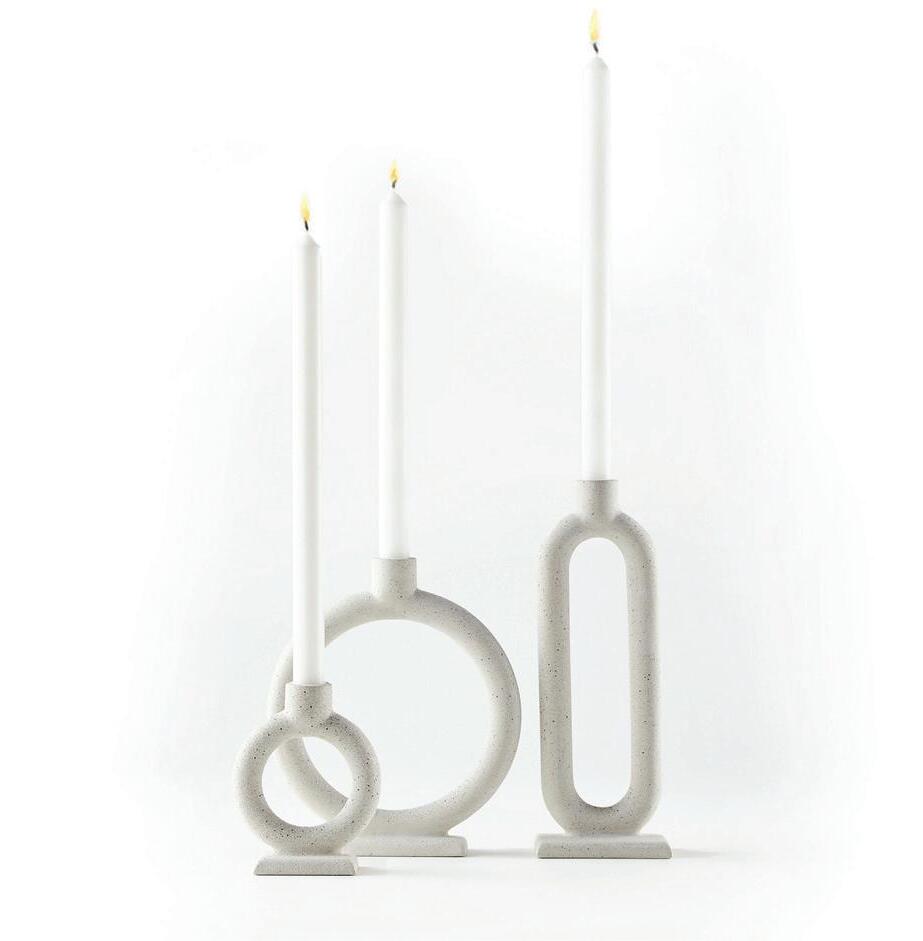
This striking fire pit bowl brings a touch of modern sophistication to your outdoor space. Made from Supercast concrete, the contemporary design features color variations and casual pitting that add to the organic nature of the concrete. It’s the perfect focal point for your outdoor living area. Manual ignition with a batteryoperated sparker is standard, or you can upgrade to an electronic Direct Spark Ignition. The glass wind guard is optional and sold separately. Cove Gas Fire Pit Bowl, The Firebird, $3,699, (wind guard, $449), thefirebird.com
With a stylish, dark gray shade and a matte finish, Color One charcoal 2x8 matte cement tile is a fresh, scaled-down riff on subway tile. The dusky appearance of this tile is only part of its appeal—the process of hand-pouring pigment directly into wet cement results in intriguing surface variations and enhanced shading possibilities. No two nuanced, hand-hewn tiles are perfectly alike. Color One Charcoal Gray 2x8 Matte Cement Tile, $20/sq.ft., tilebar.com
Concrete gives these Lorin candle holders a modern, sculptural presence. The candle holders come in large oval and small and medium circular bases to elevate taper candles in a contemporary style. Subtle texturing gives the look and feel of artisan creations. Grouped together, this set’s three candle holders create a multilevel interplay of intriguing, midcentury-esque shapes. They accommodate standard taper candles (sold separately). Lorin Cement Taper Candle Holders, Set of 3, $90, crateandbarrel.com
by Lexi Marshall
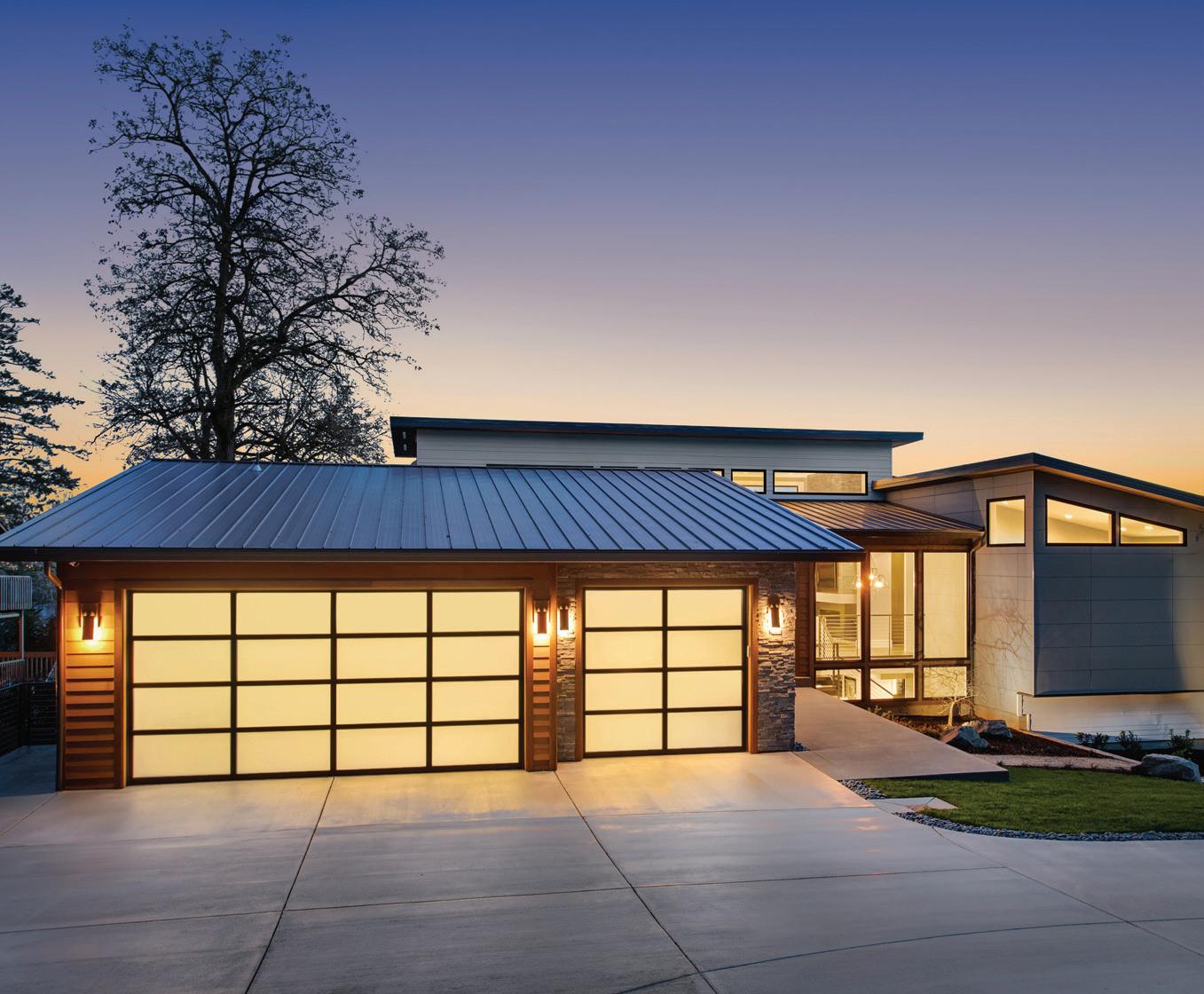
the roofs—flat or sloped—that stand the test of New Mexico
WHEN IT COMES TO CHOOSING the right roofing for New Mexico homes, style, durability and energy efficiency are at the top of homeowners’ minds. With the state’s intense sunlight, temperature swings and occasional heavy rains, selecting a roof is about more than aesthetics—it’s about performance.
In New Mexico, asphalt shingles, metal roofing, clay tiles and modified bitumen for flat roofs are all popular. “Low slope roofs, sometimes called ‘flat roofs,’ are common in many parts of New Mexico due to the influence of indigenous Pueblo architecture; they can be an efficient way to construct a roof that can perform well in hot, dry climates,” says Mike Ryan, staff architect of National Roofing Company. “The most common roof covering for decades was a built-up asphaltic roof with gravel surfacing to protect the asphalt from ultraviolet light. More recently, homeowners and home
builders are installing single-ply membranes on the roof. The single-ply membranes, such as TPO and PVC, are lighter, faster to install and come in standard tan or white.”
For flat roofs, modified bitumen remains a standout. It offers a strong, waterproof membrane resistant to UV radiation, temperature extremes and heavy rains. Bevin McPartlon, operations manager of McPartlon Roofing, adds that fluid-applied membrane roofing is also gaining popularity. “It’s a seamless liquid coating applied directly to the substrate, creating a durable, watertight and reflective surface,” she says.
Flat roofs have long been a hallmark of Southwestern architecture. Today’s best options for these structures focus on durability and energy efficiency. Ryan highlights the characteristics of single-ply membranes: “The downsides to this type of roofing is that they have no redundancy
in weatherproofing layers, and the membrane has a yearly thickness loss due to weathering, which reduces their lifespan.”
McPartlon emphasizes their preference for fully adhered TPO systems. “It’s more resistant to punctures from hail or debris and is available in a variety of colors,” she says. “For areas like Santa Fe’s Historic District, where reflective white roofs may not be allowed, color options ensure compliance without sacrificing performance.”
Experts agree on the importance of routine maintenance for flat roofs. “The best way to extend the life of any roof is to schedule regular maintenance— typically one to two times a year—by a roofing company that understands roof material properties and the importance of proper termination and flashing details. Regular inspections can help prevent small defects from creating big problems,” Ryan says.
Metal roofing is another favorite for its heat-reflective properties and resilience in extreme weather. “Metal roofs are lightweight and energy-efficient, perfect for hot summers,” says Kaleb Rush, owner of Organ Mountain Roofing & Construction based in Las Cruces. “Clay tiles, with their natural thermal insulation, not only provide a timeless Southwestern aesthetic but also help maintain stable indoor temperatures.”
Metal roofs also stand out for their eco-friendly qualities. “Metal panels are highly durable and recyclable,” McPartlon notes. “They reflect heat, making them energy-efficient, and can last more than fifty years with minimal maintenance.”
Sustainability is becoming a key consideration in roofing. Malarkey shingles lead the way with their innovative use of recycled materials. They’re not just durable but also environmentally friendly, capturing air pollutants and turning your roof into an air-cleaning surface, according to experts.
Consulting with professionals ensures that the chosen roof not only meets aesthetic goals but also delivers long-term savings and performance. “Cutting corners can lead to premature roof failure,” McPartlon says. “A quality roof is an investment in your property’s longevity and value.”
Whether building new or remodeling, the right roof can transform your home into a durable, energyefficient and beautiful sanctuary—perfectly suited to New Mexico’s challenging climate.

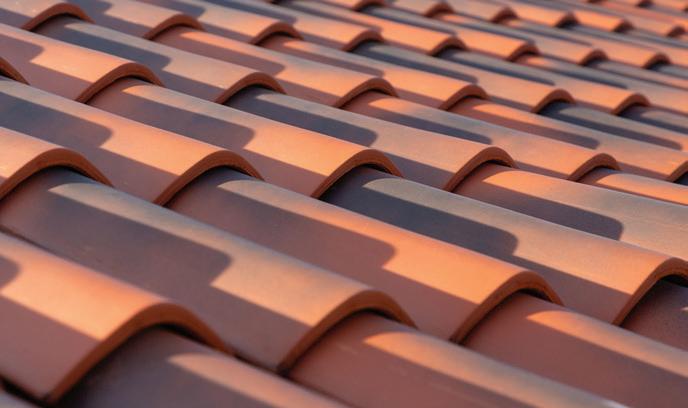
resources
McPartlon Roofing mcpartlonroofing.com
Organ Mountain Roofing & Construction

Kitchen design inspiration comes from myriad places—magazines, Pinterest, trends, color palettes, architectural limitations and many more. These stunning kitchens embrace locality, buck trends and embrace modern materials, each with its own unique personality. However, each one at its core is about one thing: the family that will live in it.
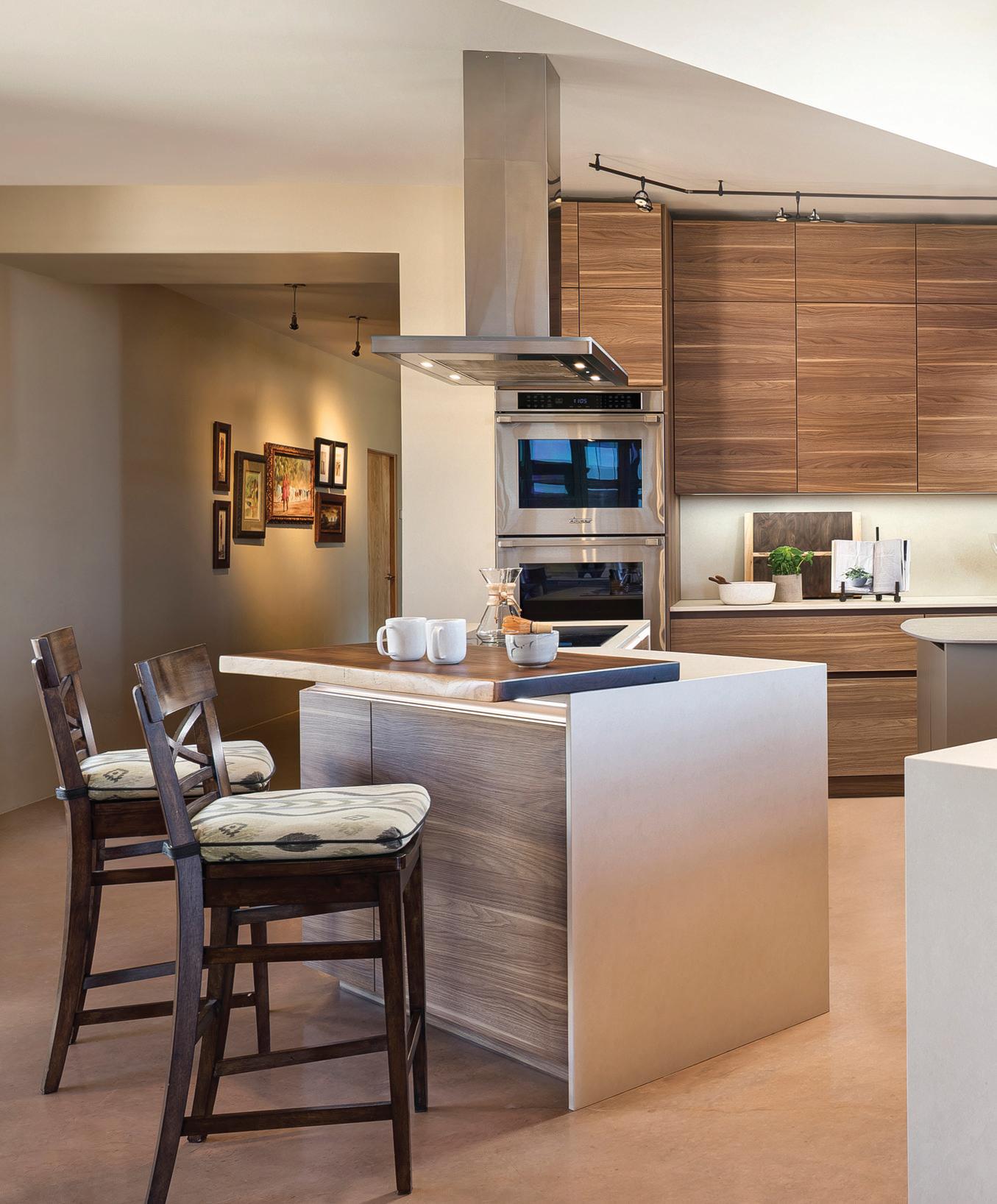
by Heather Shoning
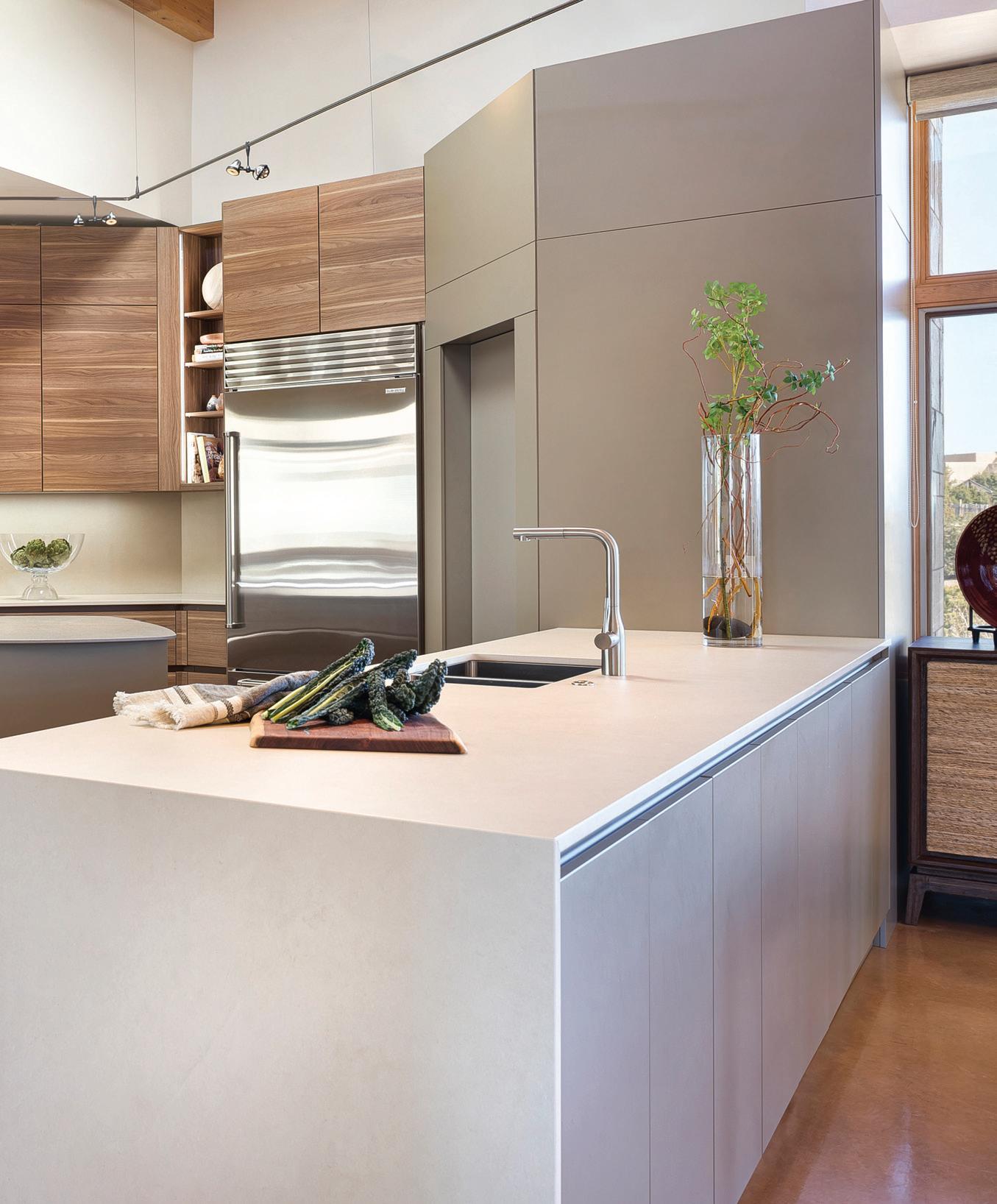
In this Santa Fe kitchen remodel, Heather Van Luchene of HVL Interiors and Doug Maahs of DMC elevated an existing layout into a refined, highly functional space with an organic, contemporary aesthetic. German-engineered cabinetry by Leicht anchors the design, offering smart storage and seamless operation with textured walnut laminate and lacquered panels. “The beauty is on the inside,” Van Luchene says. “Inside every drawer, there’s a shallow drawer—all these amazing organizers—everything feels intentional.” An angular island with a stone countertop and an adjacent live-edge walnut breakfast bar add softness and flow, contrasting with the linear nature of the layout. LED lighting, including a subtle glow beneath the bar, adds ambience after dark. While the footprint remains largely intact, thoughtful updates—such as a refreshed pantry design, an induction cooktop, and double wall ovens— optimize the space without sacrificing style. Matte surfaces, minimalist fixtures and polished concrete flooring complete the look, delivering a timeless kitchen designed for daily living and elevated entertaining.

“You’re always looking for those creative details that make a space not just functional but personal,” says Arturo Febry of Bontina. This remodel transformed a dark, outdated kitchen into an open-plan layout designed with family in mind. It merges modern design with cozy functionality. By removing and opening up walls, the team expanded the kitchen into previously unused areas, creating a spacious layout that features an L-shaped island with seating for four, which turns the island corner—a deliberate choice to encourage conversation. Rich, dark wood pairs with matte-finish cabinetry for a warm, clean look, accented by hidden storage and integrated LED lighting. The new configuration provided the ideal location for a beverage area, situated between the kitchen and living room. A picture window and enlarged openings bathe the space in natural light and enhance the flow from the kitchen to the dining room. From hidden compartments to custom cabinetry, this remodel strikes a balance between sleek aesthetics and everyday practicality.
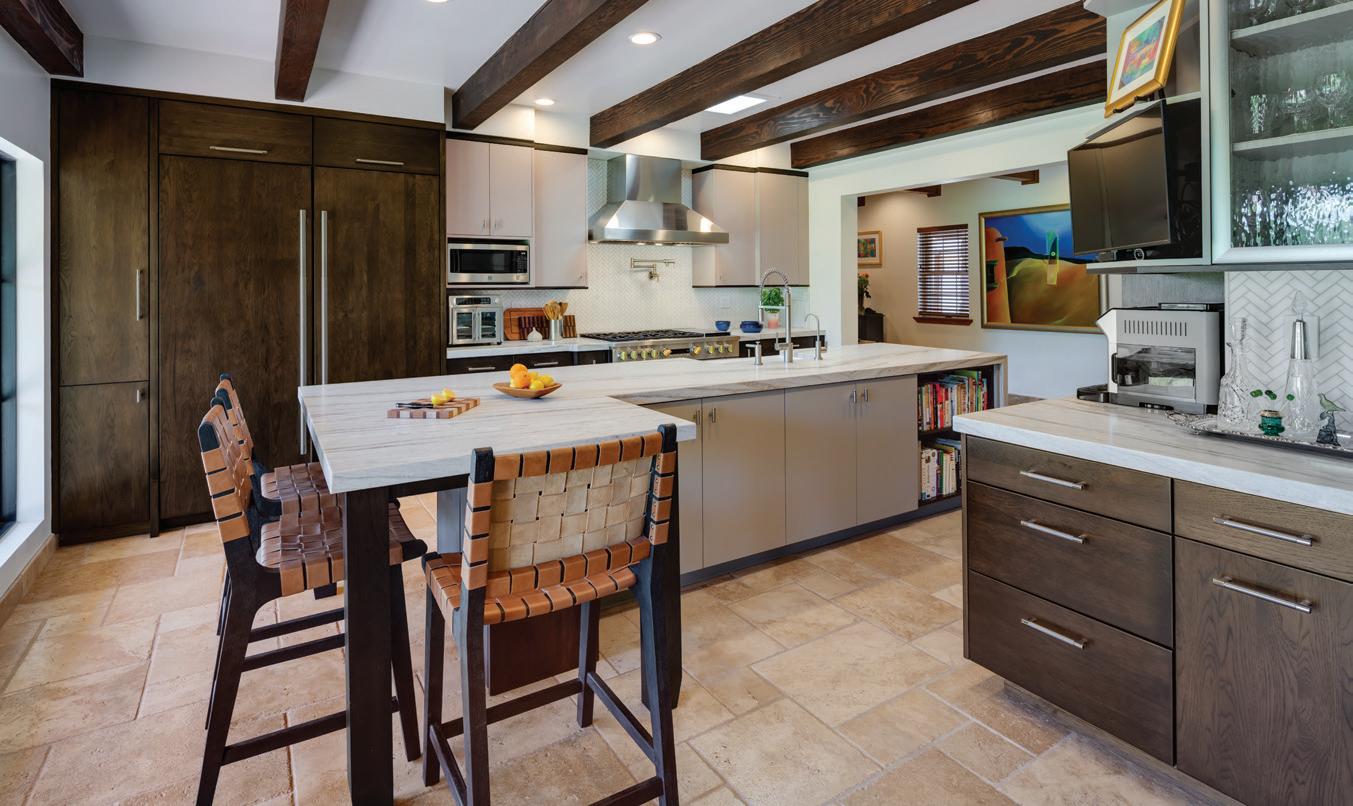
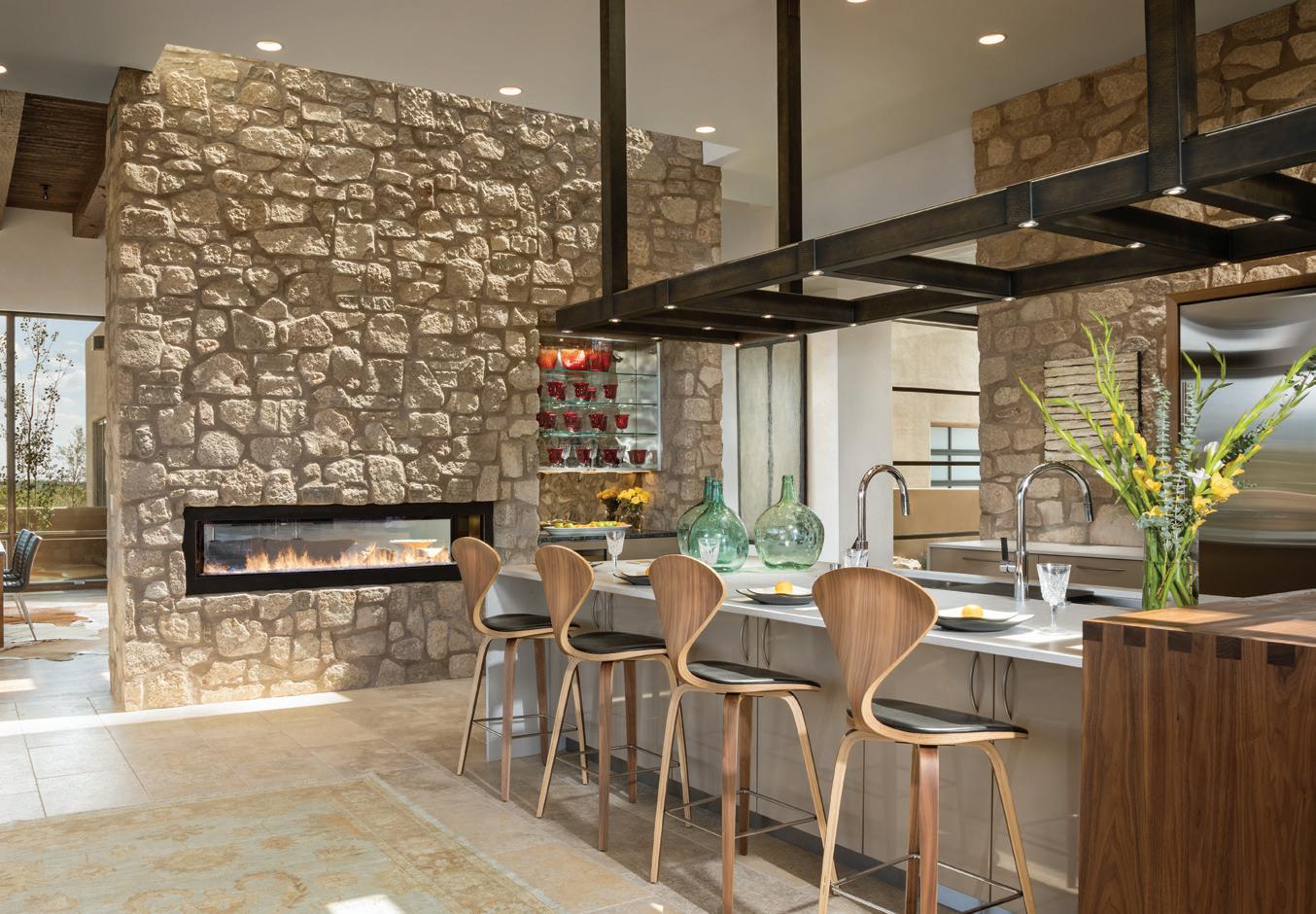
mixed materials
In this Las Campanas home, Keith Gorges of Tierra Concepts envisioned a kitchen that redefines modern design within the context of the Northern New Mexico vernacular. Natural texture meets contemporary lines, amplifying the juxtaposition of a rugged stone wall and sleek, high-gloss cabinetry. A custom steel light structure designed and built by Tierra Concepts suspended over the island brings the space’s expansive ceiling height to a human scale. Reflective chrome-like tile in the bar area adds a hint of glamour, while a textured quartzite island countertop with a rich wood waterfall section brings warmth to the refined island features. Strategically placed skylights enhance the space’s natural light. “We were trying to create a bright, airy, light, open concept that brought in a lot of texture and created that tension between rustic and more modern,” Gorges says. The layout embraces the reality of modern living—where everyone inevitably gathers in the kitchen—with seamless indoor-outdoor flow.

warm contemporary
This Anasazi Meadows kitchen, designed with empty nesters in mind, blends contemporary style with transitional warmth. It features charcoal Shaker-style cabinetry with patterned glass in the uppers and a hint of green undertone in the backsplash—an intentional nod to the home’s green-accented front door—founder and president of Spiegel-Kinsley Construction, Evan Kinsley, says it’s his favorite color. Brass hardware and black fixtures complement wood pendant lights and architectural beams in the adjoining dining area, creating balance and visual interest. Thoughtful details include a beverage station created using upper cabinets as its base for additional height, and it fits perfectly inside a niche. Plus, a service pantry with an open concept design—meaning no door—that extends the kitchen in an easy-touse manner. “I designed it in a way where your food storage and open shelving—the things that you don’t want to see—are only visible once you enter the pantry,” Kinsley says.
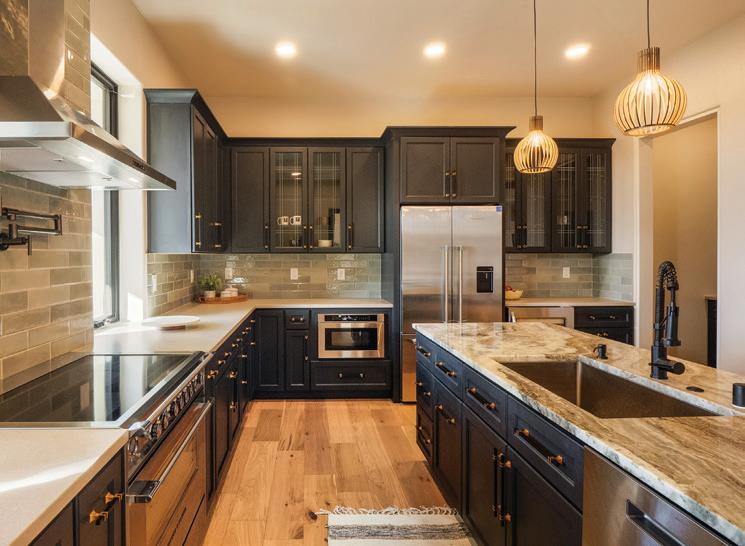
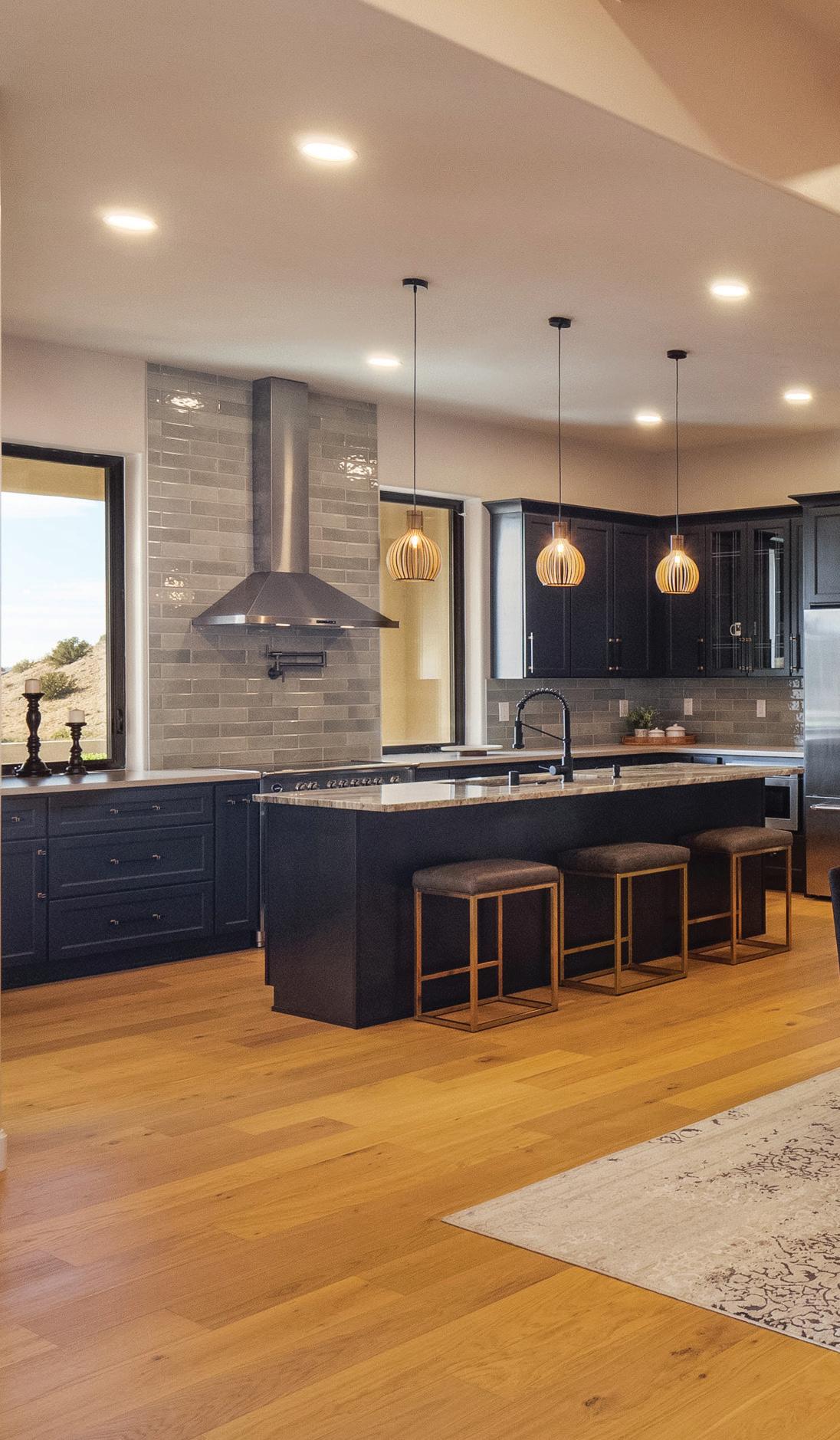
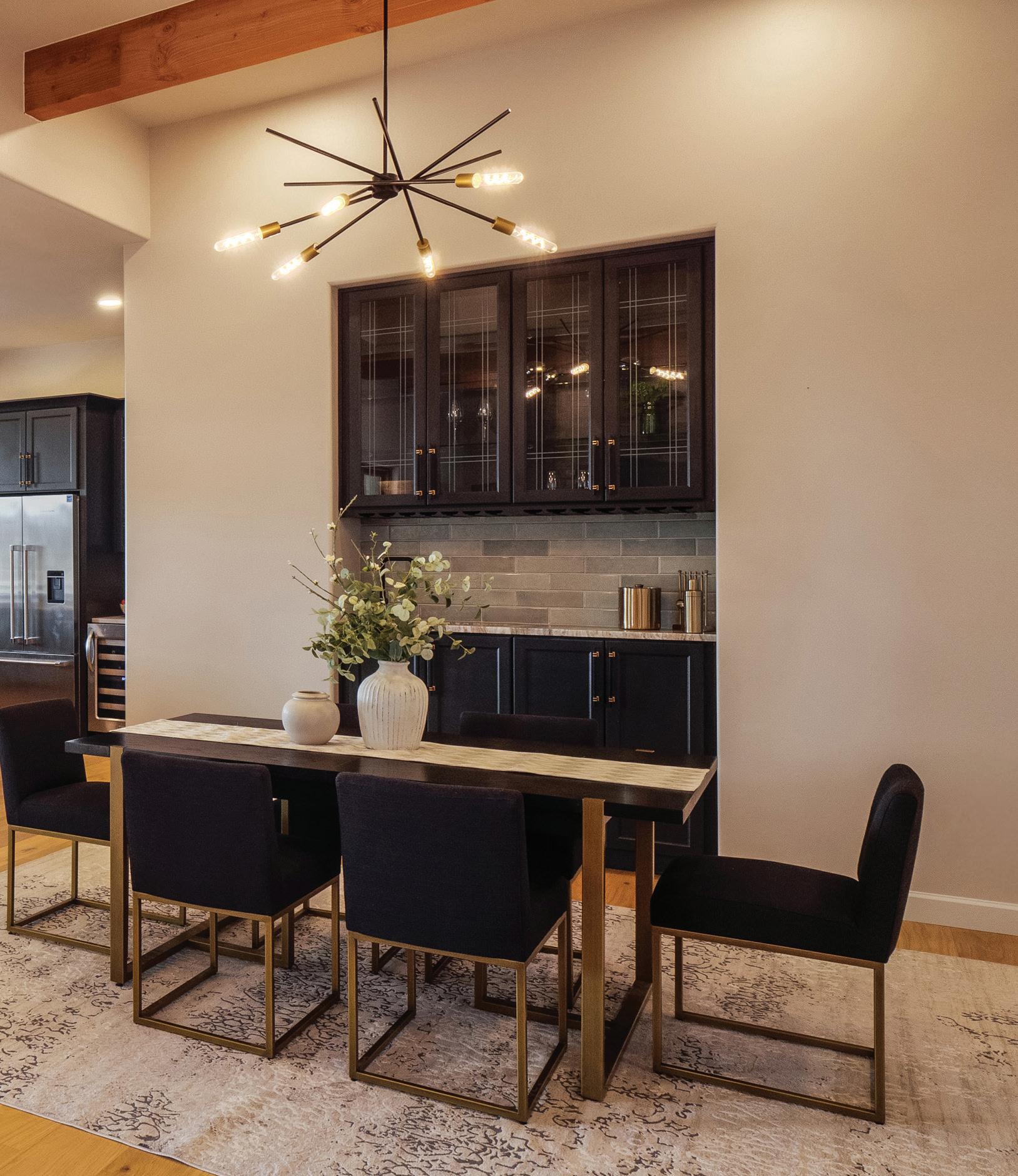

Designer Jenny Gordon of The Vibe Design Co. crafted a kitchen bursting with personality, anchored by geometric patterned tile on the island and saturated, blue-hued perimeter cabinetry. Inspired by the homeowners’ artistic sensibilities, bold taste and love of cooking, Gordon departed from typical styles by using rich colors on both the perimeter cabinetry and island, layering in brass hardware and a striking herringbone backsplash—installed vertically for a twist—to add visual interest and texture. “We wanted their food to be the star, so we kept the surfaces clean but visually interesting,” Gordon says. To warm the palette, she incorporated natural woven bar stools and wood finishes that tied into existing ceiling beams. Architectural changes helped open up the space, replacing a cramped peninsula with a spacious island, thereby creating proper flow between the kitchen and living room. The result is a vibrant, livable space that balances bold design with natural New Mexico charm.

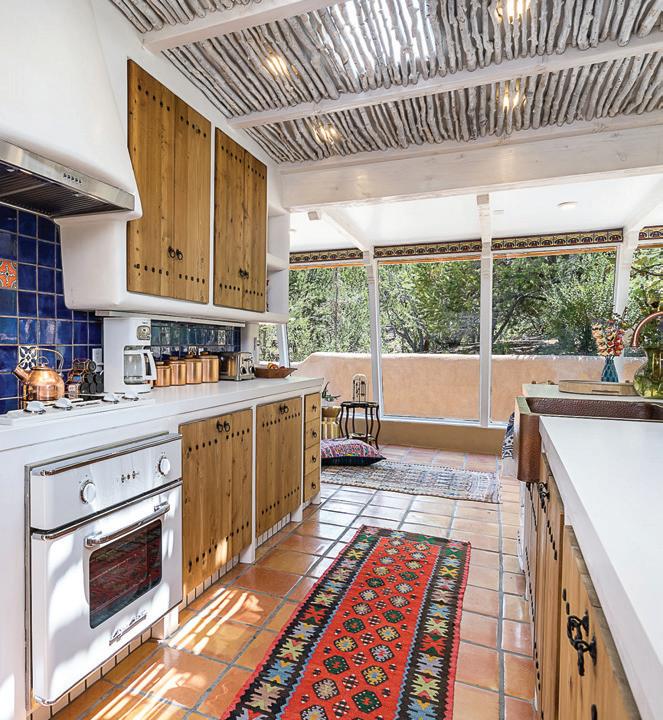
These homeowners wanted a functional, open space for entertaining, so designer Amanda Tucker and builder Ron Parisien transformed the dated, closed-off galley kitchen into a light-filled chef’s dream in this Santa Fe remodel. They started by eliminating a wall and absorbing a wood-floor hallway into the kitchen. Still, the hallway was on a slightly different level than the kitchen, so the design team merged the spaces by putting the striking 12-foot island in the transitional area, retaining the wood of the hallway floor and the Saltillo of the kitchen. Matching Saltillo tile into the adjoining sunroom created visual cohesion, while a walk-in pantry replaced an underused patio access to maximize storage. A skylight filters light through a ceiling of aspen latillas, balancing brightness and heat. “The kitchen has become the heart of this home,” Tucker says, “and serves as the best space to gather with friends and family.” Handmade cabinetry adorned with iron clavos echoes the home’s character. At the same time, a vibrant cobalt blue backsplash—sourced years before the project even began—adds personality and color—the result: a space that’s as thoughtful as it is beautiful.

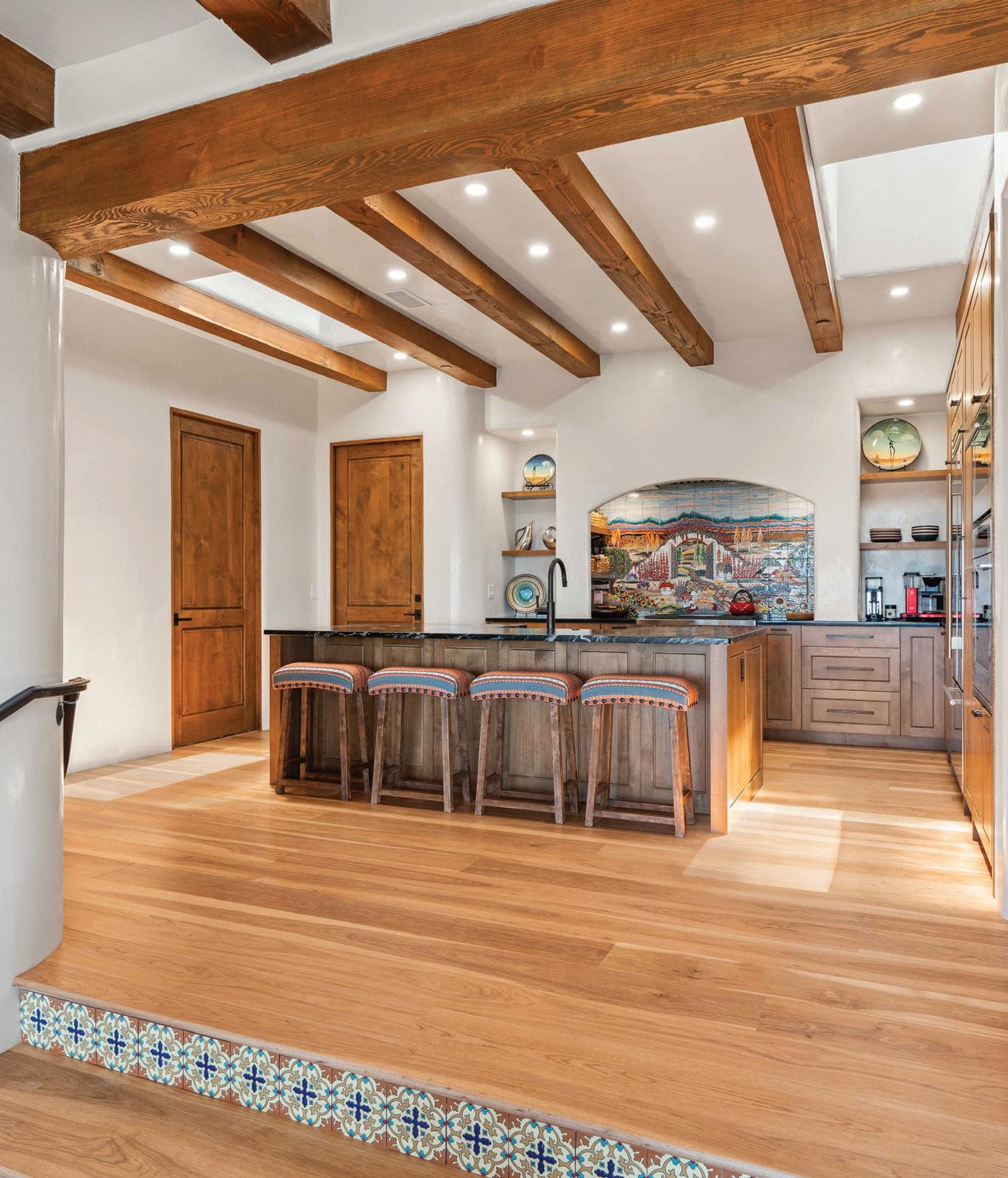
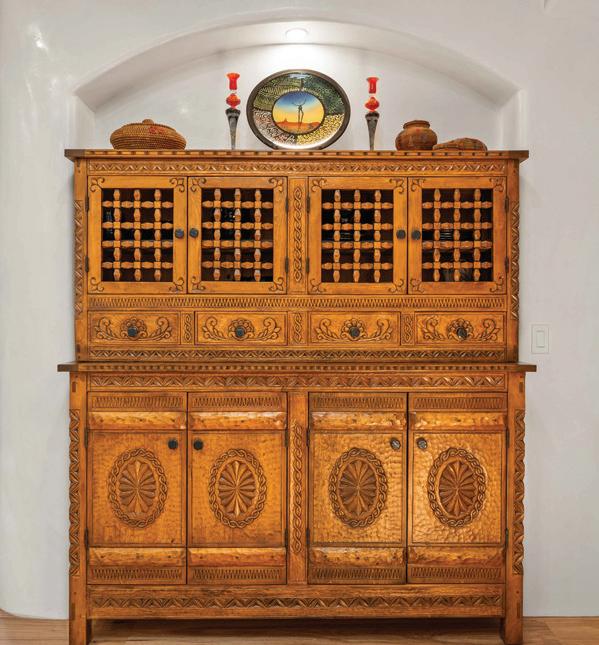
Nothing short of extraordinary would do for this kitchen. The homeowners, relocating from Dallas, spent years commissioning local artisans to bring their vision to life—one rooted in storytelling, culture and craftsmanship. Residential designer Eric Spurlock and designer Heather Hilton helped guide them through the final stages of the home’s design. Her role included selecting finishes, tiles, lighting and more. The kitchen’s standout feature is a hand-painted tile backsplash, created over eight months by a local artist who not only designed and painted the landscape but also handmade the tiles. “Every time we went into that space, we wanted it to be uplifting and personal,” Hilton says. “The homeowners didn’t want anything cookie-cutter—everything had to have a story.”
From a sculpted stone sink to custom barstools to the intricate, handcrafted buffet, each element reflects the homeowners’ passion for New Mexico’s artistic heritage. Even the decorative plates on the open shelving were painted by a beloved local artist whose legacy lives on in the design.
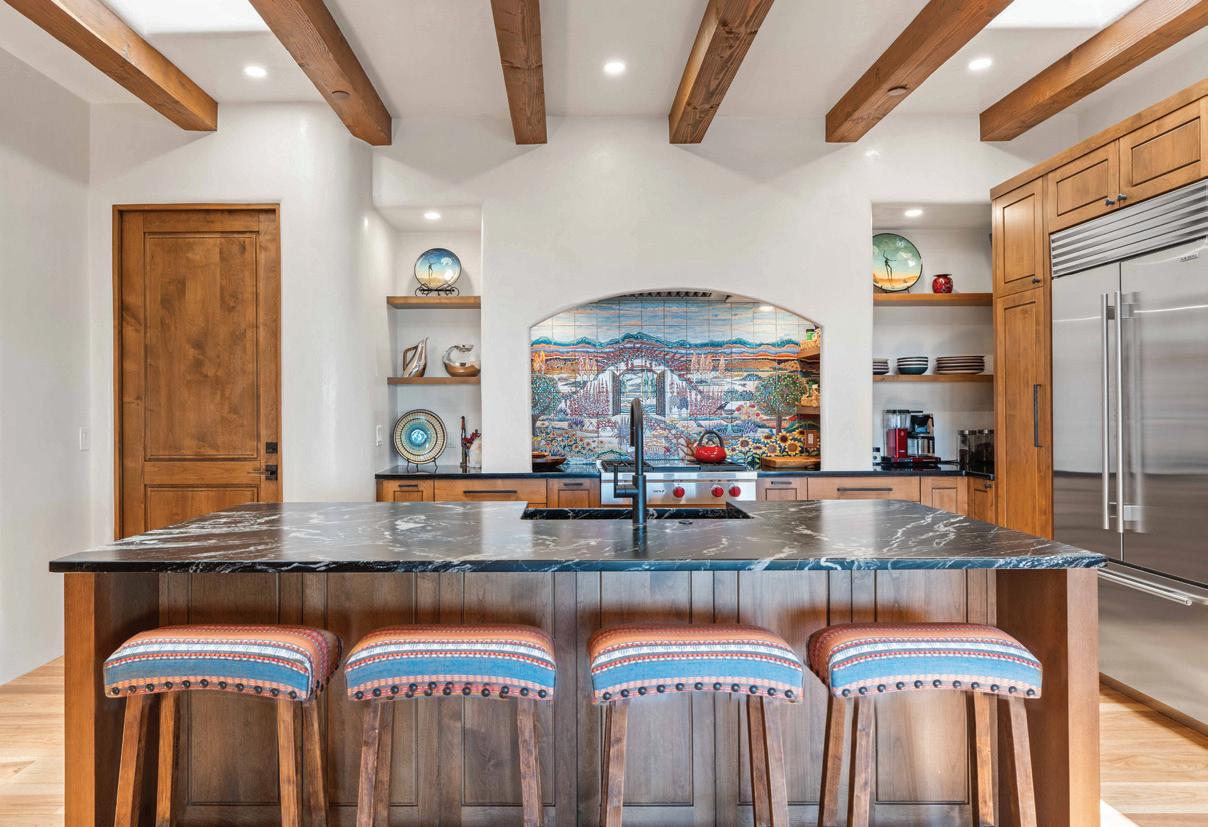
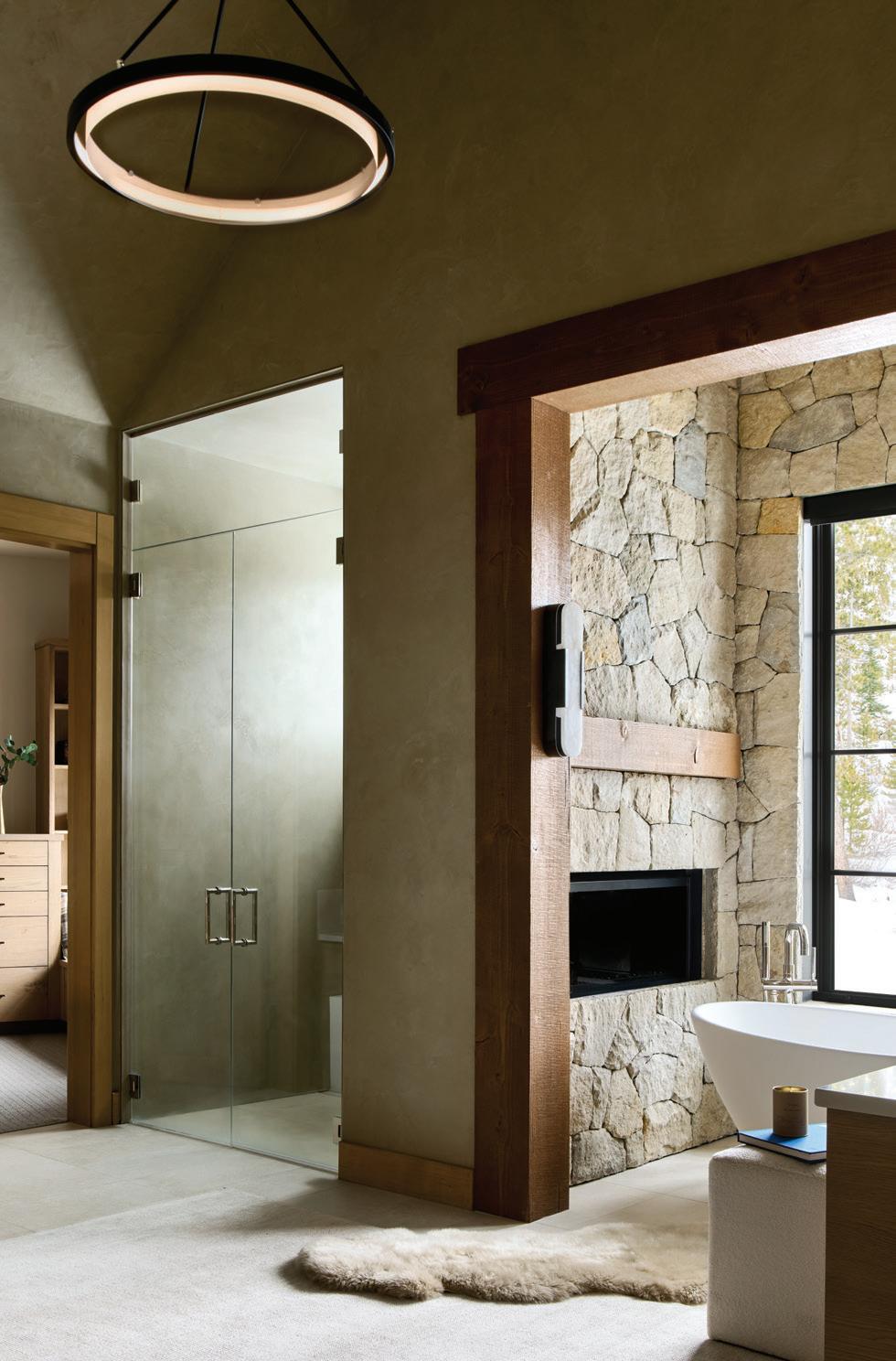
modern mood, page 32
Builder/Cabinetry: DMC; Interior Design: HVL Interiors; Appliances: Builders
Source Appliance Gallery; Countertops/ Backsplash: Rocky Mountain Stone; Fixtures: Santa Fe By Design
family friendly, page 34
Builder: Vincent Urioste Construction; Kitchen Designer/Cabinetry: Bontina; Appliances: Builders Source Appliance Gallery; Backsplash: Arizona Tile; Countertops: Arizona Tile/United Stoneworks; Flooring: Stonewood Flooring; Fixtures/Sink: Doc Savage Supply
mixed materials, page 35
Architecture/Builder: Tierra Concepts, Inc.; Interior Design: Annie O’Carroll Interior Design; Appliances: Builders Source Appliance Gallery; Backsplash: Statements in Tile; Countertops: Counter Intelligence LLC; Cabinetry: Ernest Thompson; Flooring: Milestone Imports; Plumbing Fixtures/Sink: Santa Fe By Design
warm contemporary, page 36
Residential Designer: Jim Beverly Designs; Builder: Spiegel Kinsley Construction LLC; Interior Design: Evan Kinsley and Laura Myers Interiors; Appliances: Builders Source Appliance Gallery; Backsplash/Flooring: Stonewood Flooring; Cabinetry: J&K Cabinetry; Countertops: United Stoneworks; Fixtures/Sink: Ferguson
fresh New Mexican, page 38
Residential Designer/Interior Design: The Vibe Design Co.; Cabinetry/ Countertops: 2 Vets Construction LLC; Backsplash: Emser Tile; Fixtures/Sink: Ferguson; Flooring Tile: Floor & Decor
breaking barriers, page 39
Architecture: Hogan Group, Inc.; Builder/Cabinetry: Ron Parisien; Interior Design: Bohome Interiors LLC; Appliances: Big Chill; Backsplash Tile: Vargas Tile Company; Countertops: Jim Harris’ Marble & Granite Corp.; Flooring: Artesanos Imports Co.
all about local, page 40
Residential Designer: Eric Spurlock Custom Home Design; Builder: CJV Builders; Interior Design: Heather Hilton of SHO Design & Home Group; Appliances: Builders Source Appliance Gallery; Cabinetry: Chavez Woodworking Inc.; Custom Buffet: Garcia Spanish Colonial Arts; Tile Backsplash: Debora Duran; Countertops: Sherpa Stone LLC; Fixtures: Doc Savage Supply; Flooring: Carlisle Wide Plank Floors; Lighting: La Luz Artful Lighting
















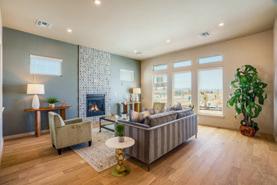


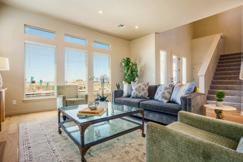
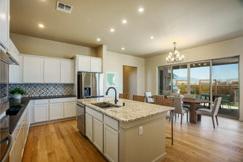









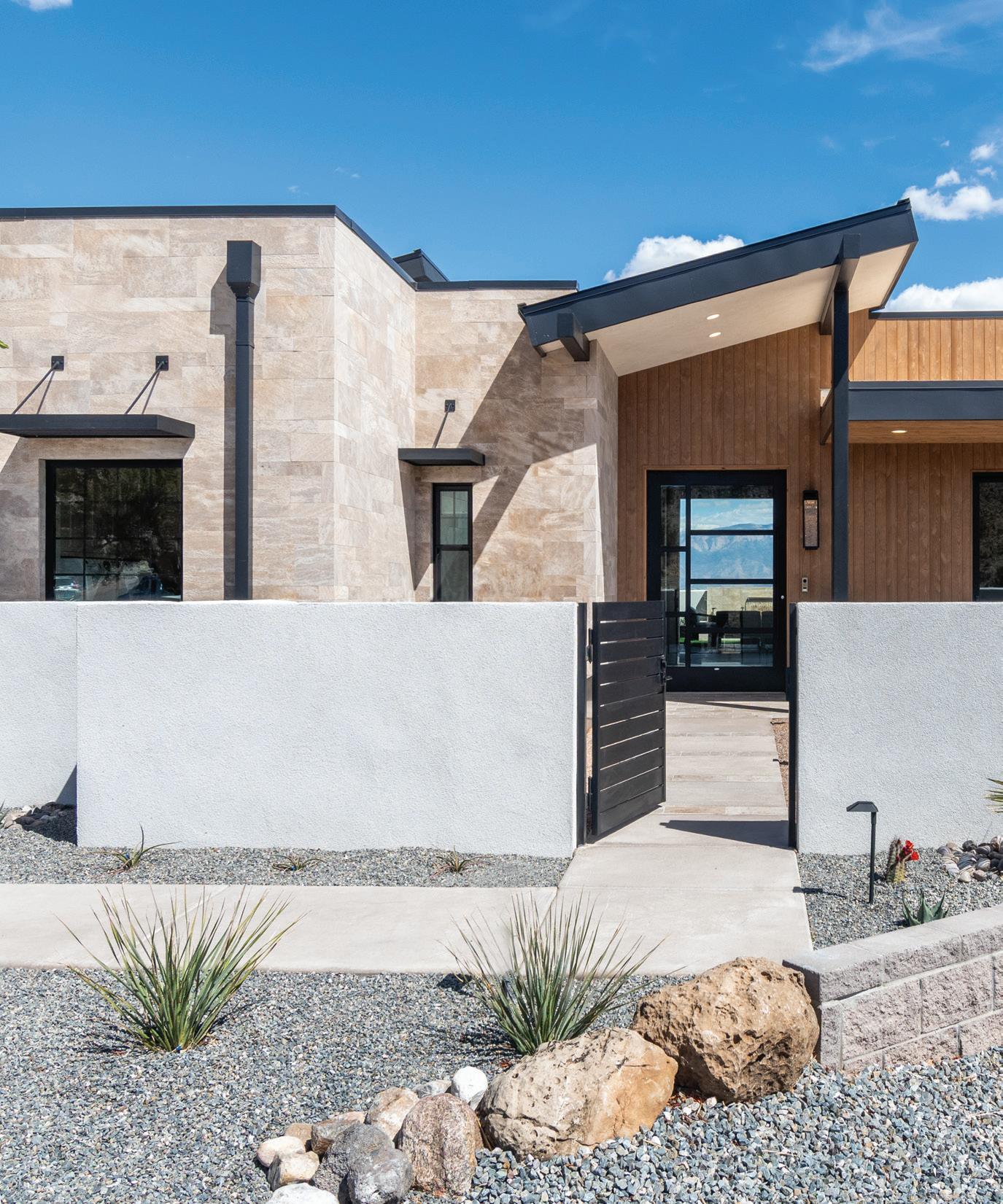
after more than two decades working for other people, a husband and wife building team create one final custom home—for themselves

by
Lexi Marshall photographs by Katie Johnson
Set amidst sweeping vistas with perfectly framed mountain views, Dee and Glenda Durano’s final custom build is more than just a home—it’s a reflection of their values, passions and decades of experience. After more than 25 years of building award-winning homes for others, Dee and Glenda poured their passion and expertise—a culmination of a life spent crafting intentional spaces—into one last project. Their forever home.
The couple’s New Mexico chapter began in 1993. Encouraged by a former boss who recommended Albuquerque for its lifestyle and proximity to ski country, the Duranos—who met through the Oklahoma City Ski Club—were drawn west by their shared love of the outdoors. So, Dee retired from the Air Force at 36 and moved his family from Langley Air Force Base in Virginia.
He was ready for a career that offered more autonomy. He’d come to the U.S. when he was just 18 years old with

The Durano residence seamlessly blends desert contemporary style with sustainable design, achieving the prestigious Emerald rating that only one percent of builders attain and a HERS score of 42.
Art was a primary concern when decorating the home, so the couple had several specific pieces commissioned including a quartet of paintings—that hang in the music space adjacent to the living room—reflecting Glenda’s family ranch through four seasons.
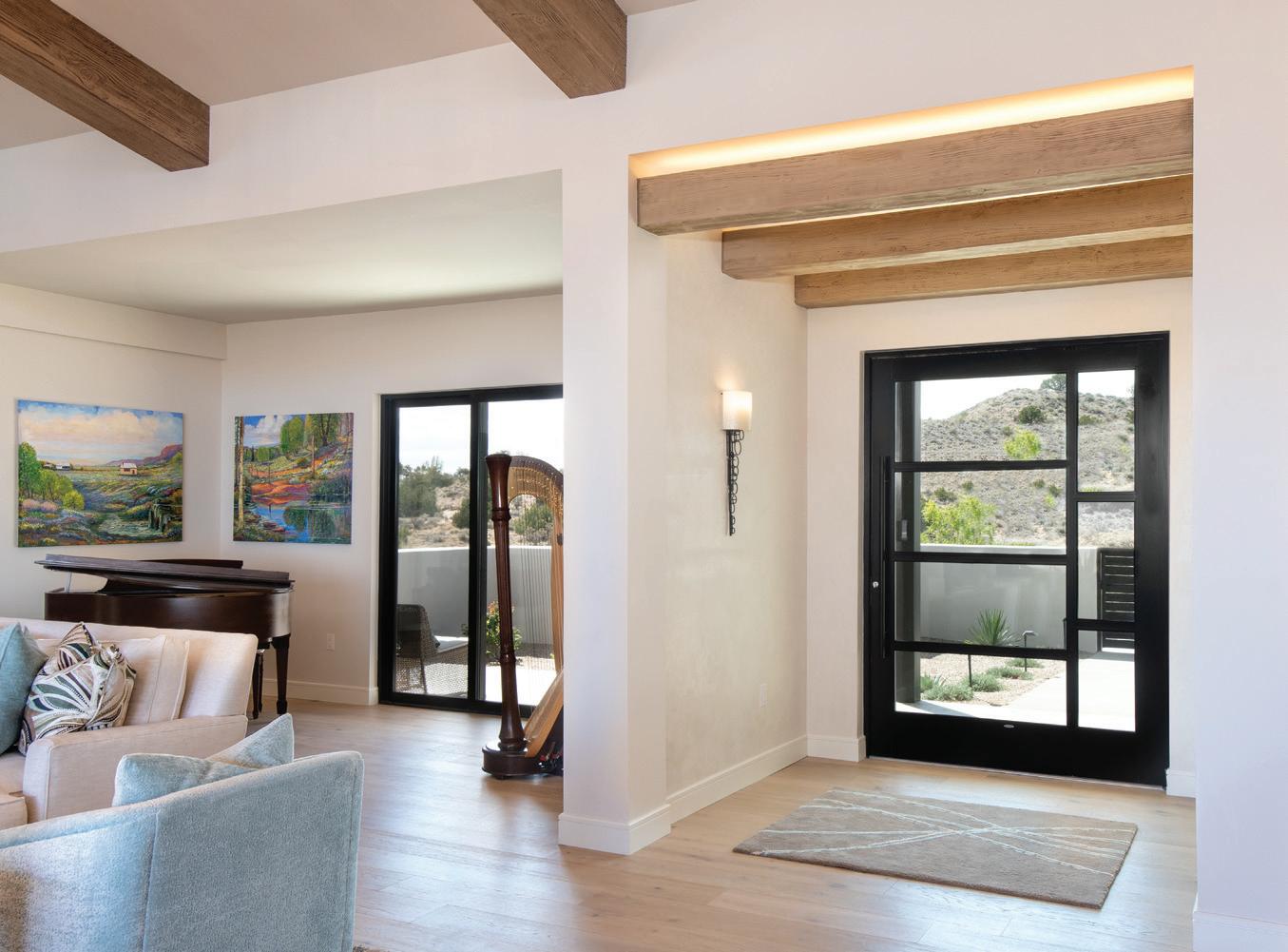
$3 in his pocket—a humble beginning that made him unafraid of taking risks. After shadowing a friend in homebuilding for six weeks, he realized: “I can do this.” His first home in Rio Rancho sold almost immediately, launching a successful career and eventually leading to the founding of his own company, CRAG Enterprises—named for his daughters’ initials (formerly Durano Construction).
The couple purchased their Mariposa lot in 2004 but waited nearly two decades before building on it. After 18 years in their previous home, which won a national green building award in 2007, they were ready for something smaller and more in line with their current lifestyle. “We scaled down by about twelve hundred square feet,” Dee says. “I don’t want a house that’s too big to clean,” Glenda adds. Their goal was to build a space that felt luxurious yet lived in. “We wanted it to have a sense of peace and beauty but also be warm and simple enough where anyone would feel comfortable,” Glenda says.
The lot’s natural topography and stunning views informed the desert contemporary design. “The piece of property dictated the layout,” Glenda says. “You want to take in as much of the view as possible.” That intent is immediately felt upon entering the home. The sightlines lead straight through to a fire pit, fountain and unobstructed mountain vistas.
The exterior mixes modern and organic materials—stucco, steel, thermally modified wood and limestone—offering visual interest and durability. The thermally modified wood treatment, which renders wood insect- and water-resistant, adds a high-performance, eco-friendly touch. Inside, continuity reigns. Limestone and faux wood beams—crafted from high-density foam to prevent warping—bridge indoor and outdoor spaces, echoing the natural surroundings in a refined way.
One of the home’s standout features is its Emerald rating—the highest designation in green
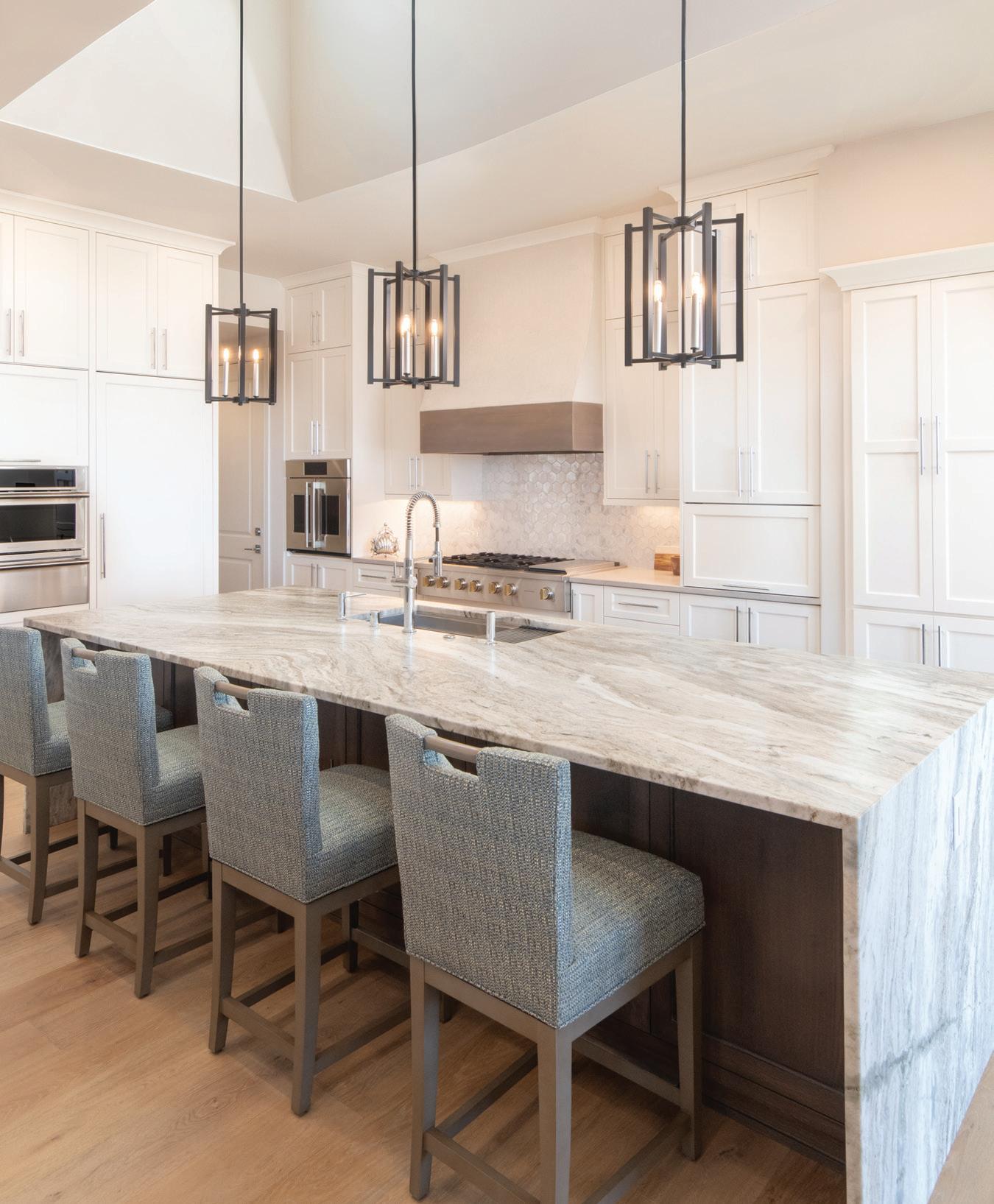
The open-concept living area features decorative foam beams that offer the aesthetic appeal of traditional wood without the weight or maintenance concerns associated with it.
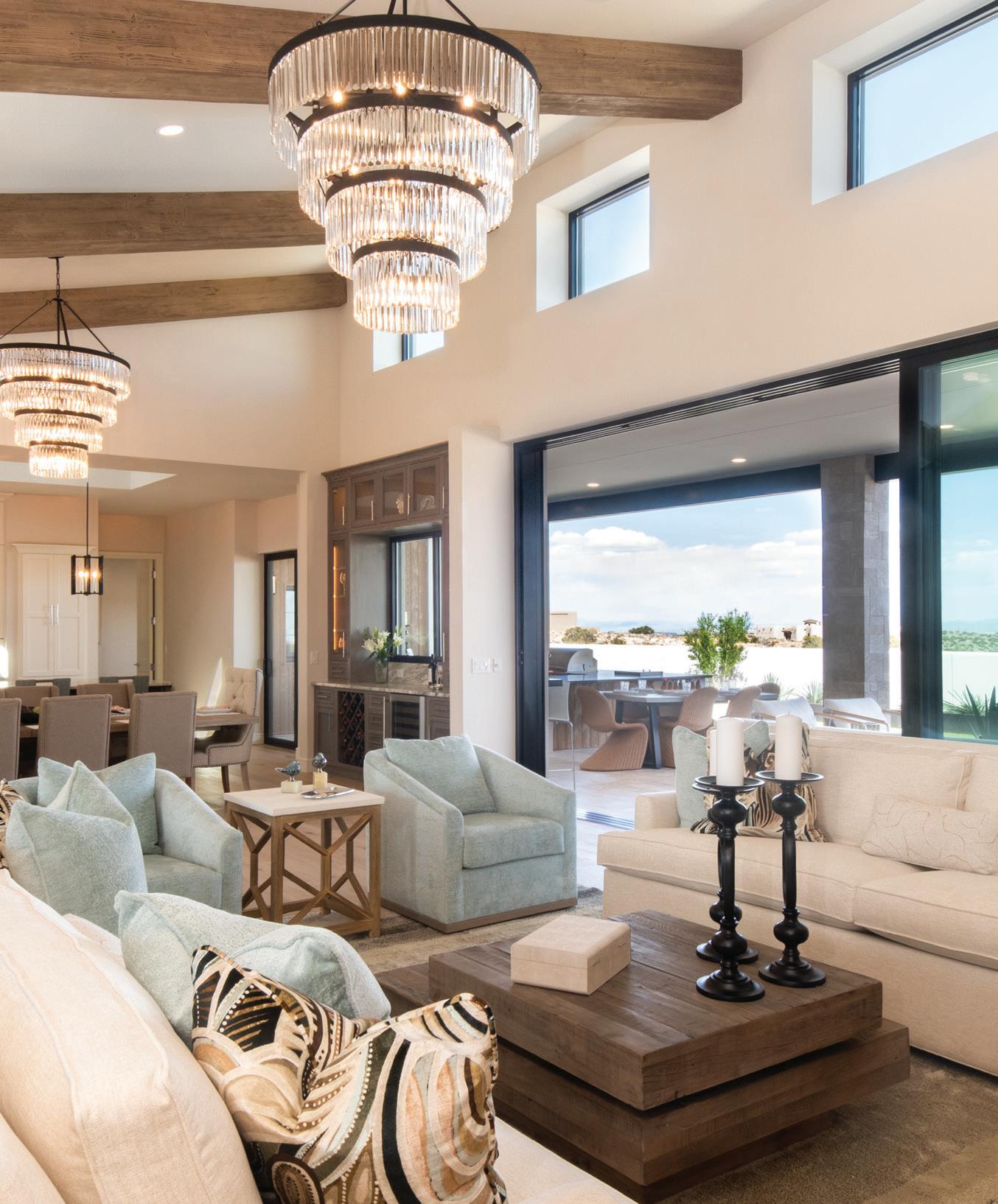

building. Only about one percent of homes achieve this elite certification, which measures performance in five categories: energy efficiency, water efficiency, indoor air quality, sustainability and other sustainability practices.
The Duranos’ home is a zero-energy residence featuring a 6-kilowatt solar panel system that ultimately pays for itself. The house is all-electric, save for the gas range— which Glenda insisted on for precise control in the kitchen—and the fireplace.
Built with extraordinary airtightness— air leakage is equivalent to the size of a fist, compared to the typical home’s front-door-sized gap—the home features a mechanical ventilation system that constantly brings in fresh air, maintaining optimal indoor air quality.
Longtime collaborator Laura Myers of Laura Myers Interiors helped design a palette that reflects Glenda’s love of color
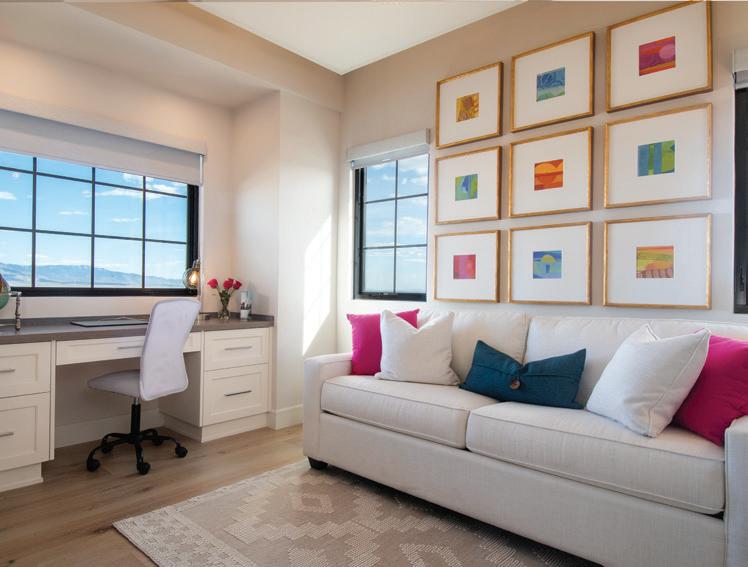

Glenda’s carefully selected blue accents complement the neutral palette, creating a versatile backdrop that can be easily transformed with seasonal decor.

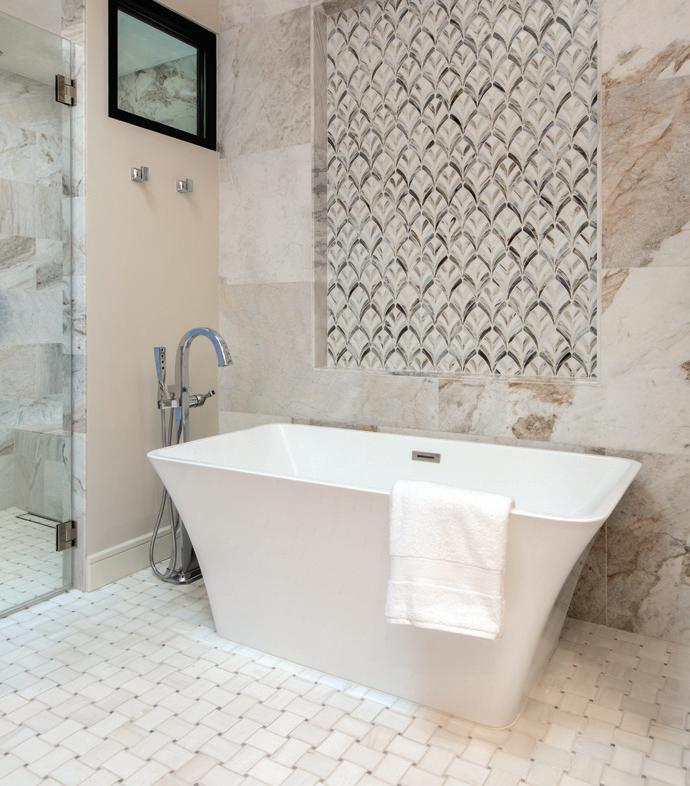
Zero-step entries and aging-in-place features are subtly incorporated into the design, ensuring this “forever home” will serve the Duranos for years to come.
without overwhelming the space. “Dee and Glenda have been building homes for other people for many years,” Myers says. “My inspiration was to design a home that totally focused on their style. Sometimes, when you’re in this business, determining your personal look isn’t easy.”
Everything began with a fabric—paisley, with hints of blue, tan, pink and black—which served as a springboard for the rest of the decor. “I used lighter natural roughhewn wood and textural fabrics to create a contrast with the light-toned marble and paint colors,” Myers says. “The burst of color came from bright pillows, art and accessories. The mix of natural materials and lots of texture softens an otherwise contemporary home.” She notes that eco-conscious interior finishes are readily available today without compromising great design.
Custom-designed rugs, flexible furnishings and a thoughtful balance of color make the space adaptable. “After decades of living with heavy, Mediterranean tones, I wanted something lighter,” Glenda says. “If I want to swap blue pillows for red and green, I can.”
Aging in place was top of mind for this forever home. “There are no steps anywhere,” Glenda says. Wide hallways allow for wheelchair access, and indirect lighting in the back bedrooms supports their visually impaired daughter. The kitchen layout reflects their everyday needs with future independence in
Stunning views take center stage in this thoughtfully positioned home, where Dee requested a variance to twist the house’s orientation to maximize both the New Mexico landscape and solar performance.
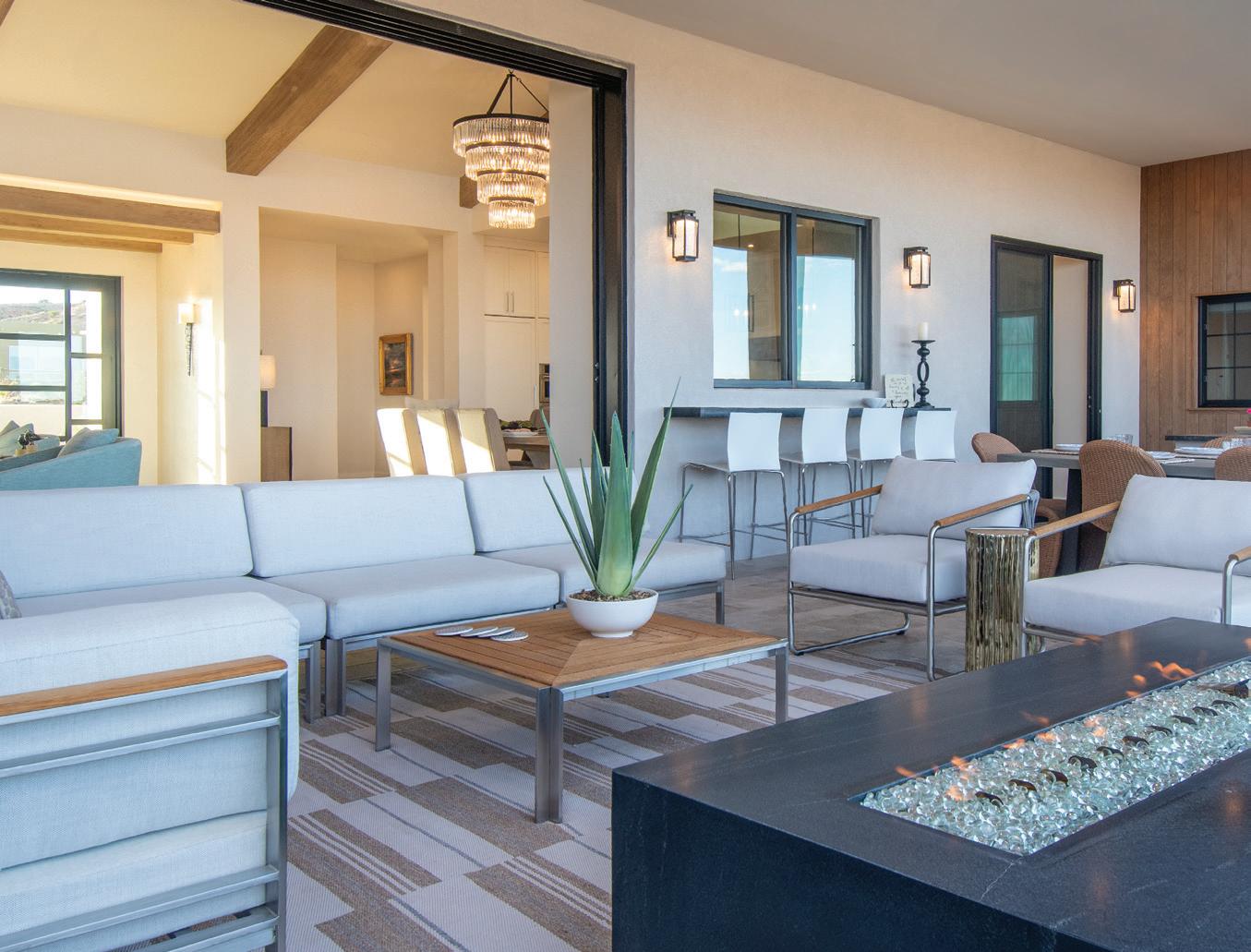
mind. Plates are stored in a drawer beneath the range, the microwave is built into the island, and a French-door oven allows for one-handed opening—small details that make a big difference.
More than a showcase of sustainable construction and long-lasting design, the Duranos’ home is about connection. “We love to entertain,” Dee says. “We want to meet people we can share our lives with.” Built in less than nine months, the home represents Dee’s final and most personal project. Though it’s a professional capstone, it’s also a celebration of all the lessons learned along the way—about fa mily, function and creating something that lasts.
As Dee contemplates a well-earned retirement (though Glenda playfully notes she’ll believe it when she sees it), their home stands as both a personal sanctuary and a final love letter to the craft. “This is our forever home, and this is my favorite ever,” Dee says. “Because I was able to do everything I wanted to do—things I couldn’t do when building for other people.”
It’s the perfect coda to a career spent shaping other people’s dreams: a home that brings the outdoors in, balances beauty with practicality, and reflects the thoughtful, intentional life the Duranos have built together.
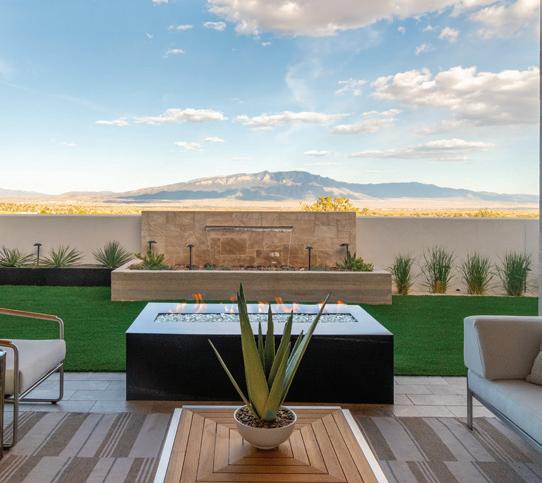
Home Builder
Crag Enterprises LLC
Interior Design
Laura Myers Interiors LLC
Appliances
Builders Source Appliance Gallery builderssource.com
Audio/Central Vacuum/Smart Home
Albuquerque Sound and Vac LLC abqsoundandvac.com
Bathroom/Kitchen Fixtures Ferguson
Cabinetry/Kitchen Hood
Woodlife Custom Craft, Inc.
woodlifecabinets.com
Countertops
Arizona Tile/Quartz/Quartzite United Stoneworks
Fireplaces
Mountain West Sales mountainwestsales.net
Flooring
Floor & Decor (Tile)
Stonewood Flooring LLC (Wood)
Front Door/Storefront Windows
Western Commercial Glass, Inc.
Kitchen Backsplash Floor & Decor
Metal Fabrication
ADE Wrought Iron LLC
Interior Doors
Sierra Pacific Windows
Landscaping/Water Features
Agua Dulce Earthscapes
Lighting Turn On Lighting
Windows/Sliding Window Wall/ Patio Doors
Pella Windows & Doors of the SW pellaofalbuquerque.com
Windowcoverings
W indow Fashions LLC
windowfashionsnm.com




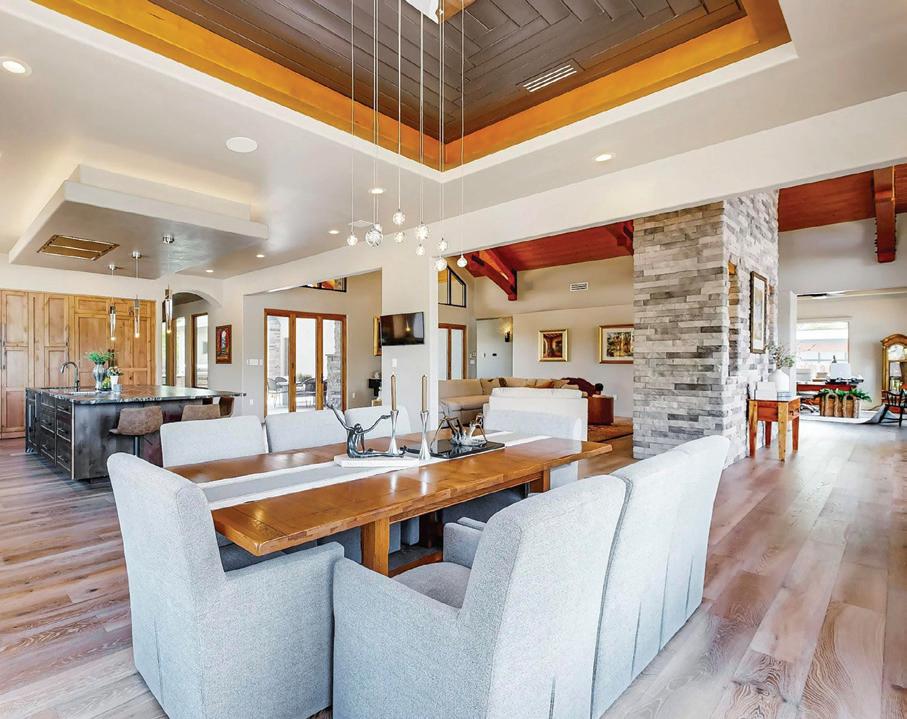
A stylish bar cart can elevate your entertaining game and serve as a chic, decorative area in your home. Start with a well-designed cart that complements your interior style—whether modern, vintage or rustic. Choose a cart with wheels for mobility or a stationary one for a permanent setup. A mirror or hanging art above the cart creates a focal point that draws guests in. Stock your cart with striking glassware, including rocks and highball glasses, plus specialty cocktail barware. Cut crystal reflects and refracts direct light for a beautiful effect. Add essentials such as your favorite spirits, mixers and garnishes. Don’t forget tools of the trade such as cocktail shakers, bar tools and an ice bucket. Place a few curated items, such as a stack of cocktail recipe books or a small plant, for a personal touch and to complete the stylish vignette.













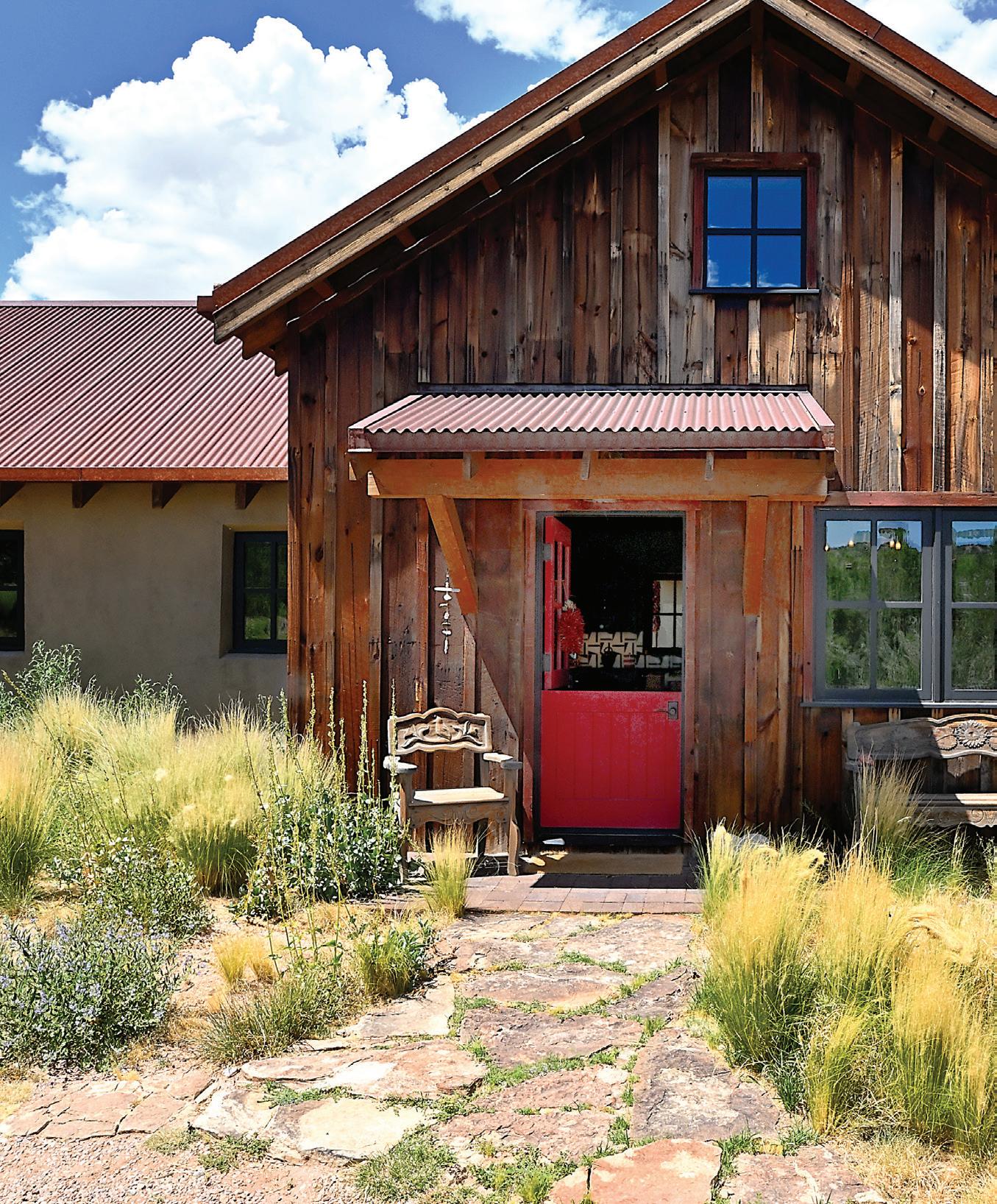
a Tesuque adobe home comingles reflections of a California childhood with striking Santa Fe craftsmanship
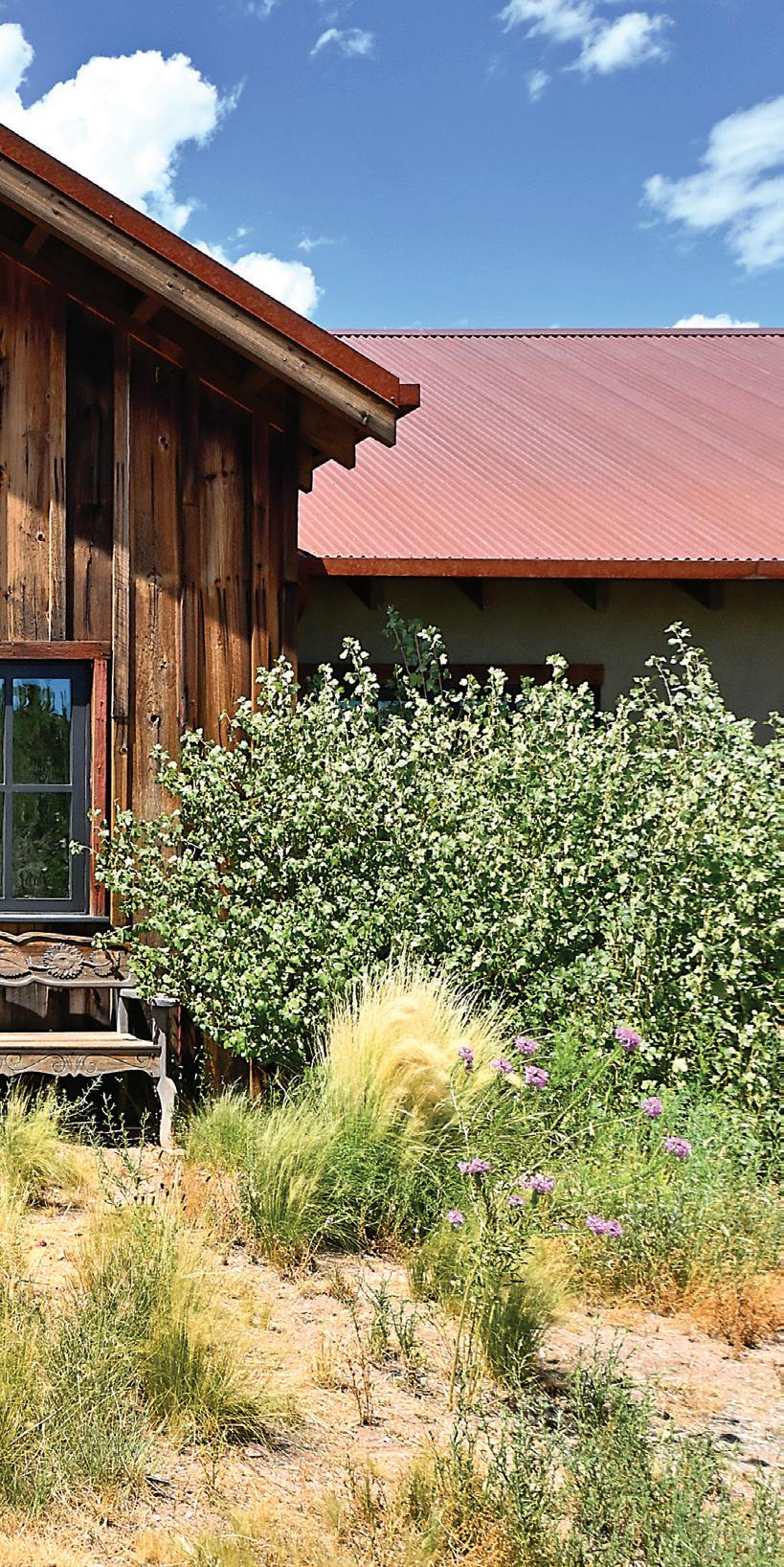
by Lisa Marie Hart
photographs by Daniel Nadelbach
Fond memories of a childhood home. A chance trip to Santa Fe. A serendipitous plot of land discovered down a long dirt road. The story behind Rebecca Vitale Mandich and Mitch Mandich’s home is as enchanting as the refined-rustic adobe they built on it.
It began in 1979 when Northern California neighbors asked the couple to drive a VW wagon to Santa Fe. Delivering it to legendary architect John Gaw Meem—then staying in a 250-year-old hacienda—sparked a love for the region and its architecture. “I recognized my tribe,” Rebecca says. The couple began summering in Santa Fe from Marin County and, in 1994, discovered a glorious swath of Tesuque acreage. “We called it ‘The Land,’” she recalls. “It was like a heartbeat was beating in the land itself.”
They purchased a home in town in 2000 but often returned to The Land, even camping there with their kids for years before feeling ready to build. When the time came, friends referred them to Jack Reese of Reese Custom Builders and architect Ed Boniface of Boniface + Associates, who provided the working
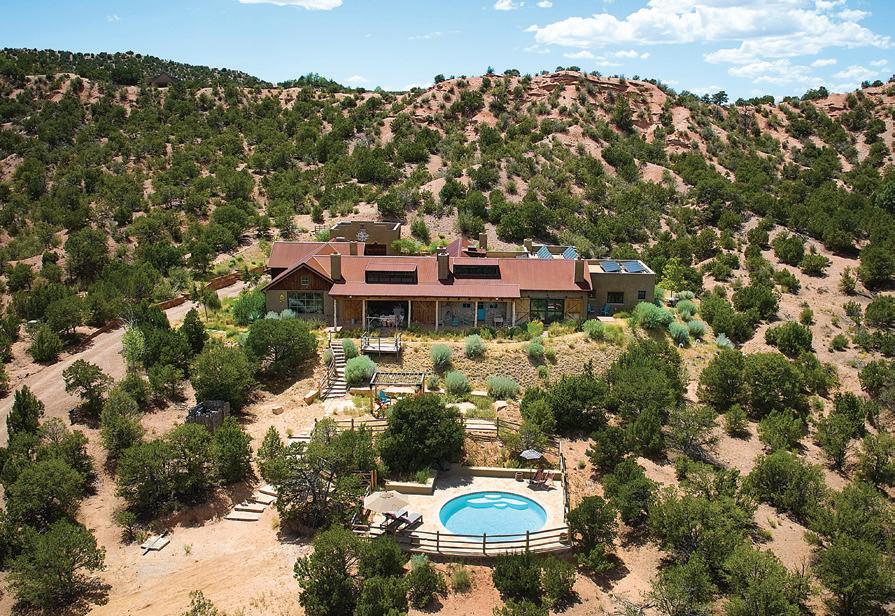
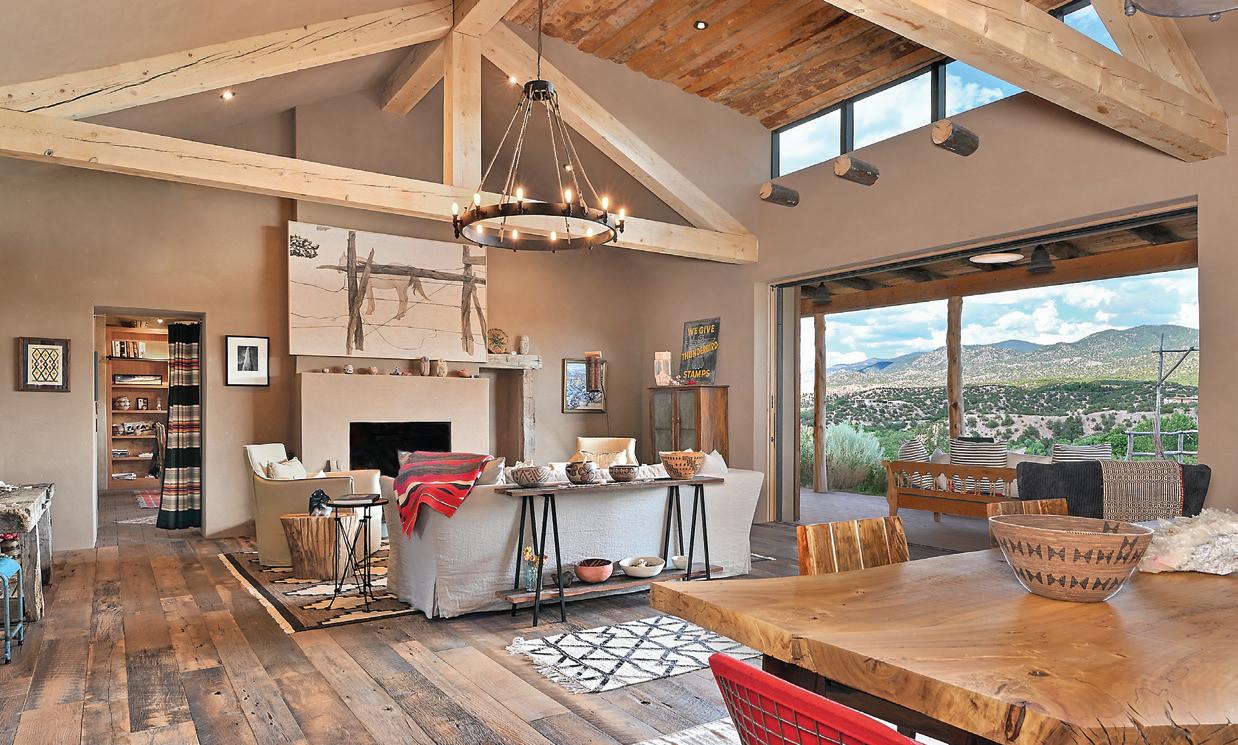

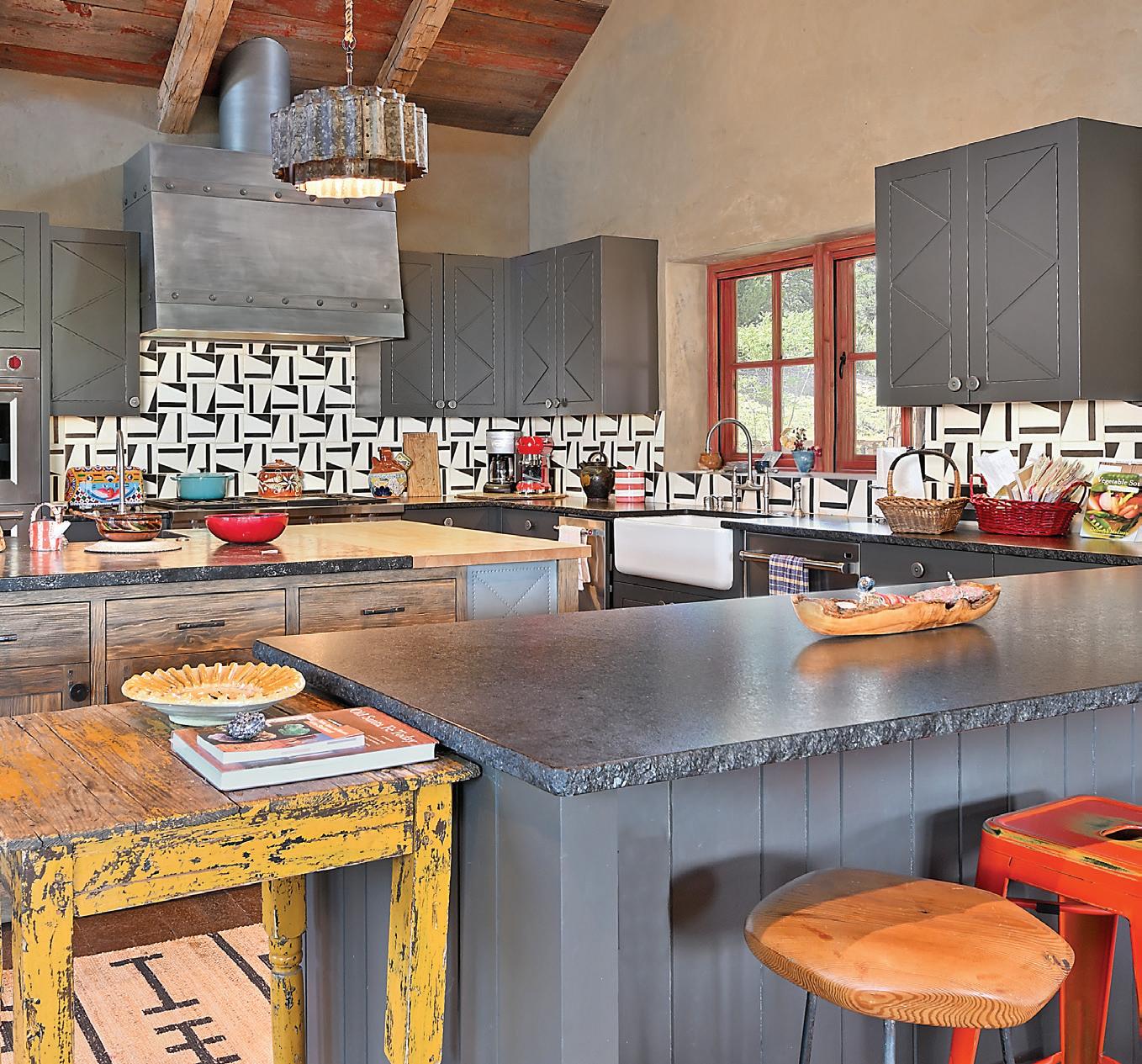
Construction integrated red scrap wood into the eclectic kitchen ceiling. Every facet of the banquette designed by Suzanne Miller charms, from the mismatched chairs and pillows to the houndstooth upholstery and tin chandelier, picking up the red from the kitchen’s Dutch door.


Right: The tin chandelier in the colorful primary bedroom came from the Bishop’s Lodge auction. The couple stayed there often before purchasing their first home in Santa Fe.
drawings. Then Reese was off and running, modifying the plans per Rebecca’s artistic whims. “One of my favorite words as a builder is pivot,” Reese says. “I don’t mind making changes in the field.”
Interior designer Suzanne Miller, a longtime friend from Palo Alto, completed the creative trio, helping bring Rebecca’s eclectic ideas to life. Two directives guided their way: protect the Tewa’s native land and recall the California hunting lodge–style home where Rebecca grew up. The resulting adobe home sits lightly on eight acres, its solid construction topped with a rusted Corten steel roof. “There’s a quietness when you walk into an adobe house,” Reese says. “It’s like the house is inviting you in—it’s dense, warm,” and yet naturally temperate.
Carrillo Construction framed the structure, which the team built using traditional adobe—each hefty brick made, hauled and stacked by hand. Although it’s a labor-intensive and costly process, the couple embraced it for the way it harkens back to another era while supporting a contemporary aesthetic. The walls, coated in a primitive plaster of mud and hay, are accentuated in places with reclaimed wood or river rock, creating what Rebecca calls “an earthy, handmade house.”
Design touches rooted in her childhood begin with a rustic gate leading up to the house. “I wanted it to look like an old ranchero, where you expect a horse going to the hay,” she says. The Dutch door invites a crossbreeze through the wide entry hall, where art and artifacts intrigue. The door foreshadows a mix of different door and window styles throughout the 5,000-square-foot home, from modern clerestories to stately French doors.

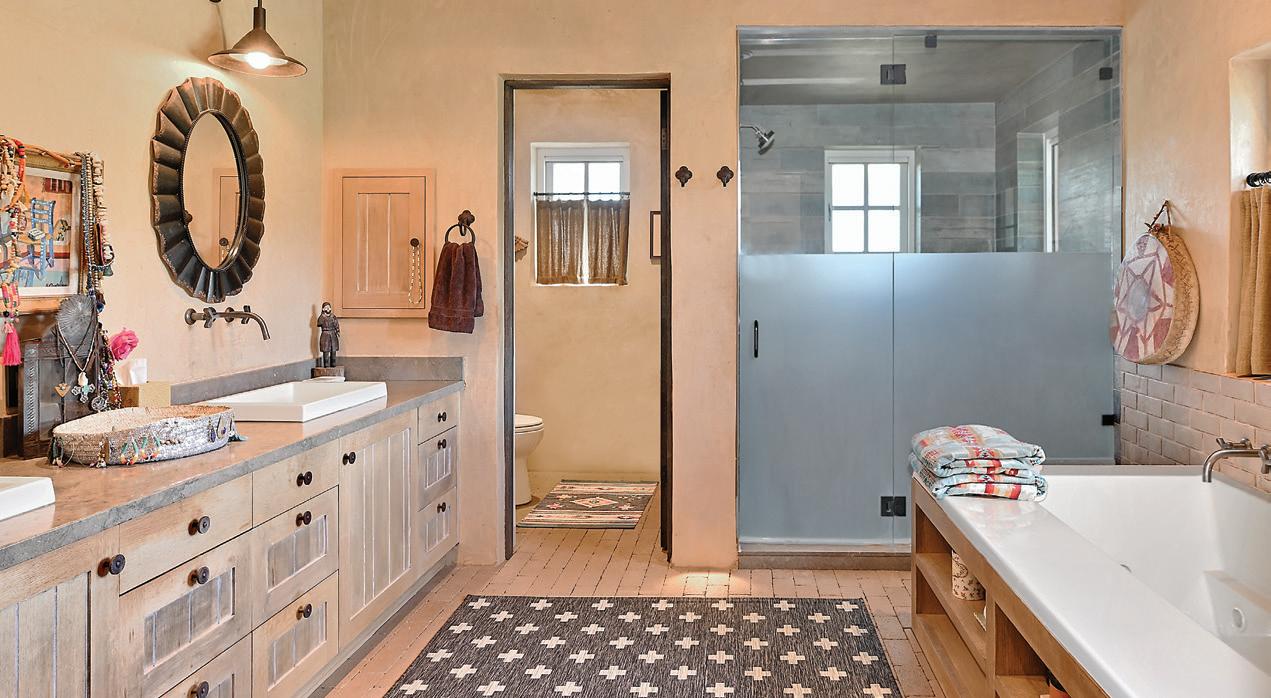
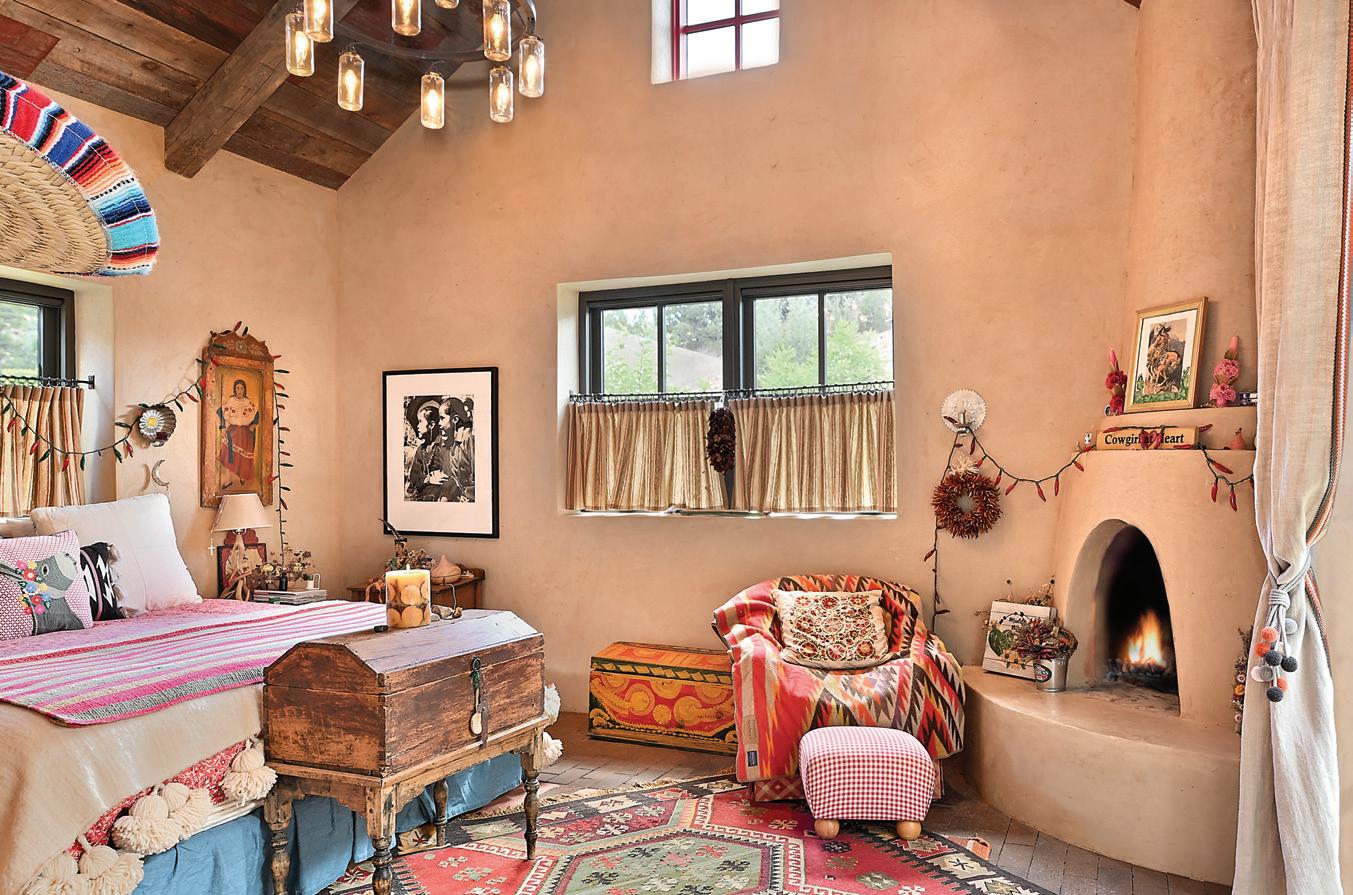
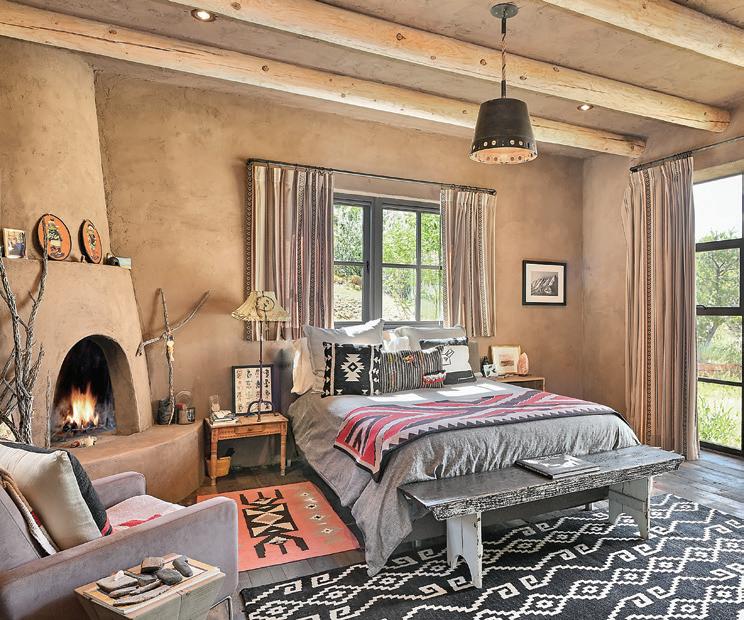
Views rush into the voluminous living room, which opens onto a portal for an awe-inspiring vantage point of the Sangre de Cristos. Pine wood plank flooring extends from the clean-lined fireplace to the dining area; exposed trusses loom overhead. Furnishings, art and textiles—many gathered over years of travel or curated here from former homes—infuse each room with its own distinct character. “Everything’s from everywhere,” Rebecca says. “Our house is a stage for my world perspective.”
Rustic, modern and industrial elements mingle in the kitchen, perfectly sized for family gatherings. Rebecca sketched the lightning-strike cabinet motif and the custom hood; Miller sourced the pendant lights and dreamed up the charming banquette. Beams from a 300-year-old Montana barn span the vaulted ceiling. Following hacienda tradition, rooms open directly into one another, without hallways, including the primary bedroom.

From its aspen ceiling hangs a tin chandelier purchased from the former incarnation of Bishop’s Lodge. Shades of pink cast a sunset hue to the rugs, patterned bench and a vibrant blanket in this grand retreat that accesses the outdoors on two sides.
The primary bathroom indulges the senses with a massive steam shower clad in wood-look tile, a Jacuzzi tub lined with display shelving and a large cedar closet for Rebecca’s 40-year collection of Santa Fe apparel and belts.
Their grown children’s bedrooms—at the back of the home with a sunroom in between—reflect their personalities. His ebony wood plank floors wear a geometric Ralph Lauren rug and an old red Navajo saddle blanket. Hers takes a softer approach with an ivory Moroccan throw, tumbled brick floors and a vintage photograph of two Navajo girls.
The solar-powered home is complete with a family room and a cozy library featuring a shepherd’s fireplace. Pottery shards found on the property share shelf space with books.
“We live our days as much outside as inside,” Rebecca says of the seamless indoor-outdoor transitions. “At night, the sky is amazing. Seeing the
Milky Way and the planets is beyond belief.”
An al fresco fire pit joins six indoor fireplaces plus one on the portal. A round pool encircled by flagstone echoes a natural swimming hole. And the modest wooden platform, built by their sonin-law for their daughter’s wedding, is a beautiful reminder of memories made year by year.
Much of the landscape belongs to Mother Nature. The couple merely tossed seeds from packets to fill in with wildflowers. “The landscape is the land,” Rebecca says. “Who’s going to improve on that?”
It’s the third home she’s designed in homage to her Encino Hills upbringing. “And so far,” she says, “I think I’ve done right by the place and the home.”
Reese notes that only the finest finishes went into the house, which he calls a “3-D art project.” He and Rebecca agree: The craftspeople made it shine. “The best tradespeople that I have at my disposal worked on it,” he says. “And with Rebecca’s eye, Mitch’s eye, Suzanne’s eye and my eye, it turned out to be a home with a real presence—an extra special place.”
In this storybook tale, “Everyone who touched the house had a joyous heart,” Rebecca adds. “Everybody has a chapter in its book.”

“We live our days as much outside as inside. At night, the sky is amazing. Seeing the Milky Way and the planets is beyond belief.”
– Rebecca Vitale Mandich
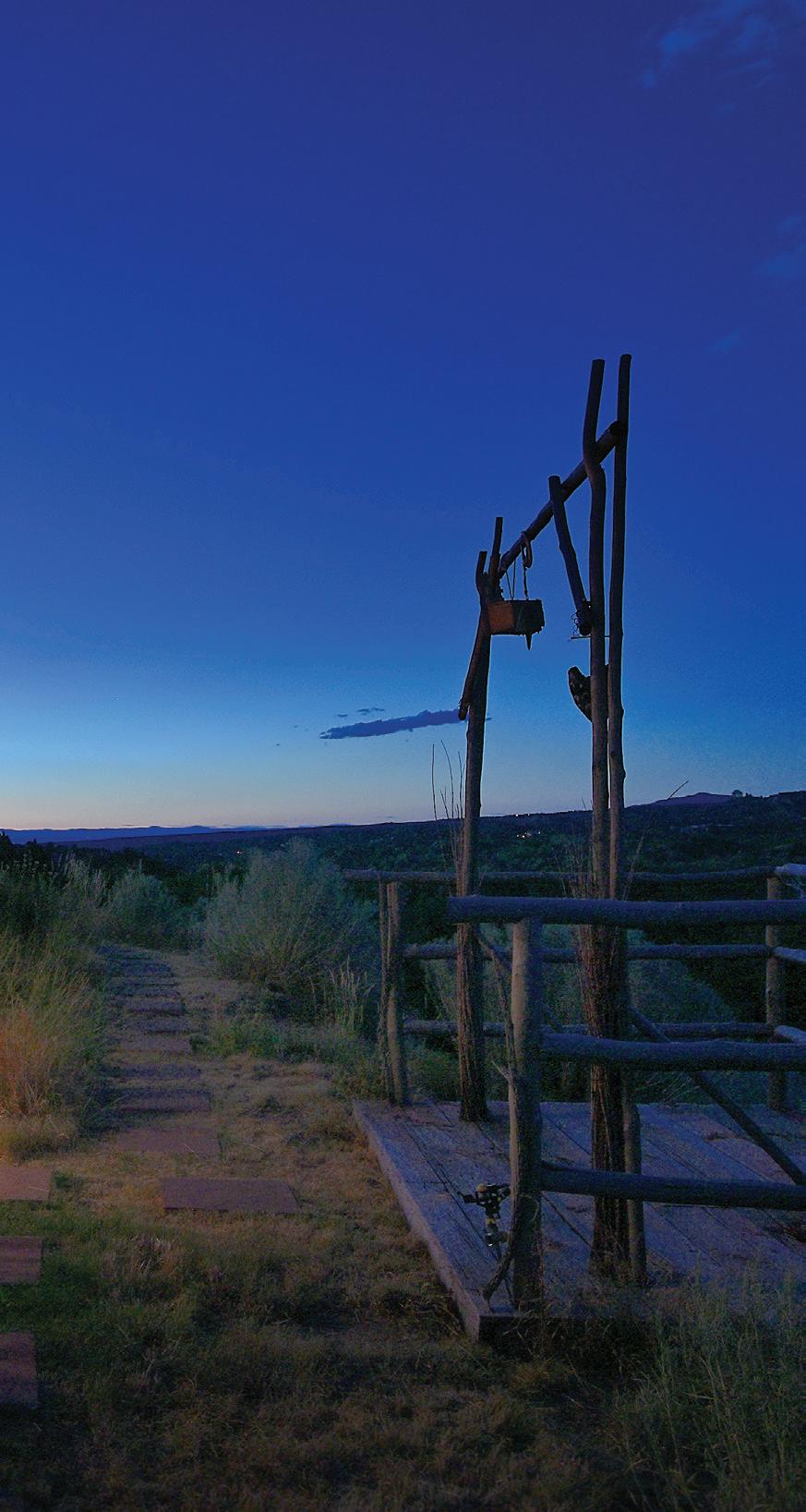
resources
Architect
Boniface + Associates
Home Builder Reese Custom Builders
Interior Design
Suzanne Miller Interiors
Appliances
Builders Source Appliance Gallery
builderssource.com
Bathroom/Kitchen Fixtures
Santa Fe By Design
Beams/Vigas/Rafters
Montana Reclaimed Lumber Company
Cabinetry
Baglione Custom Woodworks, Inc.
Searcy Woodworks, Inc.
Countertops
Sherpa Stone LLC
Doors/Windows/Sliding Window Wall
Arcadia Custom
Dutch Doors/Barn Doors
Searcy Woodworks, Inc.
Flooring
Kinney Brick Co. (Brick)
Black’s Farmwood (Wood)
Framing/Adobe Installation
Carrillo Construction LLC
Interior Doors
Baglione Custom Woodworks, Inc.
Kitchen Backsplash
Statements in Tile
Kitchen Hood
Architectural Metal, Inc.
Lighting Firefly Lighting, Inc.
Pool
Lee-Sure Pools, Inc.
by Kristen West Design
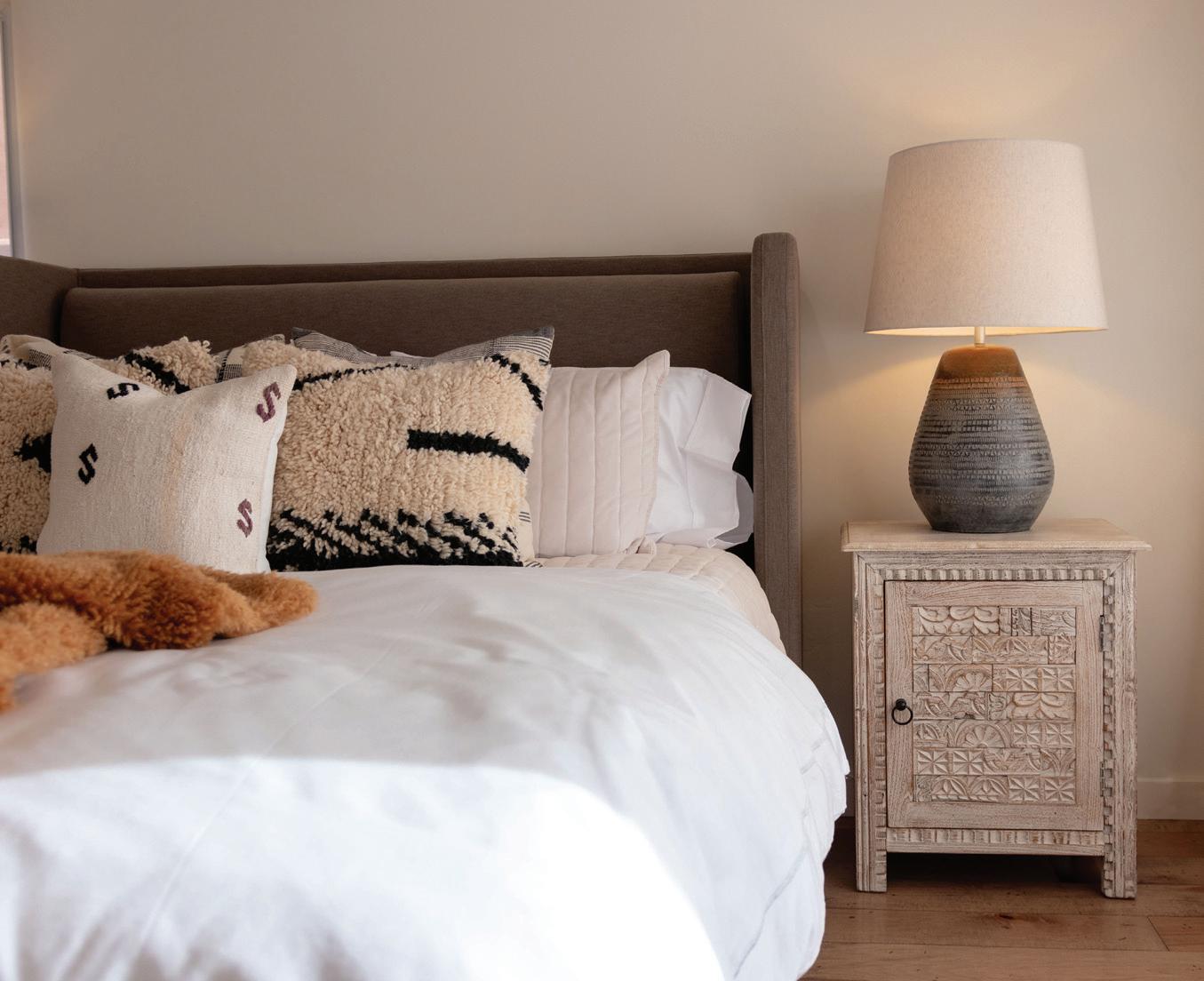
bring the power of this ancient Indian design philosophy into your home
VASTU SHASTRA has guided architecture and interior spaces for centuries and has gained momentum in the modern design world. Rooted in the same elemental principles as Ayurveda and yoga, Vastu Shastra seeks to harmonize spaces with the natural energies of earth, water, fire, air and space. It holds similarities to Chinese feng shui but with more focus on the construction and spatial organization of the home.
Vastu, meaning dwelling or house, and Shastra, meaning science or knowledge, translates to “science of architecture.” It has deep roots in Hindu philosophy and was originally applied not only in the design of homes but also in temples, cities and landscapes, instilling the idea that the design of these spaces can impact the physical, mental and spiritual health of its inhabitants.
But can it, really?
Sat Gurumukh Khalsa, a Vastu Shastra design expert at Sukhmani Designs, says it absolutely can. “The basis of Vastu is that you’re living and flowing in the natural energetic flow of the earth—the way the sun rises and sets, the direction of the earth’s rotation. Everything within the home should operate within that flow,” he says. Khalsa says implementing Vastu Shastra helped him heal from multiple sclerosis symptoms as a teenager because it put his mind and body in a more peaceful state. He suggests one of the first things a person should do is declutter. “It’s so therapeutic to get rid of stuff because we learn to let go of things that we carry around in our lives—the baggage, the bad experience, the trauma or drama, or whatever it may be that’s also weighing

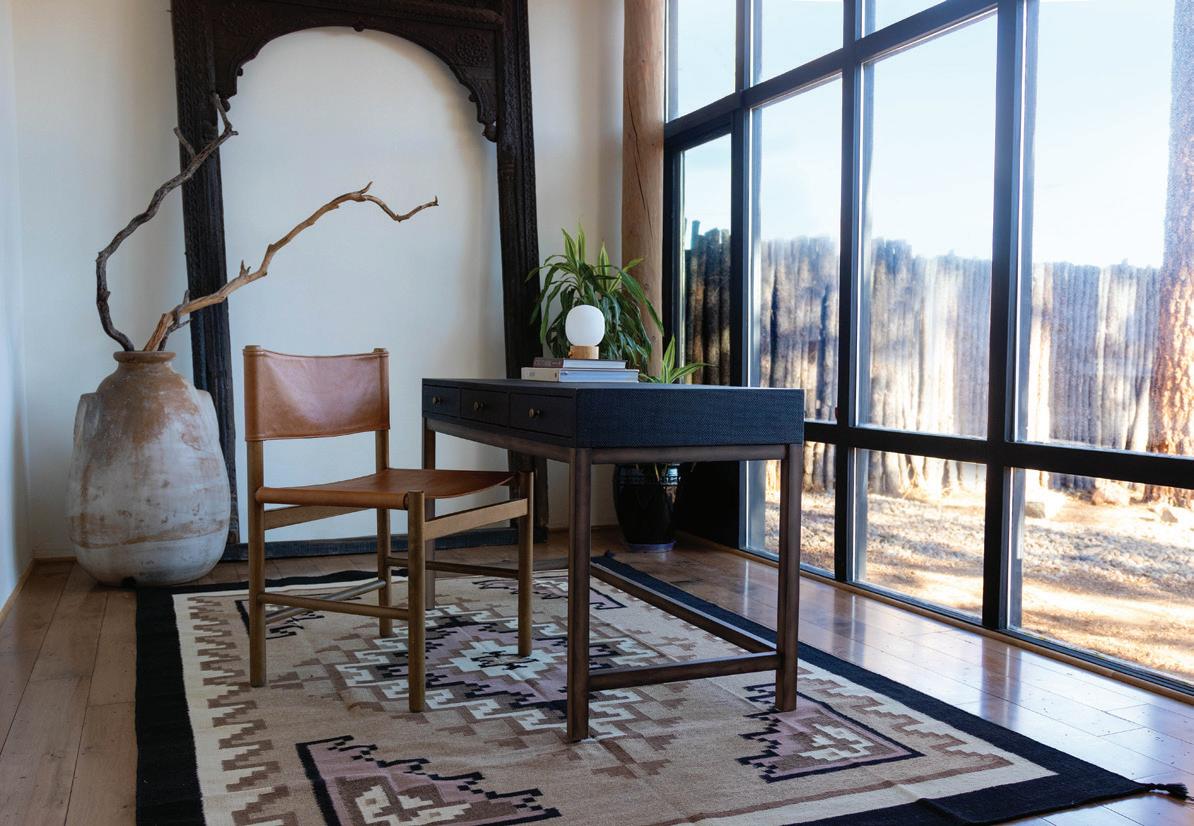
us down,” he says. “So, the first thing to do is create the vacuum to bring in new energy.”
Traditional Vastu aligns a home with that new, positive energy by corresponding each natural element with a particular direction. For example, homes oriented toward the north or east can welcome overall good energy. Rooms and features should be aligned with specific elements—fire in the southeast (kitchen and fireplaces), water in the northeast (bathrooms and water features), air in the northwest (living room and workspace), earth in the southwest (primary bedroom) and space is associated with the center.
One example that Khalsa recalls is the subtle difference the location of a plant can make. “In one office I visited, there were two identical plants on either side of the room. One was thriving, the other was wilting,” he says. “From a Vastu perspective, you could see that one was in the corner aligned with the fire element—plants and fire don’t mix.”
While its principles can be powerful tools for enhancing a home’s energy, it doesn’t need to be about perfection. Instead of creating a rigid checklist and panicking because your home is not oriented north, take a layered approach. The more principles you implement, the greater the energy becomes, creating a cumulative effect that
invites calm and well-being.
A bed aligned east or west, for example, follows the natural rhythm of the rising and setting sun and may support deeper rest. A desk facing north may promote focus and clarity. But these are starting points, not rigid rules, and there are plenty of other ways to implement Vastu principles.
Color can also play a role. Earth tones like ochre, terracotta and soft yellows resonate with both New Mexico’s landscape and Vastu’s recommendation for grounding shades. Touches of blue or green in the north or east rooms can mimic water and air elements, creating a calm atmosphere. Minor adjustments like repositioning furniture or decor, adding natural elements and incorporating those earthy colors can make a big difference.
If you’re looking for a complete overhaul or feel unsure where to start, hiring a designer specializing in Vastu Shastra can be a vital part of the journey. Getting an expert to weigh in can take the pressure off and provide a road map for your space.
Whether you make a few small changes or go all in, incorporating Vastu Shastra principles can help your home feel lighter, calmer and more connected to the energy around you.
Have you considered a new garage door to boost your home’s curb appeal? Today’s garage doors come in various styles to align with your home’s aesthetic, including classic carriage house–style doors, sleek modern panels, and rustic wood or wood-look finishes. If you add windows, there are dozens of shapes and glass styles to create a custom design just for your home. In addition to amping up your exterior, a new garage door can improve your home’s efficiency with improved insulating properties. A properly insulated door helps regulate the indoor air temperature, reducing heat gain in the summer and heat loss in the winter. This enhances comfort inside the garage and lowers overall energy costs if the garage is connected to your home. Protect your home against New Mexico temperature swings and turn heads at the same time.

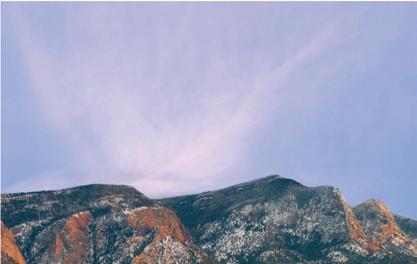
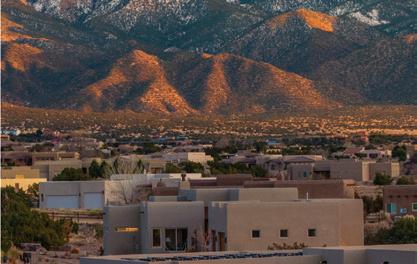
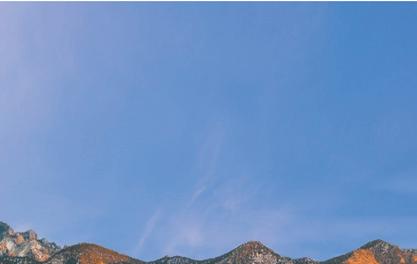

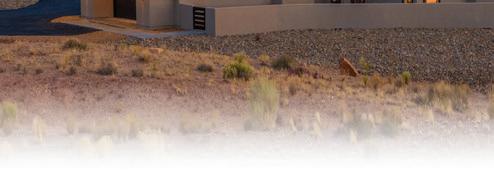
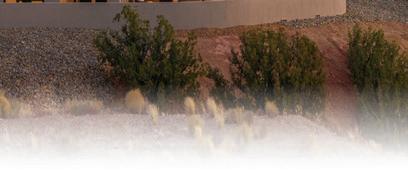



by Paula M. Bodah
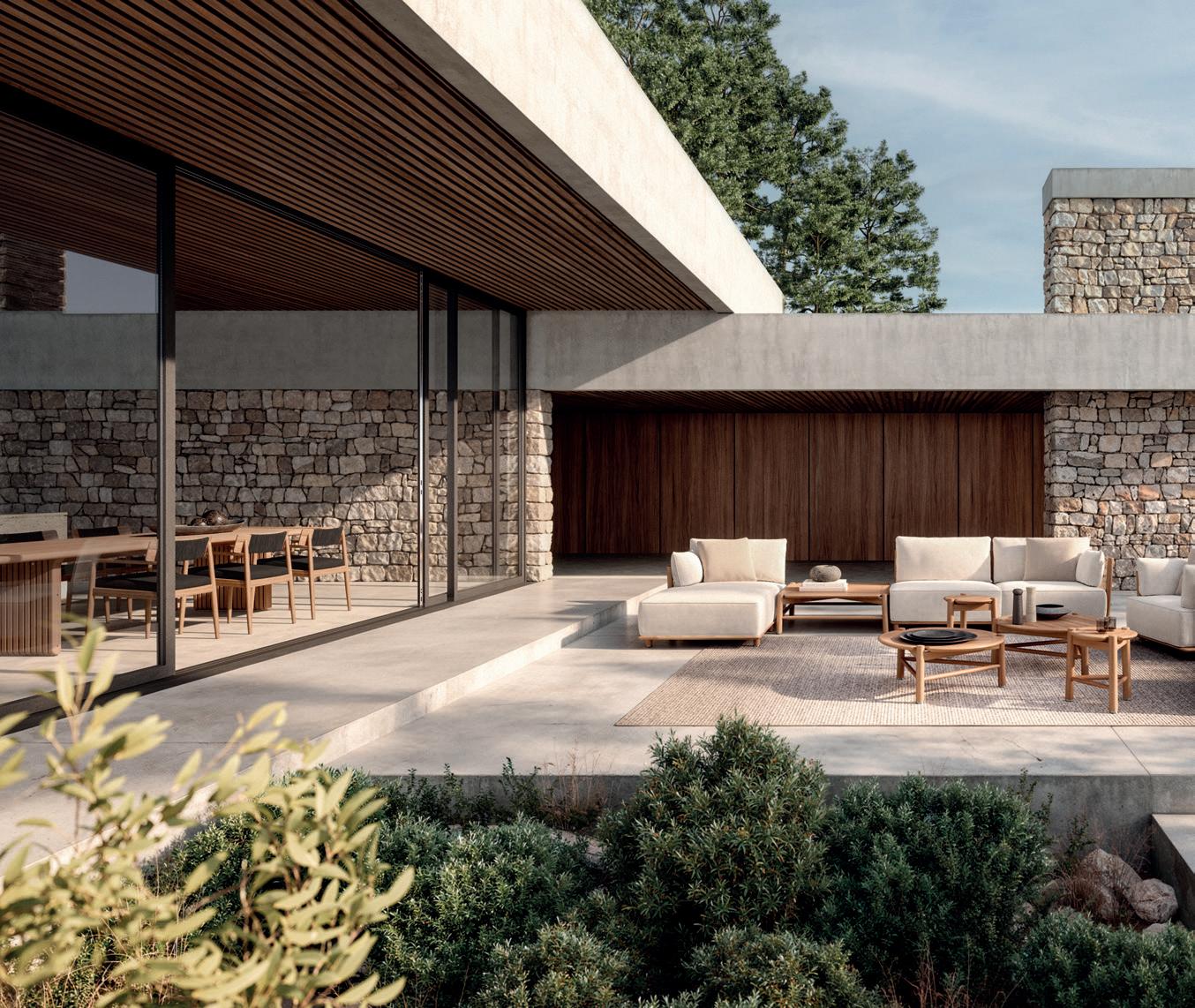
for an enviable backyard, choose your outdoor furniture carefully and follow a few simple steps for maintenance
IS THERE ANYTHING MORE DELIGHTFUL than lounging comfortably in your own backyard on a sunny day or a starlit evening? In this part of the world, where we are lucky to have so many bright days and clear nights, the outdoors is truly an extension of the home. And just as you select your indoor furniture carefully, the pieces you choose for your deck, patio or pool area deserve the same attention.
When it comes to styles, there’s something to suit every taste. Teak furniture is always a popular choice for New Mexico homeowners, says Sage Rentfrow of The Firebird, a Santa Fe company that offers a wide range of outdoor furniture. “Teak has a distinctive and luxurious
look that never goes out of style,” he notes.
Part of the appeal of teak, besides its classic good looks, is its sustainability. While logging practices have, sadly, destroyed many of the world’s natural teak forests, the tree has managed to avoid becoming endangered, thanks to large plantations in Indonesia, Africa, Southeast Asia and Latin America.
Homeowners who favor a more contemporary look might opt for furniture made of powdercoated aluminum or steel or high-density polyethylene (HDPE), a petroleum-based plastic that’s virtually indestructible. Both powdercoated and HDPE materials are easy to care for, long-lasting, and come in an array of styles and


colors. HDPE furniture is often injected with UV inhibitors so it won’t fade, while powder-coated pieces are treated with a UV-resistant finish.
The decision between teak and HDPE or powder-coated options might come down to how you feel about maintenance. Teak will weather and fade over time, although if you invest in highquality products, they will last quite a few years. Keeping teak furniture clean with occasional dusting or hosing down and applying oil once or twice a year to help the wood retain moisture will go a long way toward extending its life.
Powder-coated and HDPE furniture needs very little maintenance. Dusting or hosing it off regularly, especially in pollen season, will keep
it looking good, even if you leave it out all year long. If you find it looking a bit grimy, a mild dish soap, warm water and a sponge will restore it to its original beauty.
Once you’ve chosen your furniture, you’ll need cushions. Once again, don’t skimp on quality. Look for cushions in a high-performance fabric, such as Sunbrella, which is water- and faderesistant. Look for cushions made of reticulated foam, which doesn’t hold moisture, meaning you don’t have to worry if a rainstorm comes in before you get a chance to put the cushions away. While covering your outdoor furniture at night can help keep some dust at bay, keeping it covered for long periods might not be a sensible
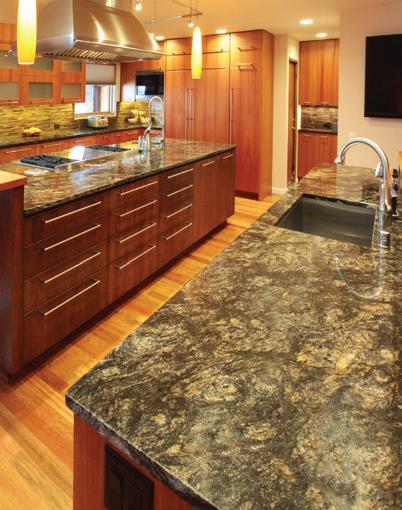


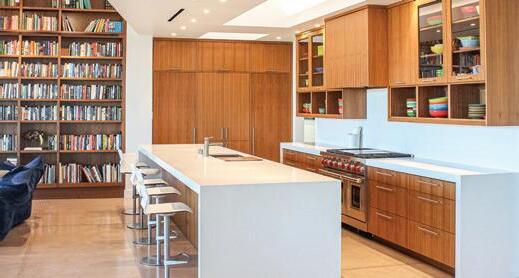
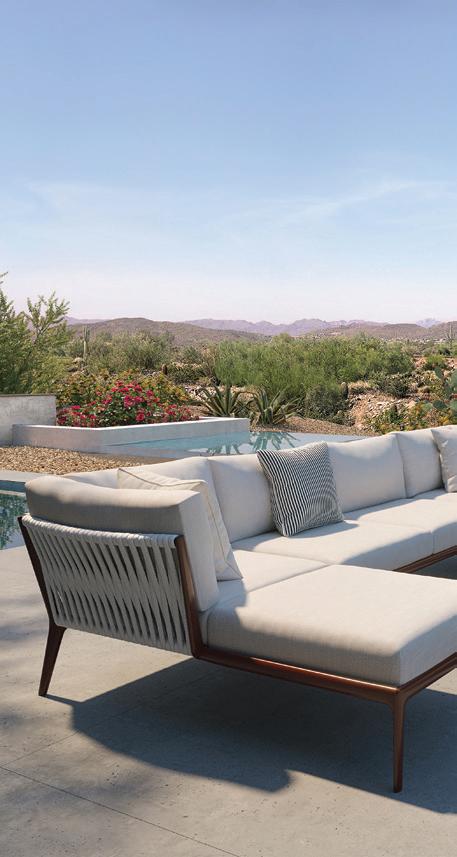
option. Rentfrow cautions against the practice because, he says, “Covered furniture makes a nice home for mice.”

Carefully considered landscaping can also help protect your furniture. Shade trees keep the sun from fading furniture and fabrics, while hedges can subdue breezes that blow in dust and pollen.
Jeremiah Kidd, a landscape designer with Santa Fe’s San Isidro Permaculture, suggests planting a hedge that does double duty, mitigating the wind while acting as a habitat and food source for pollinator birds and insects. He recommends fruiting shrubs such as golden currants, elderberry or western sand cherry. A well-placed
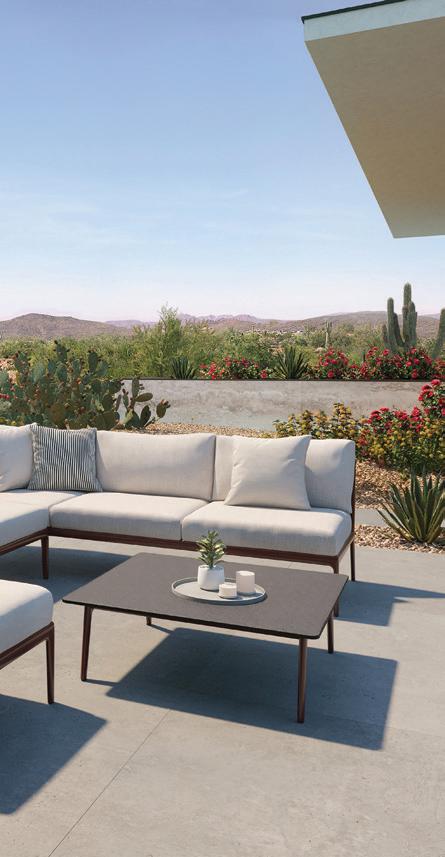
















































From living room lounging to bedroom bliss, transform your home into a sanctuary of comfort and sophistication with handcrafted furniture from The Amish Connection. Whether you’re drawn to the contemporary comfort motion seating collection (shown above) or a traditionally modern bedroom suite (shown below), we offer timeless style with customizable options to make it your own.




trellis with various climbing plants can also offer shade and wind protection while adding a pretty accent to your outdoor sitting area.
Finally, awnings, pergolas and retractable shades are all options for keeping the elements at bay, keeping you and your guests comfortable, and protecting your outdoor furniture investment.
resources
The Firebird thefirebird.com
San Isidro Permaculture
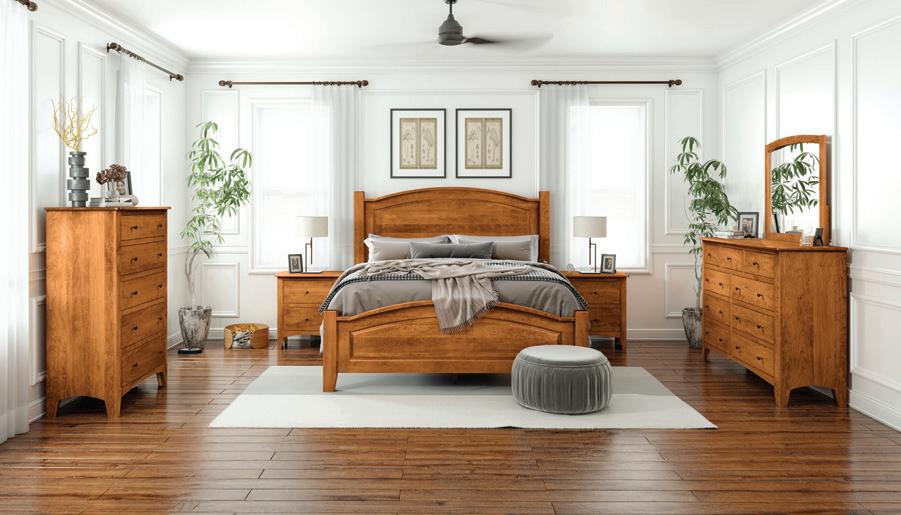
by Lexi Marshall
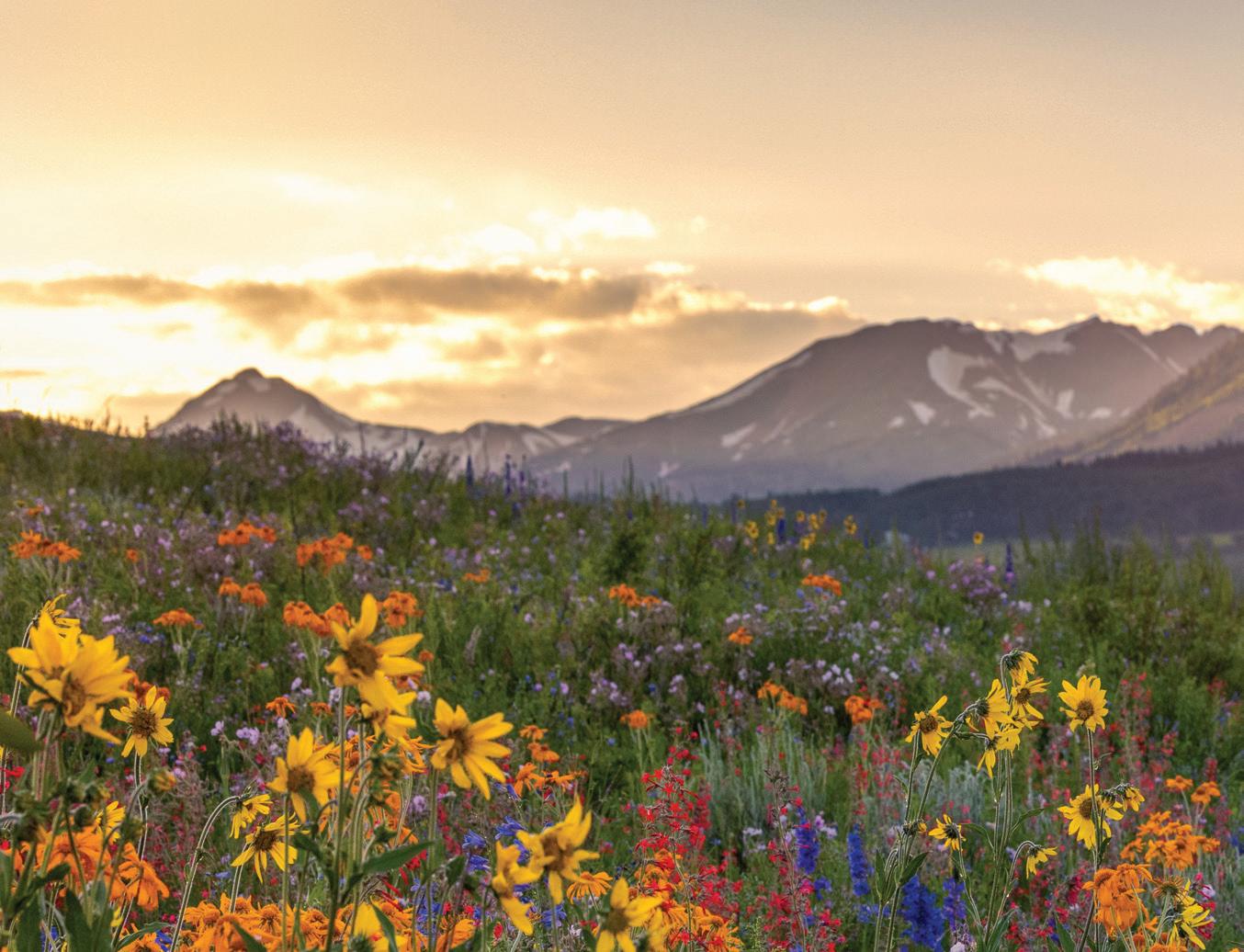
EACH SUMMER, the valleys, meadows and mountainsides of Crested Butte, Colorado, burst into an extraordinary display of natural color. Often called the “Wildflower Capital of Colorado,” this high-elevation haven transforms into a living canvas of blooms—fiery Indian paintbrush, delicate lavender columbine, vivid purple lupine and whimsical elephant’s head are just a few of the floral celebrities putting on a show. For hikers, artists and nature lovers alike, Crested Butte offers a sensory-rich summer experience that’s more than worth the trek.
While July marks the height of wildflower season, blooms begin in late spring and can linger into August depending on snowmelt and elevation. Locals say that no two seasons are the same, and that’s part of the magic. Some years, the lupines come in strong and early; other years, you’ll see an explosion of sneezeweed, monkshood or elephant’s head.
According to wildflower expert Rick Reavis, Crested Butte is home to more than 1,500 flowering plant species. If you’re new to wildflower spotting, start with Colorado’s state flower: the Rocky Mountain columbine. With white petals, lavender sepals and a golden center, it’s a favorite among both photographers and pollinators. The feathery Indian paintbrush comes in fiery reds and oranges, while

lupine forms lavender-colored spires across open fields. The more elusive elephant’s head gets its name from the bloom’s uncanny resemblance to a tiny pink elephant— trunk and all.
Experts note that learning to identify just a handful of native species can transform how you experience the outdoors. Once you know what to look for, you start noticing the finer details—like alpine forget-menots tucked into rocky crevices or the way sunlight illuminates the petals of a mariposa lily.
You don’t need to sign up for a tour to immerse yourself in this floral phenomenon—though the Crested Butte Wildflower Festival (July 11–20, 2025) offers an abundance of expert-led hikes, jeep tours, art classes plus writing and photography workshops. This 10-day event is the community’s signature celebration of the wildflower season, and it’s an ideal way to deepen your appreciation
for Crested Butte’s blooming bounty.
Blooms change with the elevation, so hikers can experience different micro-ecosystems depending on the trail’s altitude. Just remember: with great beauty comes great responsibility. Follow Leave No Trace principles— don’t pick flowers, stay on the trail and resist the urge to make your own “flower beds” for photos.
To make the most of your time, consider staying near downtown Crested Butte or Mt. Crested Butte for easy trail access. Options range from boutique inns and vacation rentals to campsites tucked into Gunnison National Forest. Crested Butte Mountain Resort offers some of the area’s most convenient lodging with free transportation into town every 15 minutes via the Mountain Express bus system. The Grand Lodge and Lodge at Mountaineer Square are just steps from the base area and trails, while Elevation Hotel & Spa partners with the Wildflower
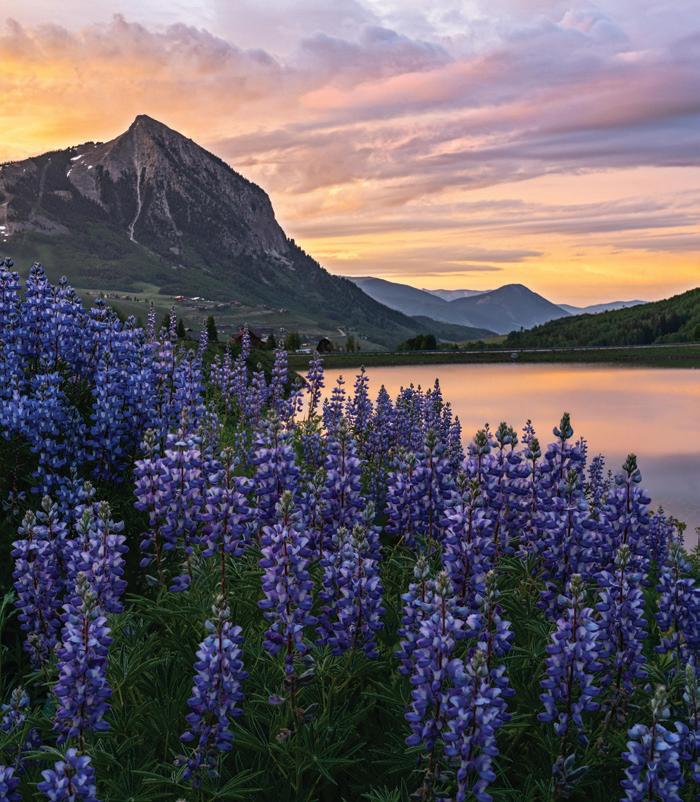
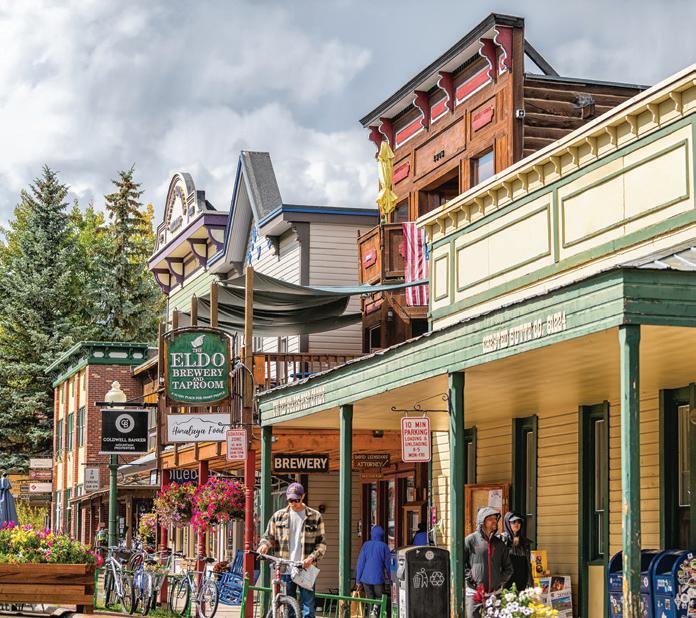


Festival for discounted lodging.
The Umbrella Bar, located at the top of the Columbine Trail, pairs sweeping views with hearty soups, appetizers and cocktails. At the base area, Butte 66 serves up smoked wings, burgers, salads and other comfort fare. Refueling in town? Start the day with a hearty grab-and-go breakfast plus the best coffee in town at Camp 4 Coffee or grab a hearty brunch at McGill’s. Try the quirky local-favorite Teocalli Tamale for—you guessed it—tamales and mid-afternoon margaritas (grab a seat outside for people-watching), savor pizza perfection at Secret Stash or unwind creekside with sushi and noodles at Ryce Asian Bistro. For a posthike toast, Montanya Distillers serves up highaltitude craft rum cocktails in a rustic-chic space just steps from the wild.
From spiny cacti to storybook meadows, Crested Butte’s wildflowers are more than just beautiful—they’re a fleeting reminder of nature’s wild and wondrous rhythm. Bring your camera, lace up your boots and prepare to fall in love with one of Colorado’s most colorful summer traditions.
David Kish, executive director of the Wildflower Festival, recommends several top trails in the area.
Rustler’s Gulch: A high-alpine classic, offering a kaleidoscope of blooms framed by dramatic peaks.
Washington Gulch: Accessible and stunning, with fields of lupine and plenty of columbine.
West Maroon Pass: Famous for wildflowers and views alike, especially mid-July.
403 Trail: A more challenging route with huge color payoffs.
Lower Loop: An easy, often wheelchair-accessible trail perfect for families or casual walkers.
Katie Lyons of Crested Butte Mountain Resort (CBMR) adds a few more can’t-miss flower-viewing spots, both on and off the resort.
Judd Falls: A short, family-friendly hike with sweeping views of the East River Valley and Gothic Mountain, plus a beautiful waterfall at the end. Even the drive to the trailhead is filled with floral eye candy.
Brush Creek: Just a few miles outside town, this out-and-back trail dazzles with early-season wildflowers like lupine and mule’s ear sunflowers.
Columbine Trail (CBMR): Wraps around lush hillsides near the base area with sweeping views and flowers like larkspur, paintbrush and Aspen Sunflowers.
Meander Trail (CBMR): A longer hike or bike ride down the back side of the resort, offering views of the East River Valley and fields of cow parsnip, lupine and Scarlet Gilia.
Westside Trail (CBMR): A favorite of mountain bikers, this smooth, flowing trail boasts views of Whetstone Mountain and wildflowers like Showy Goldeneye, fleabane and asters.
Mt. Crested Butte Summit Trail (CBMR): For the adventurous, hike or ride the lift to the base of this challenging, boulder-strewn summit route. Alpine wildflowers like Arctic gentians and moss campion reward the effort with beauty rarely seen below 12,000 feet.

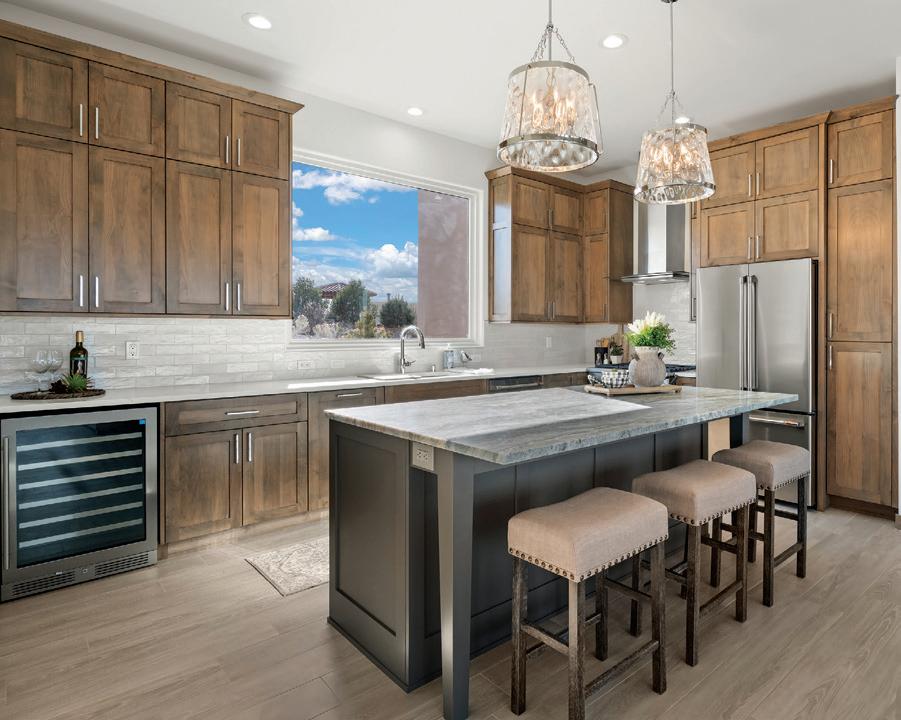


by Kristen West

Old Town district, where adobe walls whisper centuries of stories, Lapis Room Art Gallery + Gift Shop invites visitors to explore a blend of art, culture and intention. This locally owned gallery is more than a space to view art—it’s a multi-sensory journey into the beauty of the human spirit.
The gallery’s light-filled interior showcases original works by regional artists, from contemporary paintings and photography to ceramics, jewelry, handmade goods and unique gift shop items. Everything is carefully chosen to reflect the cultural richness of New Mexico and the greater Southwest.
Lapis Room also boasts a direct connection to a well-adored local winery, Noisy Water Winery. This means that customers can grab a glass of wine or cider to take with them into the gallery or even make a day out of the experience while they take in the vibrancy of Old Town.

Connecting to the winery has enabled the gallery to help individuals start their art collections, says Meg Grgurich, Lapis Room’s deputy director. “An art gallery can be inherently intimidating sometimes,” she says. “Bringing people in through the winery has created good flow and attracted a lot of first-time art buyers since there’s something for everybody at all different price points.”
At the entrance, a small gift shop welcomes guests with locally made goods—each vendor handpicked for the unique value they bring to the community. In the gallery, customers can browse exclusive, original paintings and sculptures as well as a wide range of artist prints.
Lapis Room also aims to create a fusion of the arts by integrating the world of sound into the experience. Sound has always played an essential role in the gallery’s ambience, whether through subtle background music, a local musician playing live or ticketed events like poetry readings or a mindful Alan Watts–inspired meditation event.
Grgurich says one of the things she loves most is witnessing the evolution of some artists featured at Lapis Room. For example, Adam Bustamante, a classically trained oil painter, experienced a sudden change of style this past year after letting go of certain self-assigned expectations. “Now, his work is super expressive, and it’s all of the sudden very colorful,” Grgurich says. “It’s really cool to see an artist have a growth moment like that where they just mix it up.”
The gallery features a variety of artists, from comic book, sequential art and animation creative Beedallo to Joshua Patterson, who bridges the gap between graffiti and fine art. In addition to rotating exhibitions, Lapis Room hosts regular creative and social events, all aimed at building community and deepening appreciation for local talent.
The gallery is open seven days a week. It has grown organically with the neighboring businesses in Old Town since its opening in 2021, right when the area’s small business culture was yawning back to life. “Albuquerque’s art scene right now is really buzzing,” Grgurich says. “This town feels inherently connected to the Lapis Room story, and we’ve been able to work with some great people. It’s the perfect spot for us.”
















































by Heather Hunter

with the purchase of The Pink Adobe, the owners lean into its legacy and make it better
WHEN YOU OWN THE MOST LUXURIOUS, well-appointed and highly revered boutique hotel in the historic Barrio de Analco in Santa Fe, The Inn of the Five Graces, adding one of the city’s iconic restaurants—coincidentally located behind the hotel—to the portfolio of distinctive venues is a match made in heaven. That is why Ira and Sylvia Seret and their son, Sharif, owners of the notable Seret & Sons, a one-ofa-kind designer store on Galisteo Street, bought The Pink Adobe and Dragon Room Bar in December 2022.
Two years into this acquisition, the newly positioned and strong leadership team behind these brands is ready to build on the legacy. The Inn of the Five Grace’s general manager, Kevin Geanides, says, “We are excited about having such a historical and legendary restaurant. Our goal is to hold on to the legacy and bring the restaurant into the fold of The Inn of the Five Graces and the high level of service that we present. There are legacy dishes
that we are refining and making even better.”
With more than 80 years of culinary history and known as perhaps the first restaurant in town to serve green chile enchiladas and seafood dishes, The Pink Adobe remains a local treasure. Rosalea Murphy, the original owner and artist, came from New Orleans and incorporated her creole recipes with Southwest flavors to create a unique menu featuring the playful amalgamation of Cajun and New Mexican dishes. It is no surprise that the famous steak Dunigan, Clams Lucifer and the enchiladas continue to dazzle customers today.
“We are bringing some more Cajun items—bayou jumbo shrimp and poulet creole—to get back to our roots,” executive chef Andrew Fox says. “I am working with some of the farmers at the Santa Fe Farmers Market to source locally grown tomatoes for the tomato salad with burrata and mushrooms in both the tournedos bordelaise and the
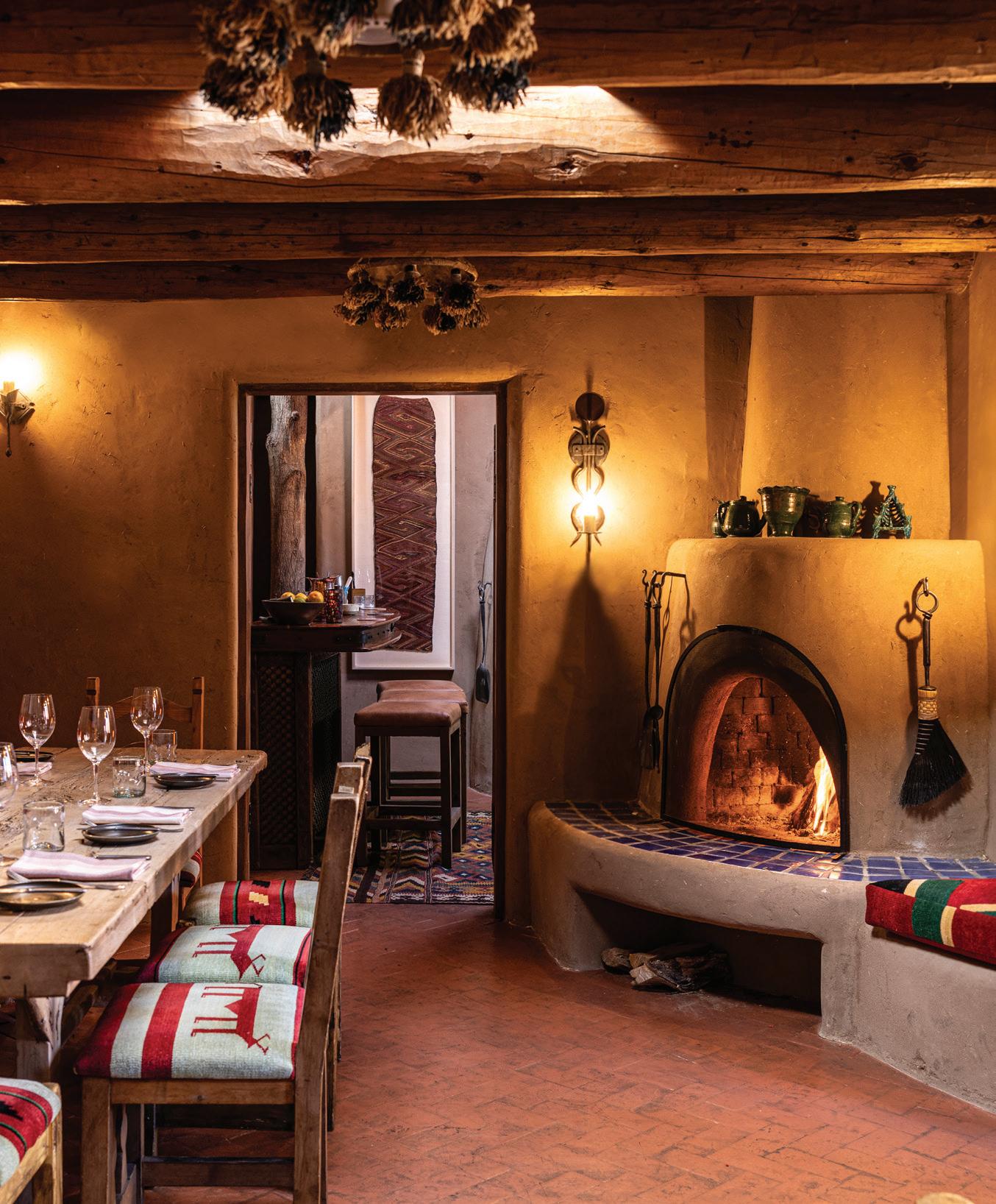
“We are excited about having such a historical and legendary restaurant.”
– Kevin Geanides
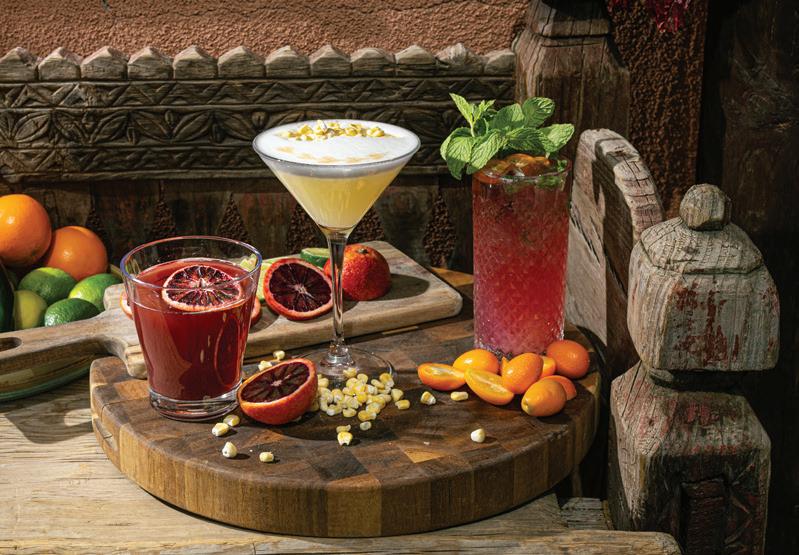
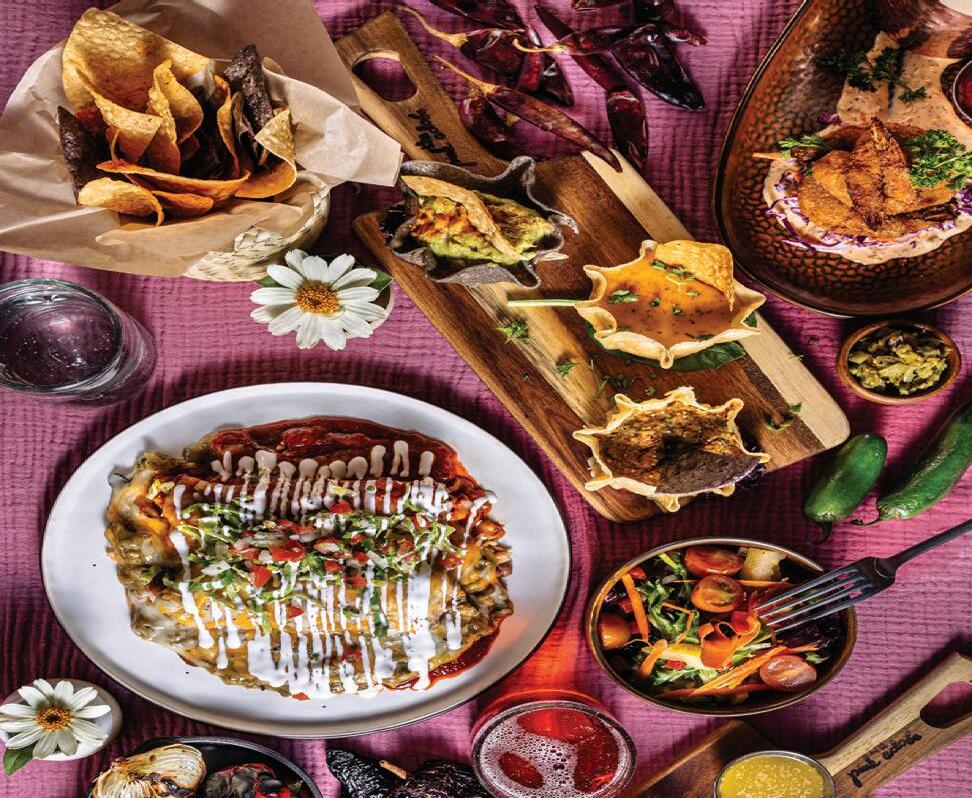
steak Dunigan, two legendary and classic dishes that we have improved upon.”
With patio season in full bloom, the restaurant’s outdoor area is primed with brand-new teak tables and chairs that give it a welcome upgrade. It seamlessly connects the restaurant and the beloved Dragon Room Bar, which remains a place where people come to see and be seen and sip on adult beverages with old friends and make new ones. While there have been a few additions to the bar menu, the team continues to make improvements with the interiors—and The Pink Adobe and Dragon Room Bar are getting the love and attention they deserve.
And though these venues are all about the food and beverages, the interior is all about the art and decor, which is another reason why the Seret family wanted to align these historic culinary spaces with The Inn of the Five Graces.
It is estimated that 85 percent of the art on The Pink Adobe’s walls are Rosalea’s original creations, but about 15 percent of inspirational pieces come directly from the Serets’ extensive collection, including framed Nazca textile panels and ponchos that date back to 200–600 C.E. and other Indigenous pieces from Peru. These signature elements bring even more character and refinement to this well-established restaurant, and the exquisite hand-blown glass chandelier in The Dragon Room is another example of how the Seret family has elevated these spaces with their impeccable taste.
“The Pink Adobe has always been known as a place for artists. Rosalea was a well-known artist in her own right and lent her artistry to the guest experience,” Sharif Seret says. “We have always considered ourselves artists above anything else. The Five Graces was created to showcase our artistry in tile mosaics and design, creating unique spaces for our guests to experience. In this same spirit, we are able to continue this legacy for The Pink Adobe.”
In a world where homogeneous is typically at play, this kind of originality, history, art, and tasty dishes and beverages will continue to bring attention to The Pink Adobe and the Dragon Room Bar for the next century.


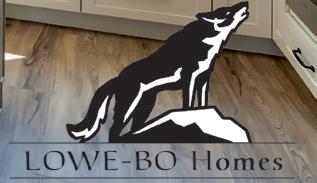

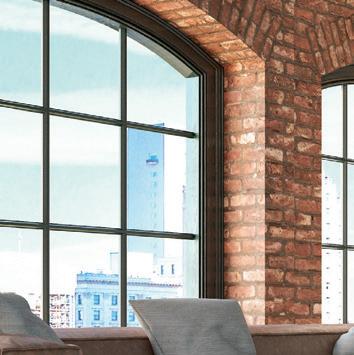
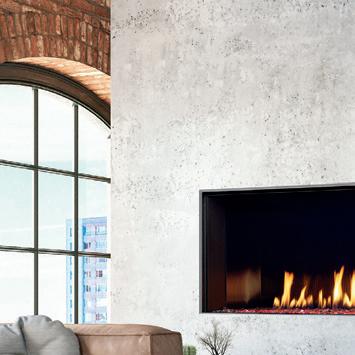



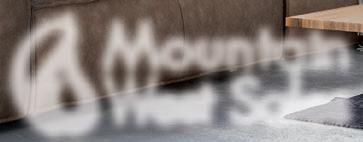

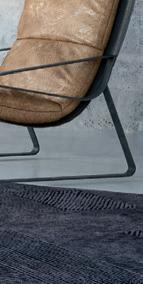


by Haley Rae Shoning

make getting enough water easy during the summer—and year-round
IN THE HEAT of a New Mexican summer, proper fluid balance isn’t just a good idea—it’s essential. Our bodies depend on water for almost everything. Every cell, tissue and organ needs it to keep us healthy. Proper hydration fuels your energy, sharpens your focus, aids digestion and keeps your muscles performing at their best. High temperatures and direct sun speed up fluid loss, meaning dehydration can sneak up on you quickly.
A simple—and tasty!—way to keep water top of mind? Create an at-home hydration station with everything you need to cool down, boost those electrolytes and stay refreshed.
Your hydration station should be a go-to spot in your kitchen, stocked with all the refreshing essentials. Start by setting up a drink cart or tray or by multi-purposing a coffee bar—this becomes your dedicated space for filling up on water or mixing up super-hydrating beverages. Next, load it up with the basics: filtered water, coconut water and your favorite seltzer flavors. Don’t forget the drinkware, including Mason jars, colorful water bottles and reusable straws.
Now for the fun part: Get creative with hydrating add-ins to keep your daily water lineup fresh and flavorful. Stock a mini fridge with pre-sliced lemons, limes, cucumbers and strawberries for an

Hitting your daily water intake won’t feel like a chore—it’ll become a simple, satisfying act of self-care.
easy fruity twist. Add herbs like mint or basil to bring a refreshing boost to any bottle or glass. Bonus points if you grow your own. Placing a small herb plant near your sip sanctuary means fresh flavor at your fingertips. You can also put any of these add-ins into ice cubes for a lovely and tasty way to cool down. For an extra wellness boost, keep a pretty glass canister or bowl filled with electrolyte powders and tablets so they’re easy to grab and go.
Consider a ready-to-sip hydrating mocktail when you’re in the mood for a more playful beverage or a body-friendly alternative to your evening cocktail. A prickly pear agua fresca evokes the spirit of a New Mexican desert oasis—simply puree peeled prickly pears, strain, and mix with water and a dash of lime. Or pour seltzer over frozen berries and add a splash of lemon to create a bubbly berry fizz. On those particularly scorching days, blend chilled watermelon with a squeeze of lime for a refreshing taste of summer. Keeping all your refreshment essentials in one convenient spot makes it easy to turn staying hydrated into a habit. With the addition of delightful drinkware and endless flavor combinations, hitting your daily water intake won’t feel like a chore—it’ll become a simple, satisfying act of self-care. Whether you’re refilling a colorful bottle or mixing up a fresh fruit infusion, your hydration hub turns everyday sipping into something you can look forward to throughout the day.



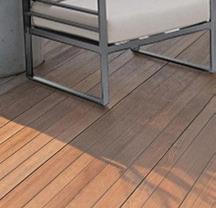



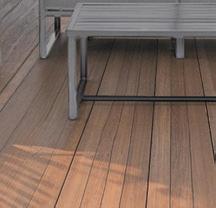

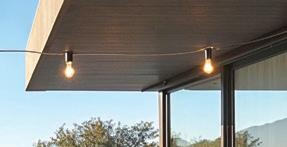
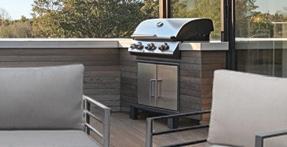




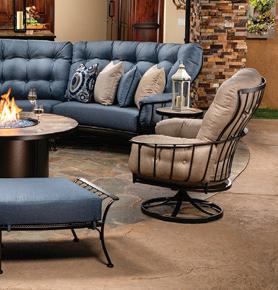



























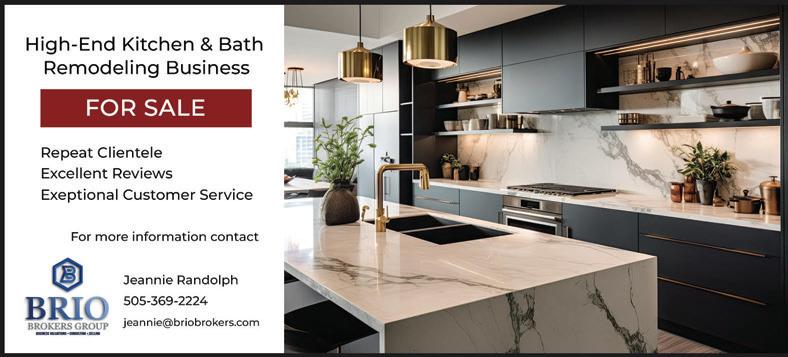

What if your home could protect your family from severe weather with less damage and lower repair costs? Resilient design achieves this with durable materials, advanced techniques and strategic planning that help your home withstand and recover from extreme weather. While building codes have improved, they often don’t address all resilient upgrades, and older homes may lack modern protections. Updating your home enhances safety, durability and sustainability, saving money by reducing repair costs.
New Mexico’s diverse climate—ranging from arid deserts to snow-covered mountains—includes extreme summer heat, severe winter cold, wildfires driven by dry conditions and high winds, as well as moderate seismic activity, mainly concentrated in the Rio Grande rift, making resilient design essential. The state also faces frequent severe weather conditions, including thunderstorms, flash floods, droughts and occasional hail, emphasizing the need for innovative planning and protection against these risks.
To help your home withstand these diverse weather challenges, consider upgrading based on the risks you will likely face. In wildfire-prone areas, using fire-resistant materials like metal roofing and concrete siding, along with fire-resistant landscaping, can significantly reduce the risk of ignition. Clearing flammable vegetation and creating defensible space around your property offers additional protection. Flood-prone areas require elevating your home and installing efficient drainage systems to protect from water damage. For hailstorms, which can damage roofs, windows and siding, installing impactresistant roofing materials, storm shutters or laminated glass windows can help prevent costly damage.
In areas with freezing temperatures, insulating exposed pipes in attics, basements and garages, along with using heating cables or foam insulation, can prevent burst pipes and water damage. Drought is a growing concern, and homeowners can conserve water by installing water-saving faucets, toilets and appliances, as well as incorporating rainwater harvesting and droughtresistant landscaping.
Extreme heat, which is becoming more prevalent, can be managed by adding energy-efficient windows, shading elements like awnings or trellises, and reflective roofing materials to keep homes cooler. Proper insulation and air-sealing also help maintain comfort during heatwaves. In earthquake-prone areas, securing heavy furniture and appliances and adding seismic straps to water heaters can prevent tipping and damage during quakes. Finally, renewable energy solutions, such as solar panels with battery storage, provide backup power during outages, ensuring essential systems remain operational during storms or extreme temperatures.
These upgrades may require an initial investment but can save money longterm by reducing repair costs, potentially lowering insurance premiums and promoting sustainability.

Carol Orona holds a master’s degree in architecture and is nationally recognized for her dedication to high-performance, sustainable buildings. She is passionate about building science and enjoys sharing her expertise and inspiring others.
Longing to fend off pesky bugs that threaten to ruin an outdoor evening but dislike the smell of conventional bug repellants? Make natural ones that smell great and add beauty to your outdoor ambience. It just takes a few supplies. Use a mason jar or other similarly sized clear glass container. Add some fresh-cut herbs such as rosemary or mint. Insert some lemon and lime slices. Add 10 to 20 drops of essential oil of your choice—citronella (if you don’t mind that fragrance), eucalyptus, thyme, tea tree or lavender work best to ward off pests. Fill the jar with water and the top with a floating candle for an aromatic, warm glow. For a large outdoor gathering, place several around your entertaining area. says …
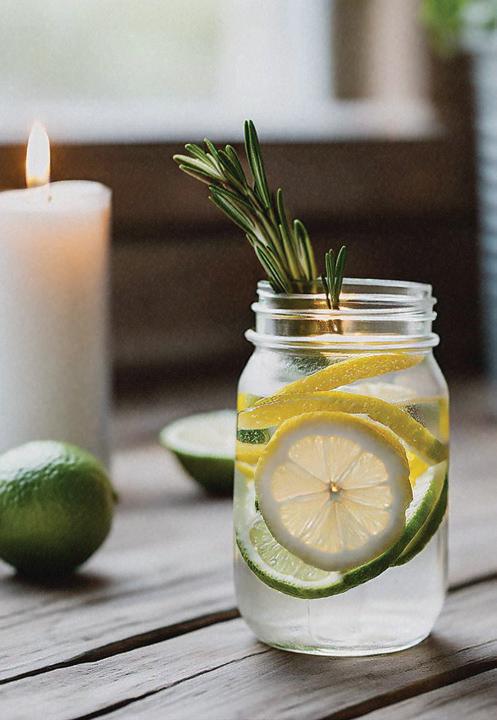
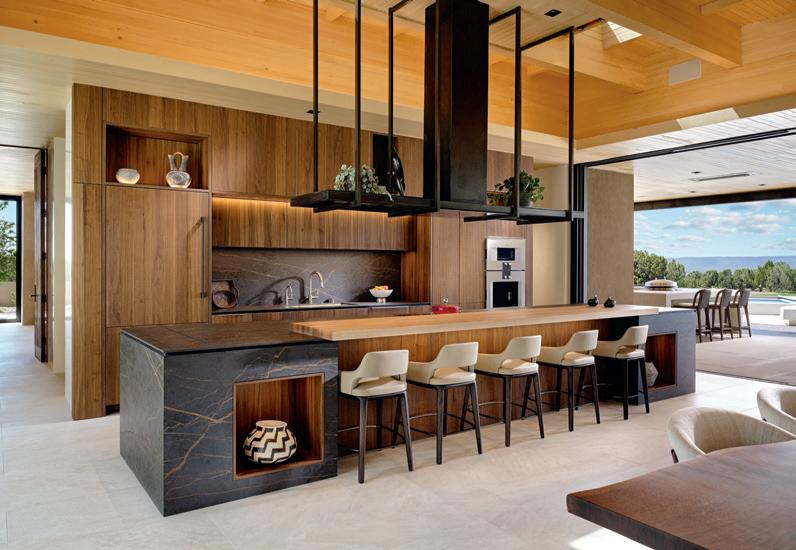


Nearing a century of innovation and award-winning kitchen designs, LEICHT continues its long tradition of quality, sustainable production at an incredible value. DMC is the exclusive representative of LEICHT in New Mexico and has proudly served Santa Fe as the premier cabinetry and home restoration company since 1997. DMC provides full service contracting with exceptional attention to customer service. For new construction and remodeling, our world class showroom provides builders and homeowners the opportunity to experience our full suite of cabinetry offerings, custom designed to meet any budget. Please contact DMC for an appointment.
by Appointment











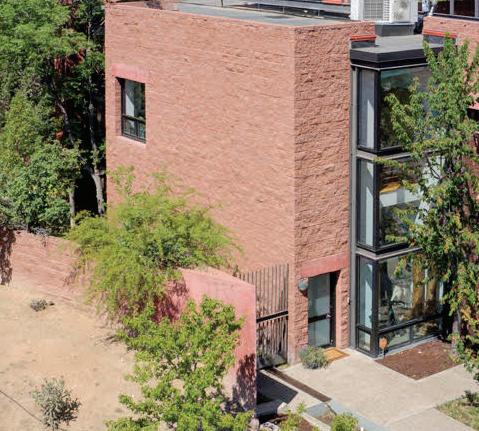










This architectural gem combines artistic vision with practical design, offering tranquil luxury in Altura Park. The home is surprisingly functional for busy professionals wanting a secure, tranquil space with ample room for the kids. The exceptional home features entrepreneurial workspaces for meetings or homework, expansive windows that allow for tons of natural light, and an open-concept kitchen and living area with custom built-ins and stunning minimalist cabinetry designed for both form and function. A secluded courtyard offers seamless indoor-outdoor living. Experience a sophisticated sanctuary that perfectly blends contemporary luxury with urban convenience.
4218 Sunningdale Ave. NE
Listing Price: $1,000,000 Adrian Montgomery Coldwell Banker Legacy 505-221-5159, adrianswrealtor.com



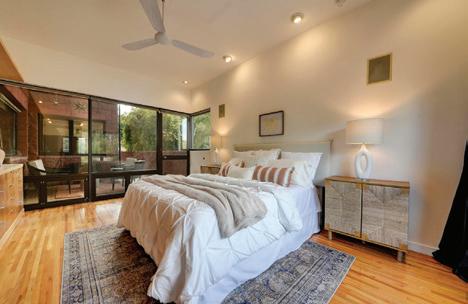
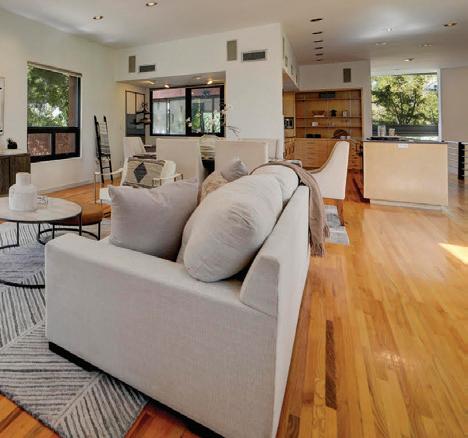



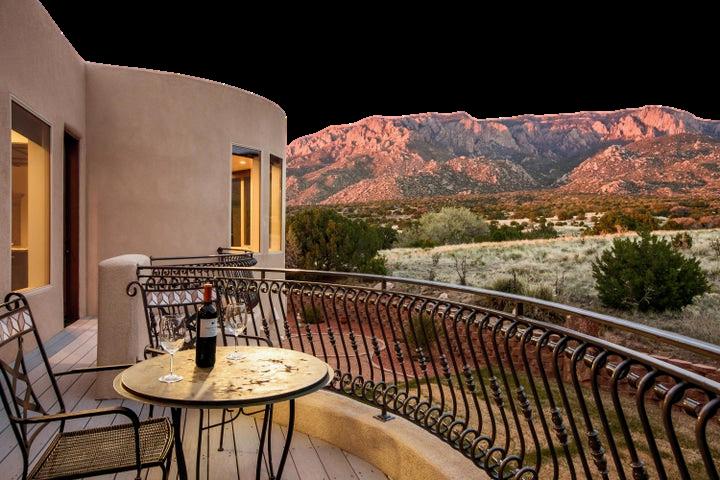
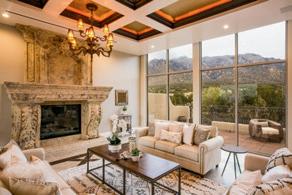
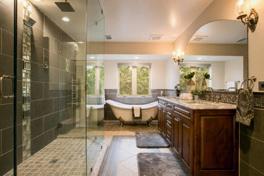

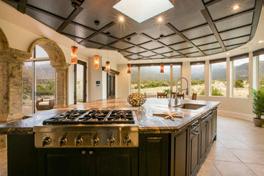













by Kate Jonuska

an HGTV star and her family make a cross-country move from LA to a farmhouse
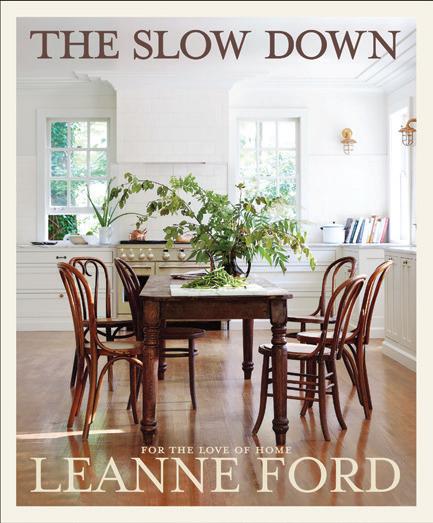
LEANNE FORD and her young family moved from Los Angeles to a historic farmhouse and estate in Pennsylvania on a quest to slow down and spread out. Their new lifestyle is lovingly documented in the photos and ideas in “The Slow Down: For the Love of Home.”
Many HGTV viewers are familiar with Leanne and the Ford family on the screen. Still, readers of this new book get to dive into their personal lives as they made this larger house with a long history into a stylish space ideal for the slower life her family craved. Certainly, respecting a home more than a century old through a renovation required consideration and intention more than speed.
“Sometimes you just need to take the stand-back approach—the less we touch, the better,” Ford writes, explaining that rather than replacing the old, the new and the old can coexist.
“Mixing our life with the lives of those who have called this home before us. With history, and a future, and the NOW all mixing together,” she says. “Hence why I love old buildings. It’s the soul stew they naturally create.”
Like stew, Ford’s style, as shown in this photo-heavy book, is rich but rustic, elegant but not fussy, and primarily constructed in a palette of white on white.
“Nothing is safe from me and my can of white paint,” Ford jokes, but the artful layering of those whites with refinished original woodwork, terra cotta tile and other natural materials proves the concept sound.
Expect lots of inspirational catalog-ready photos—much of her new home’s furniture comes from Ford’s recently designed line for Crate & Barrel. However, the heartfelt advice and candid family pics, many taken by a toddler, found inside “The Slow Down” create a design book with remarkably balanced substance and style.
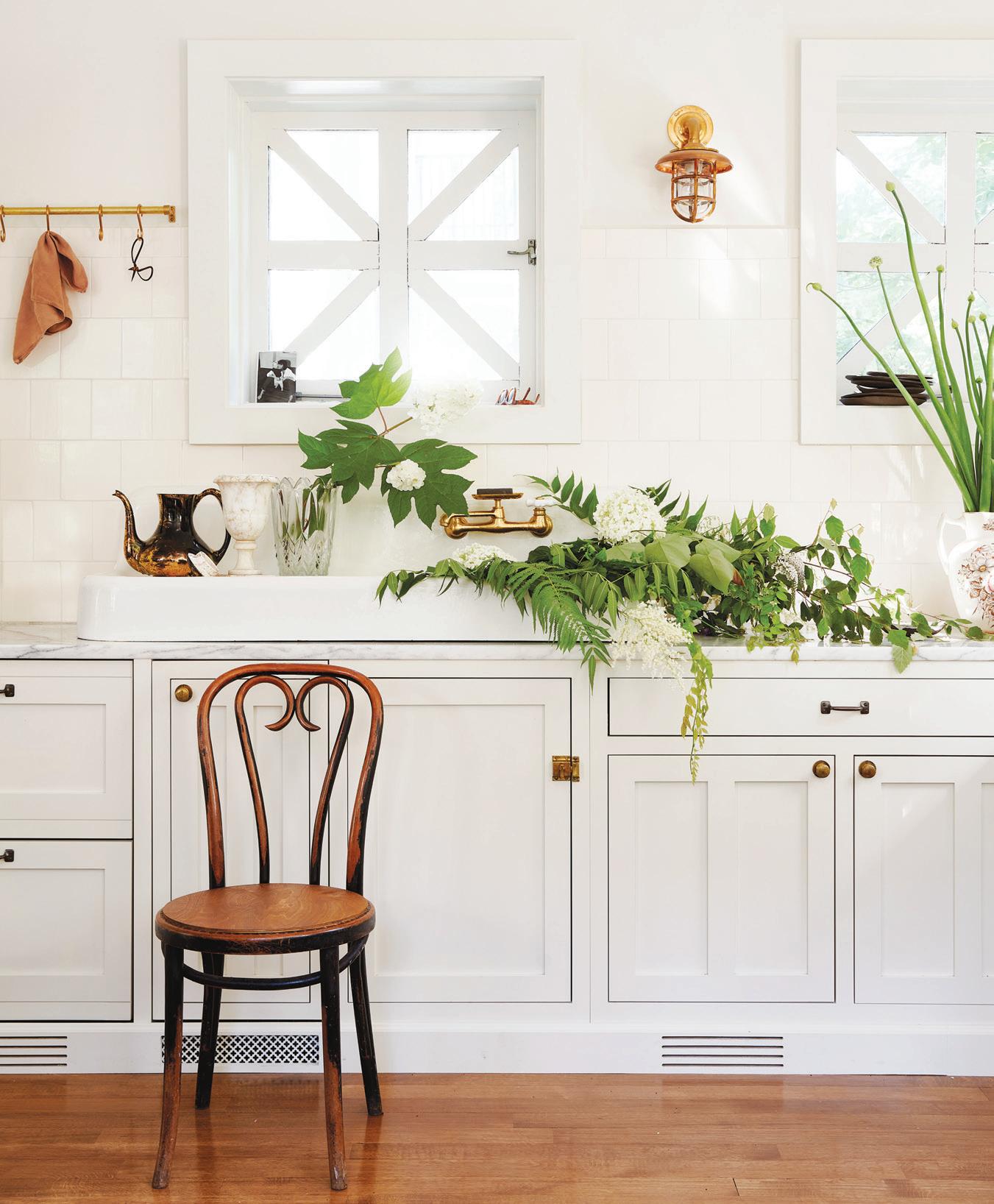
by Kate Jonuska
have a beautiful garden while saving our precious water resource

The Water-Smart Garden: Techniques and Strategies for Conserving, Capturing, and Efficiently Using Water in Today’s Climate... and Tomorrow’s by Noelle Johnson, published by and photography courtesy Cool Springs Press, paperback $29.
IF WATERING LAWNS and other outdoor plants accounts for 30 to 70 percent of the average American household’s water use, imagine how much water could be saved in a thirsty world if more homeowners shifted to water-conscious landscaping. In her new book, “The Water-Smart Garden,” Noelle Johnson explains the need for such a shift persuasively and lays out accessible steps for anyone—in any climate—to become more water-smart.
“Imagine a garden that thrives with less water, adds beauty, and thrives in your
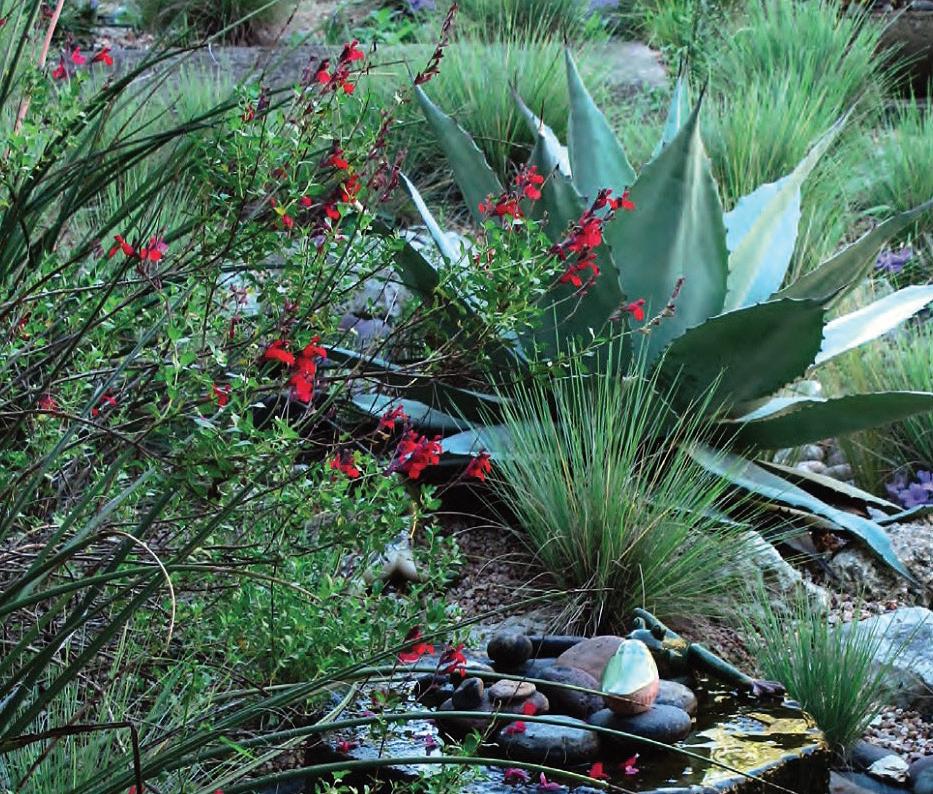
outdoor space,” Johnson writes, convincingly explaining, “You don’t need to sacrifice beauty for water efficiency—you can have both.”
Indeed, the color and beauty of plants that don’t require a ton of water are on display throughout the book, though “The Water-Smart Garden” is a reference book and guide more than an art book meant for the coffee table. Full of lists, projects and wisdom, this book is geared toward people who like learning and getting their hands dirty.
Especially inspirational are the hands-on experiments to explore and understand your particular soil, activities such as charting sun exposures, watching where rain pools or streams, and the soil texture jar test. That information is key when deciding if and where to implement solutions like soil amendments, active or passive rainwater collection, and shade or windbreaks.
In these pages, expect new solutions to water challenges like poly tubing and drip tape for evaporation-free watering, but also a celebration of humanity’s past water-saving ideas, like buried clay ollas that have served a similar purpose for centuries. Johnson believes both the old and new ways will be necessary as our climate changes—and not just in currently arid zones.
“The incidence of drought is increasing worldwide and isn’t just restricted to dry climate regions,” she writes, adding, “Whether you live in a region where water is scarce or where rainfall supplies most of your water needs, our overuse of water invites us to reexamine our relationship with water and not take it for granted.”

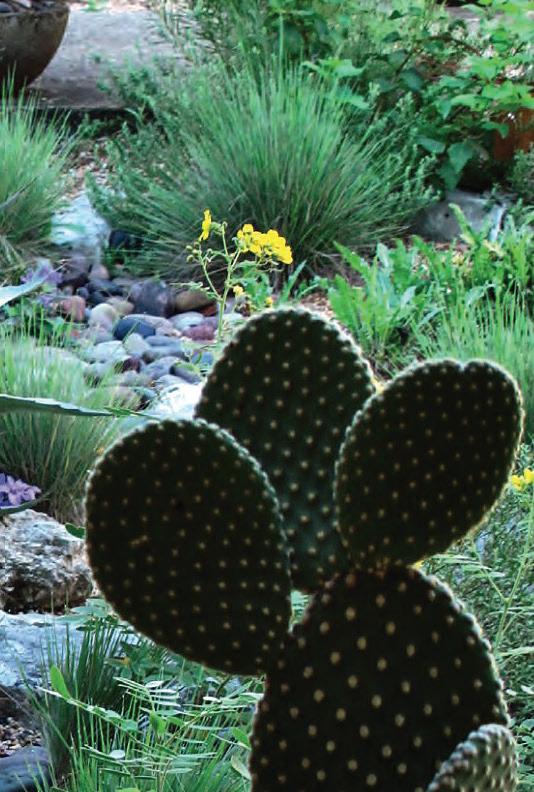
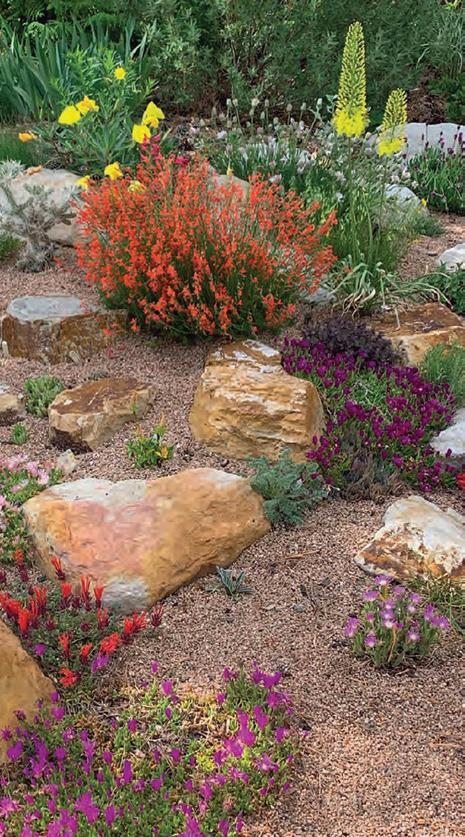
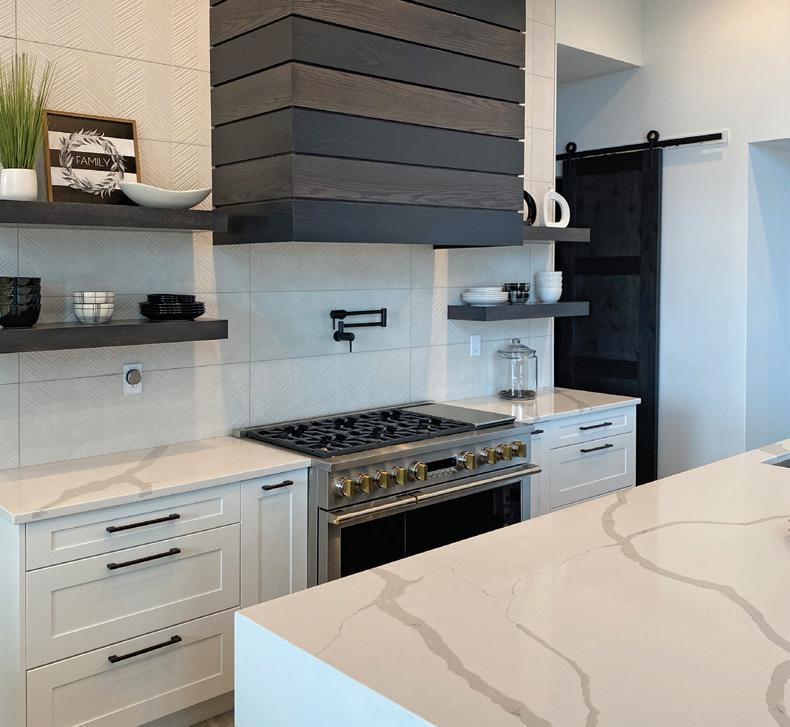

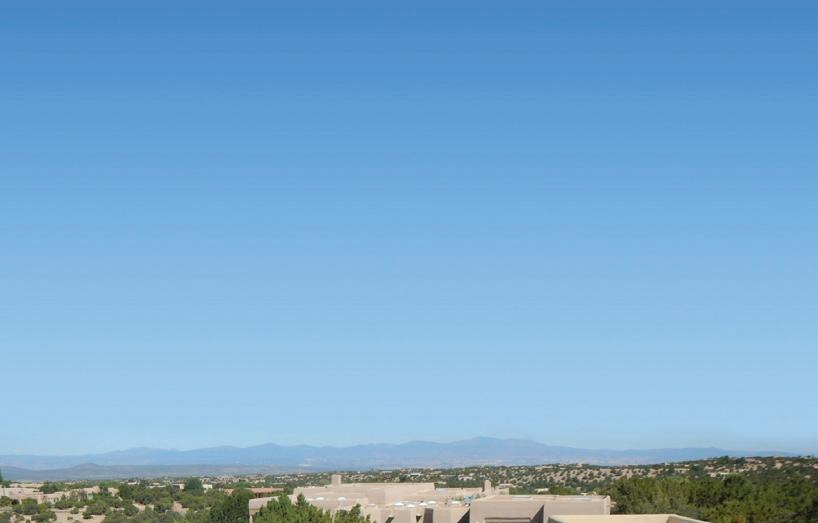




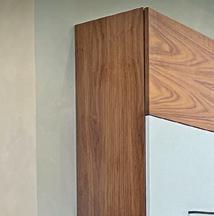
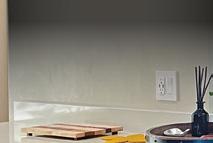
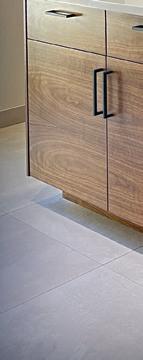

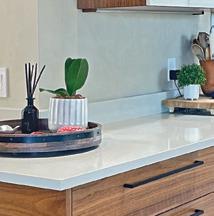
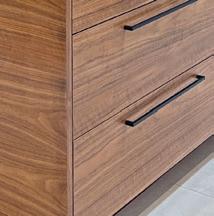

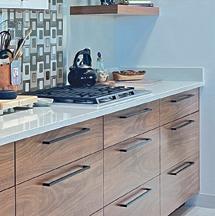


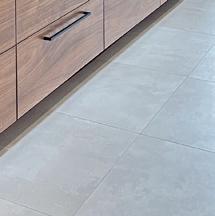


David Muñoz

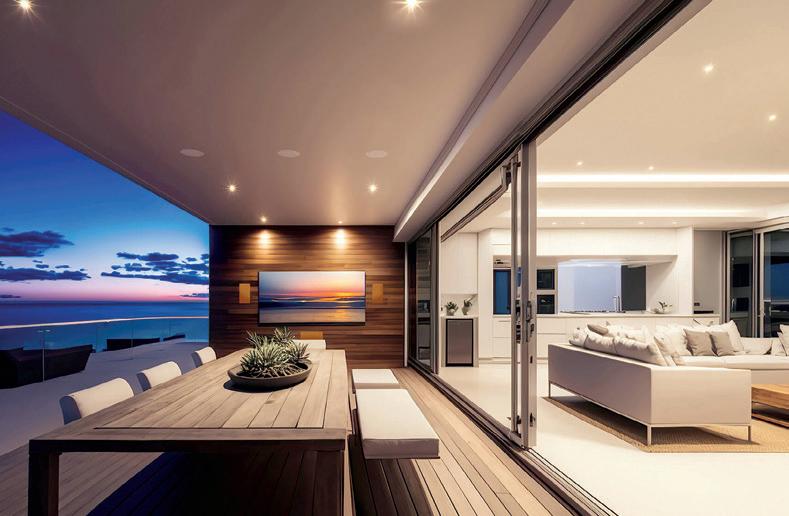
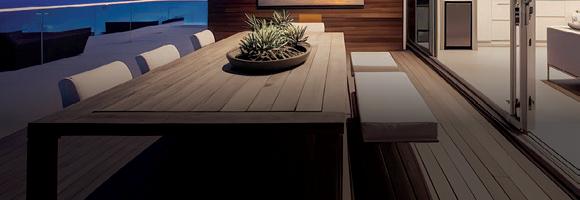



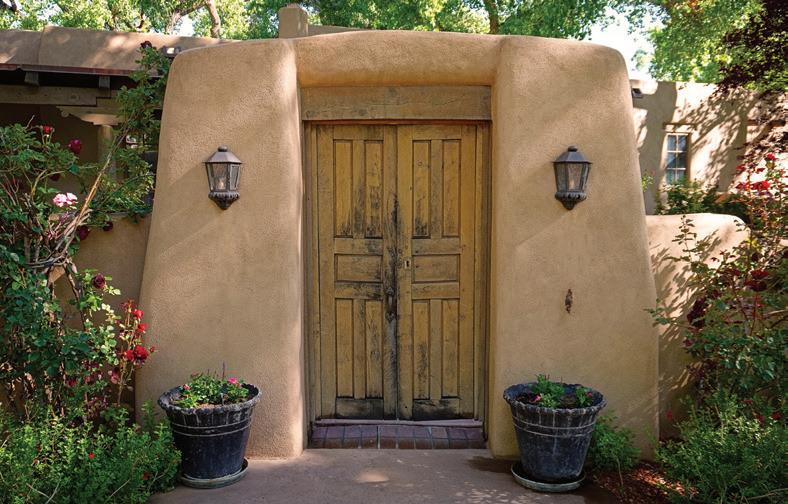
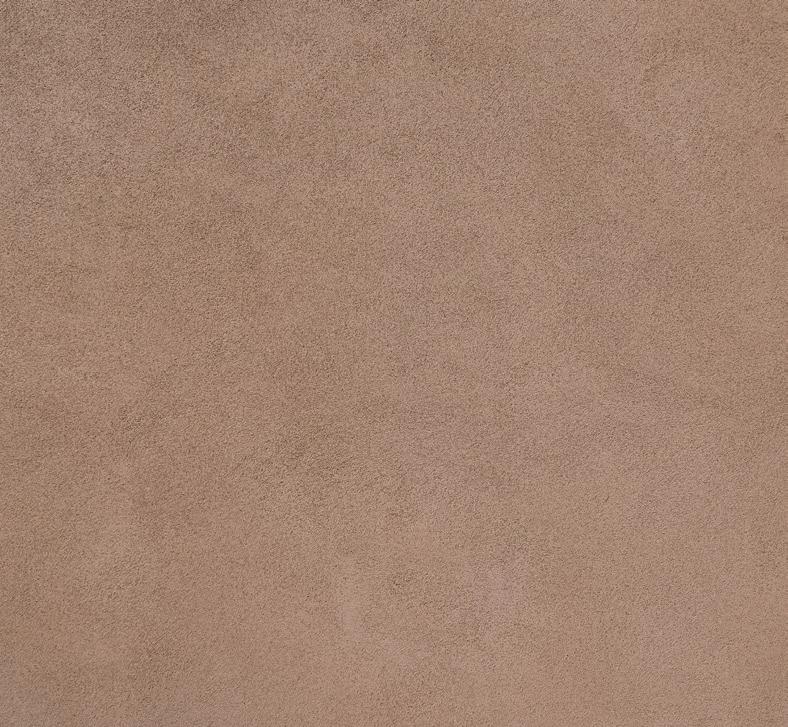









photograph by Katie Johnson

Imagine taking in a warm sunset from the comfort of a backyard swing—its wooden seat worn smooth over time, rope creaking ever so slightly as you sway. This swing—just wood and rope—offers more than a seat. It provides a pause. A place to breathe deeply. A perch for watching the world. It’s not just for children. Here, it’s a quiet retreat for anyone who understands the value of tranquility. It adds levity to your space, yes, but not in a childish way—in a refined, understated manner, a nod to childhood without becoming sentimental. It belongs just as much under a portal, beside a garden path or under the limbs of a sprawling tree, inviting you—child or adult—to sit for a moment and let the rhythm of gentle motion remind you of the simple joys in life.



BUILT FOR THE WAY YOU LIVE.
